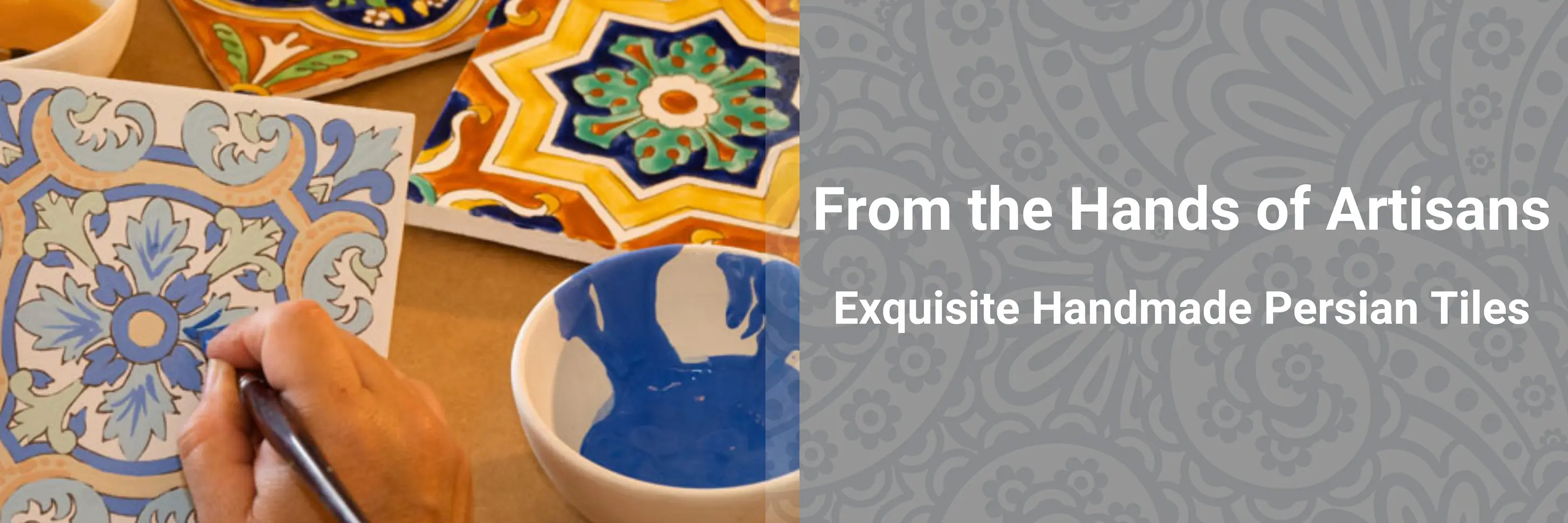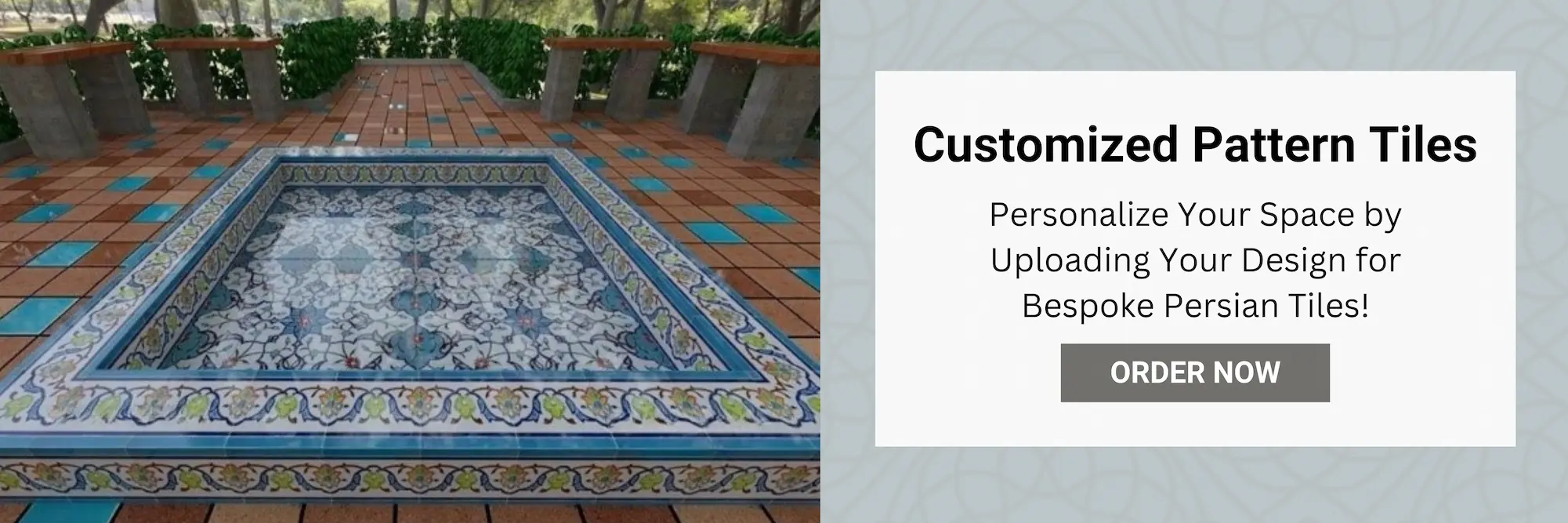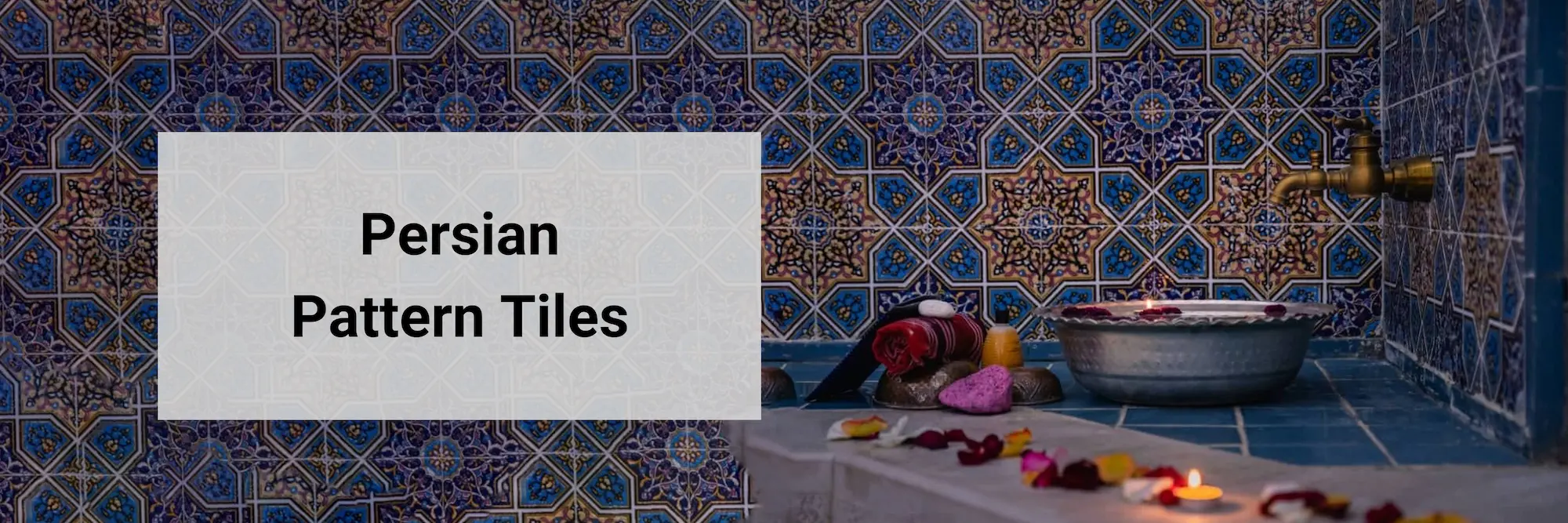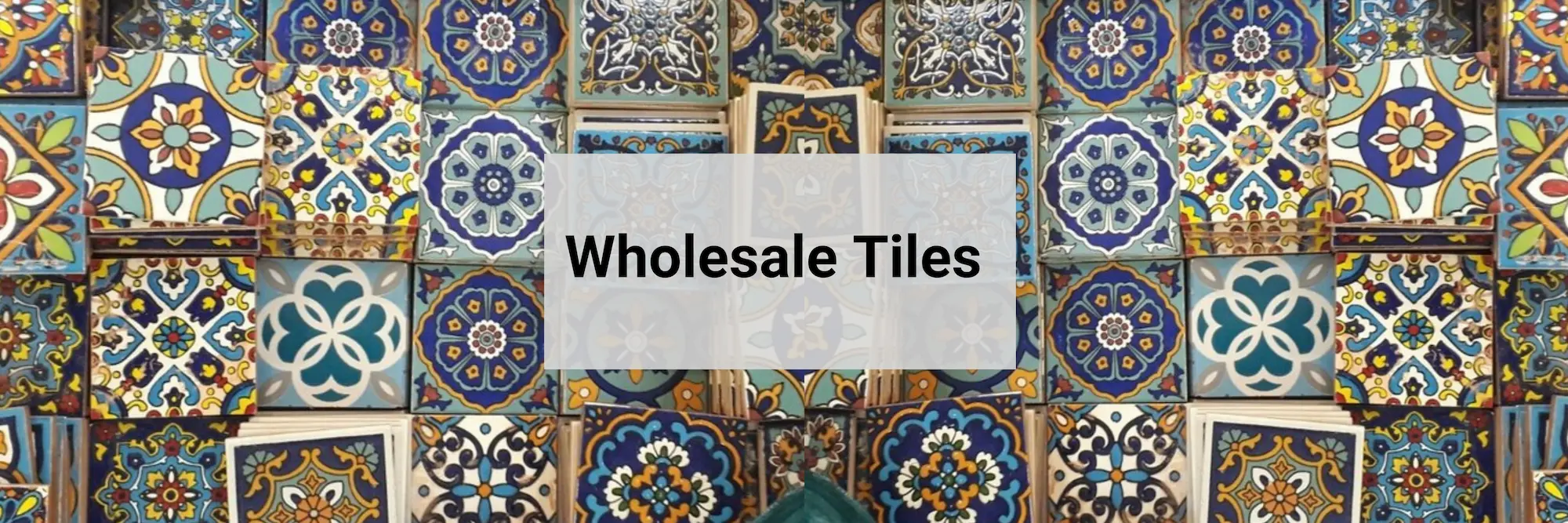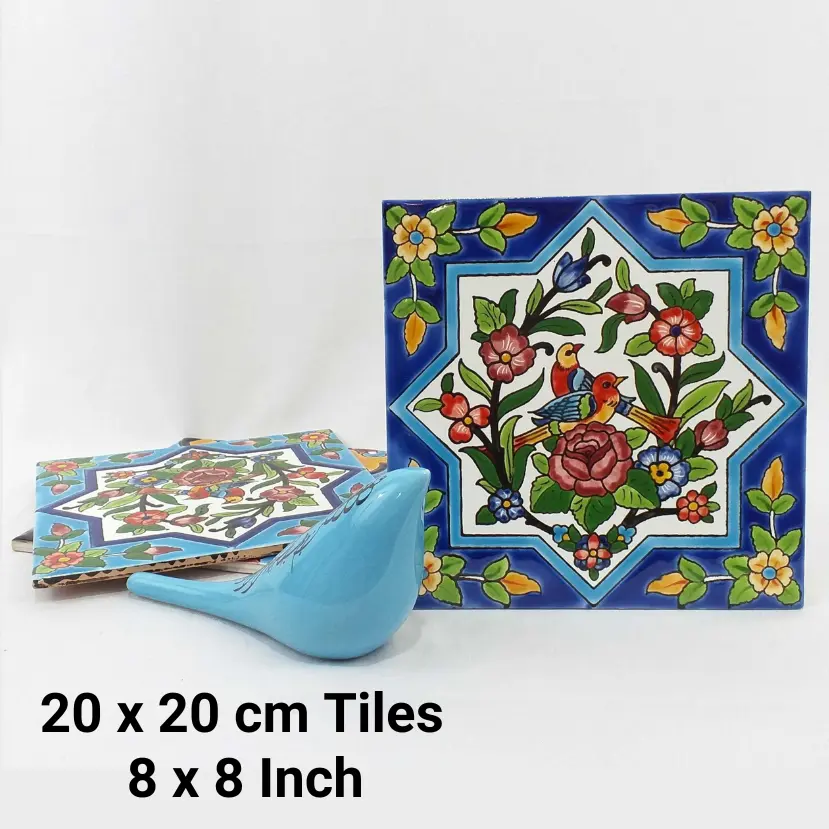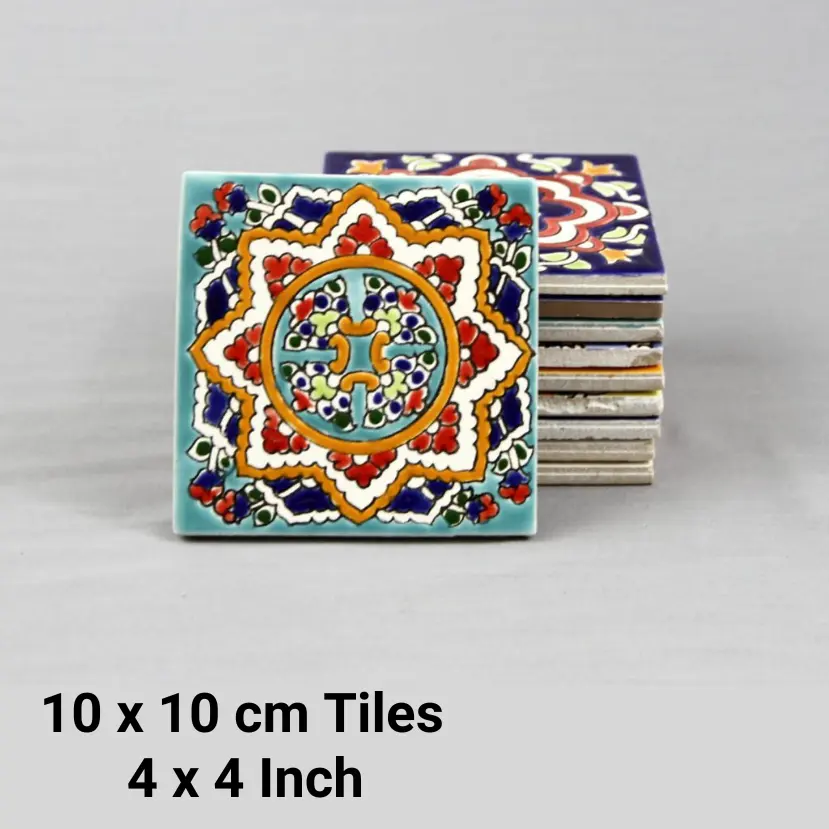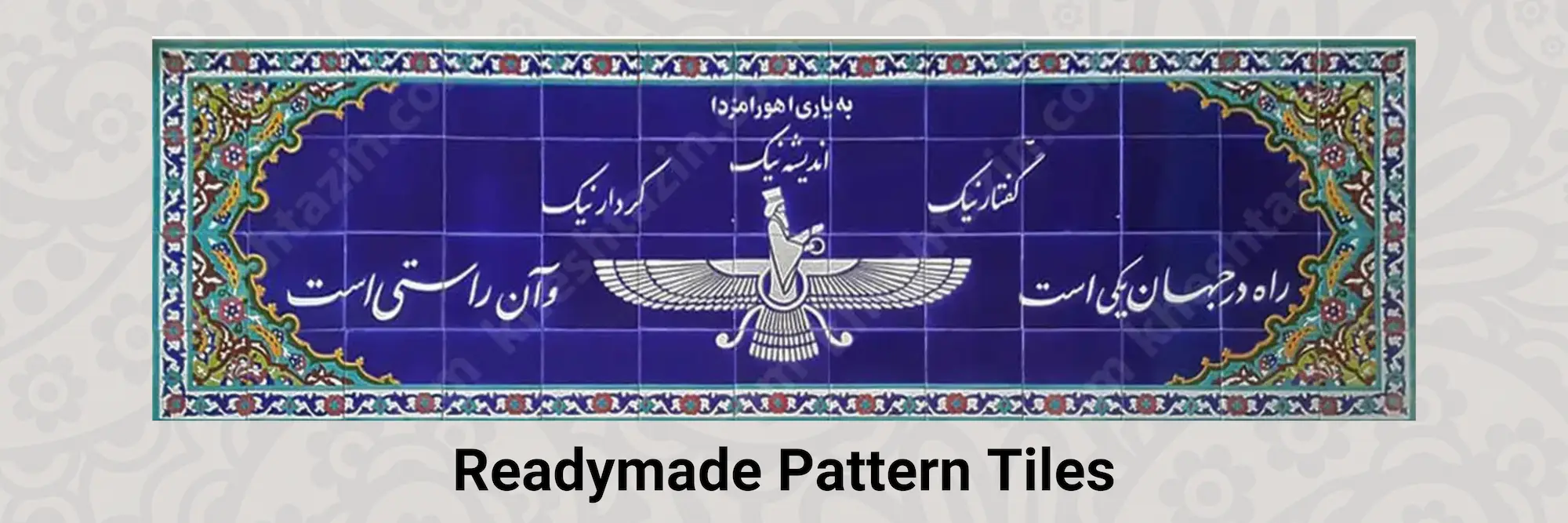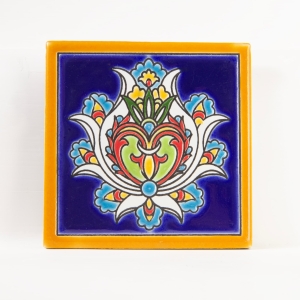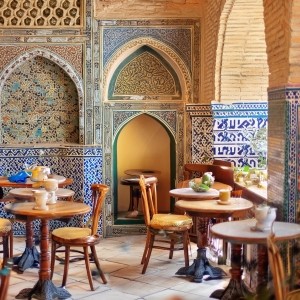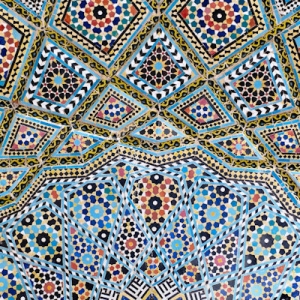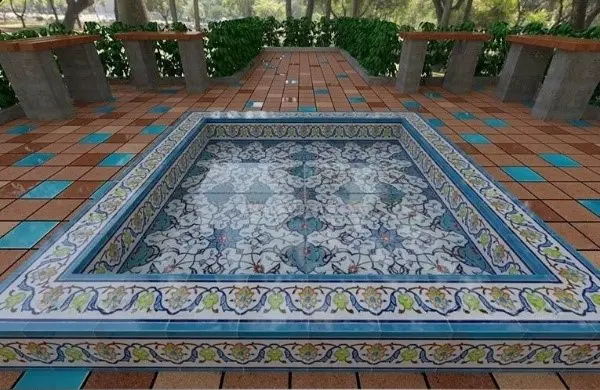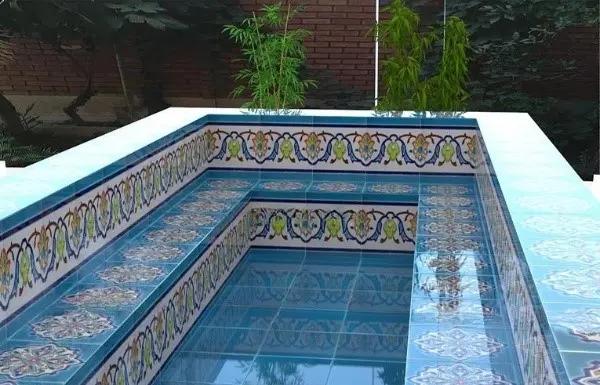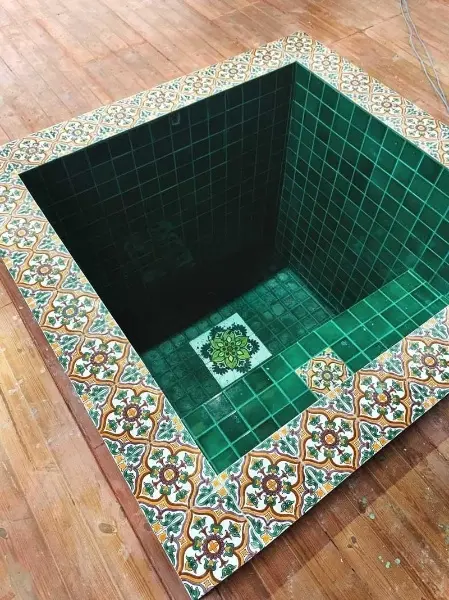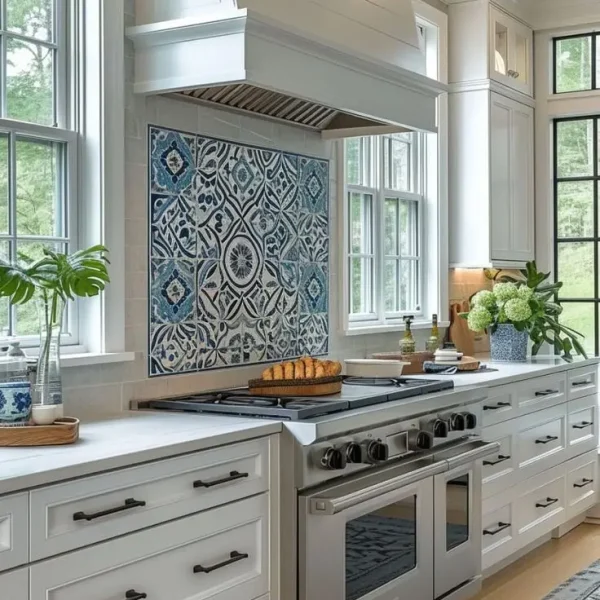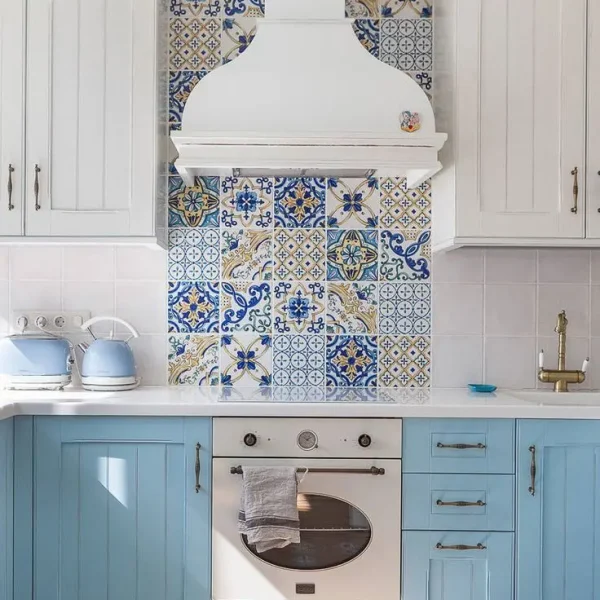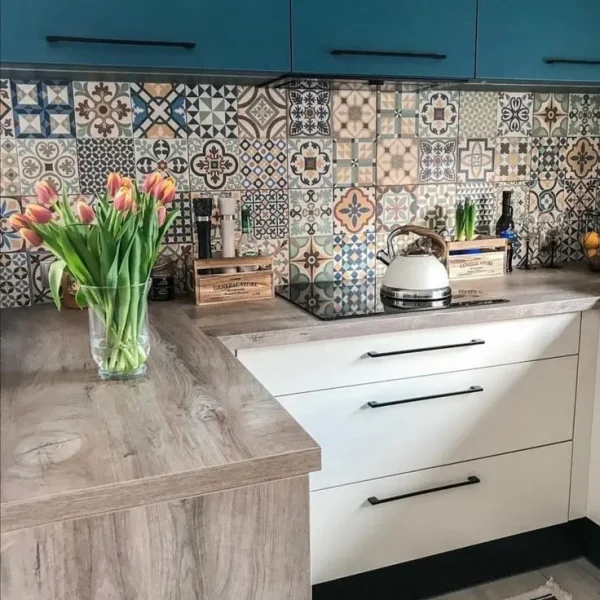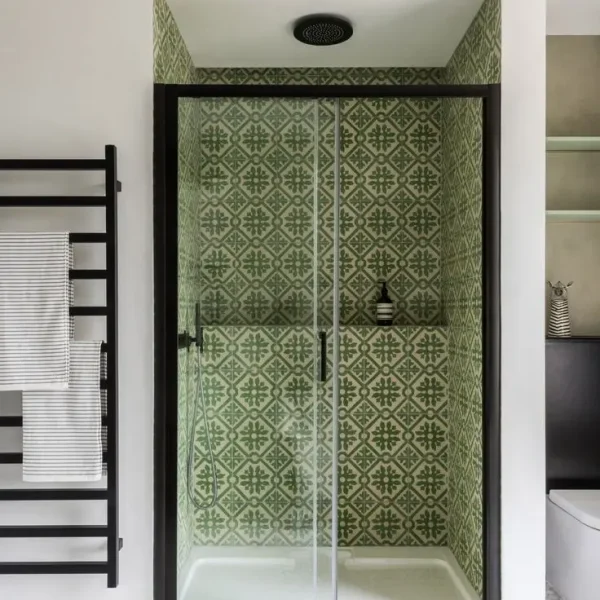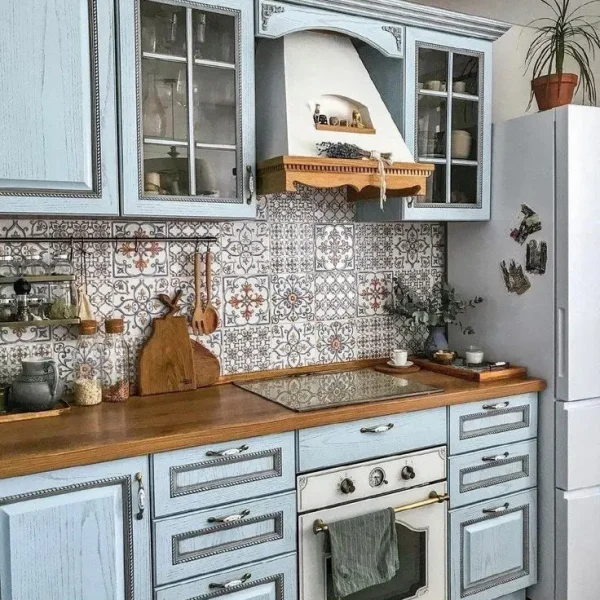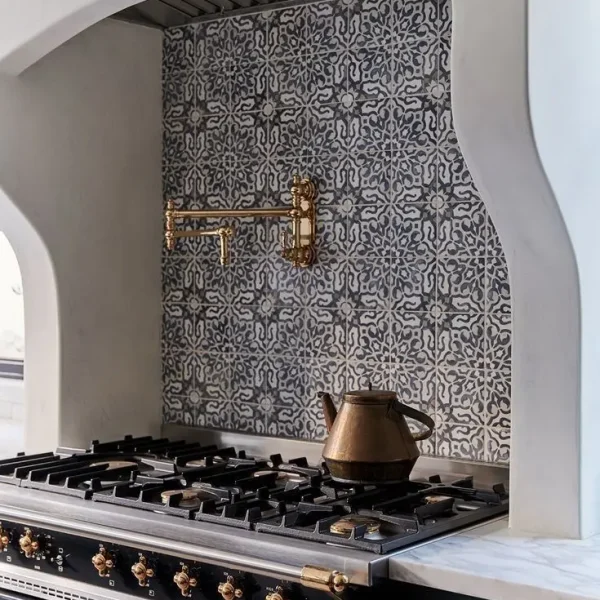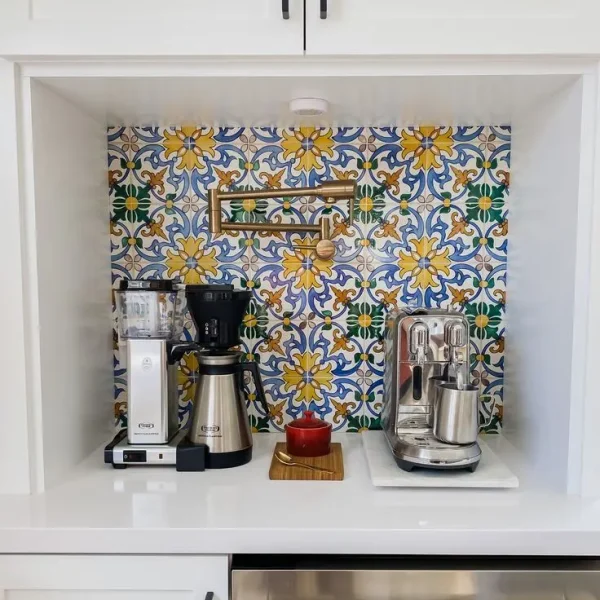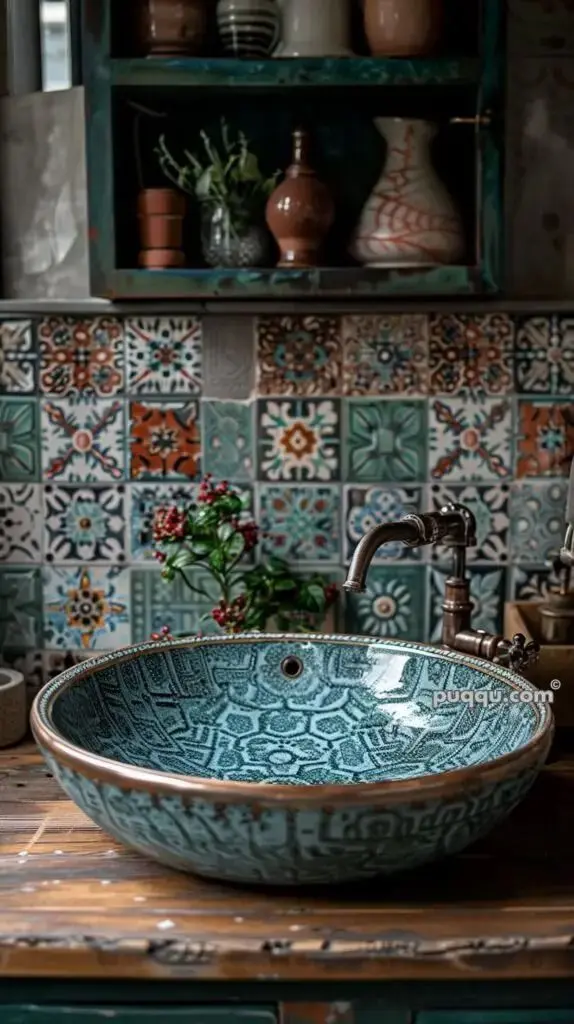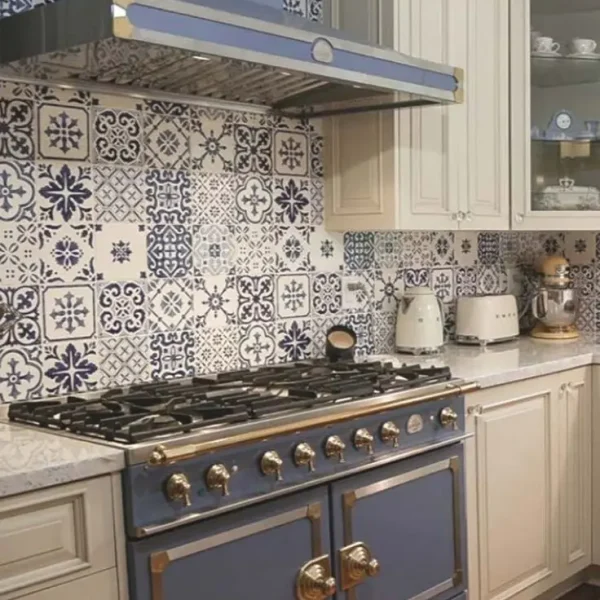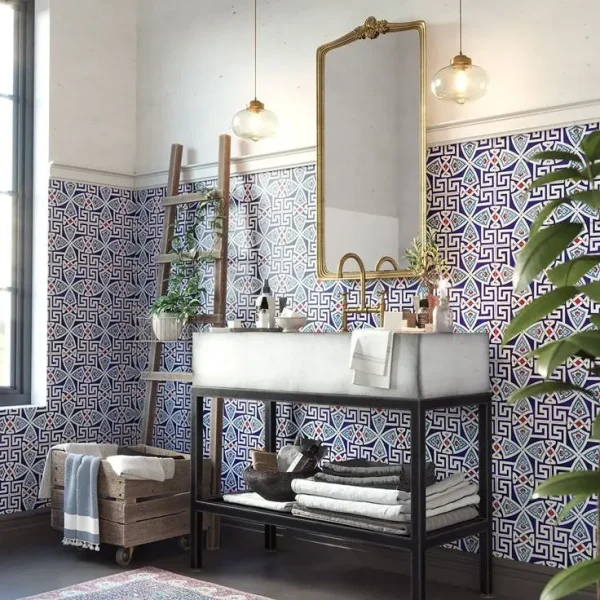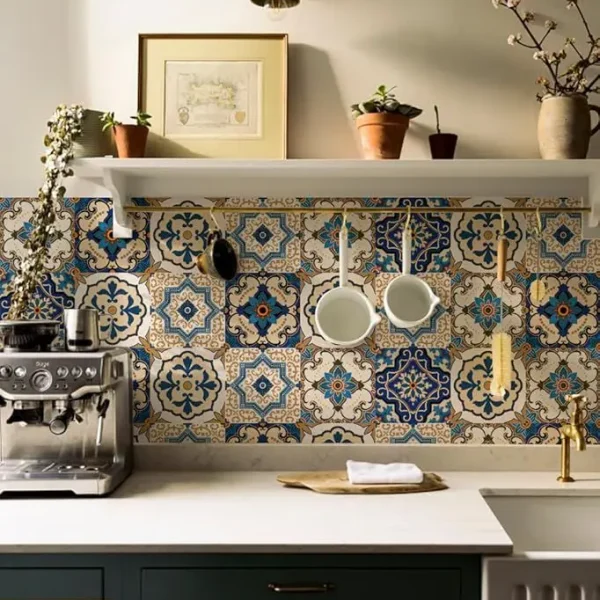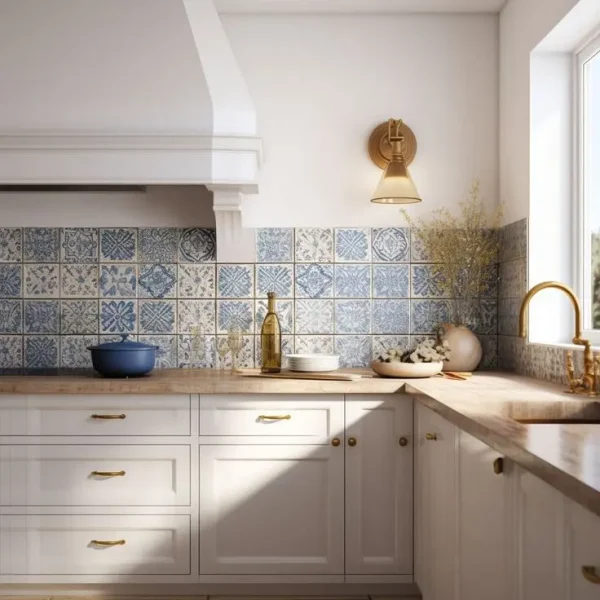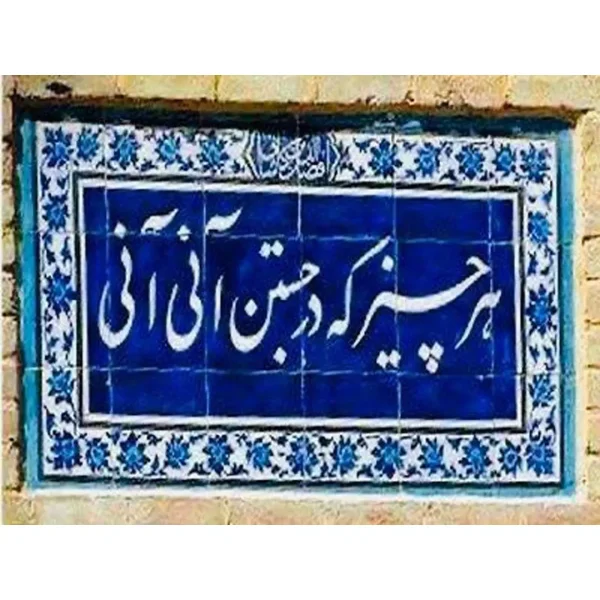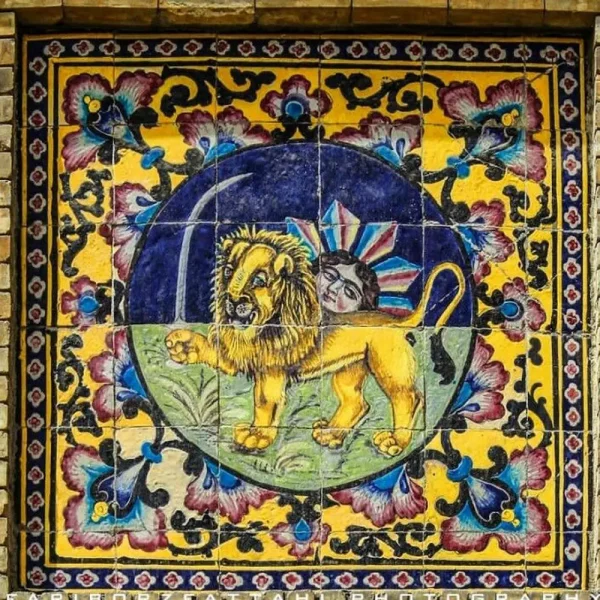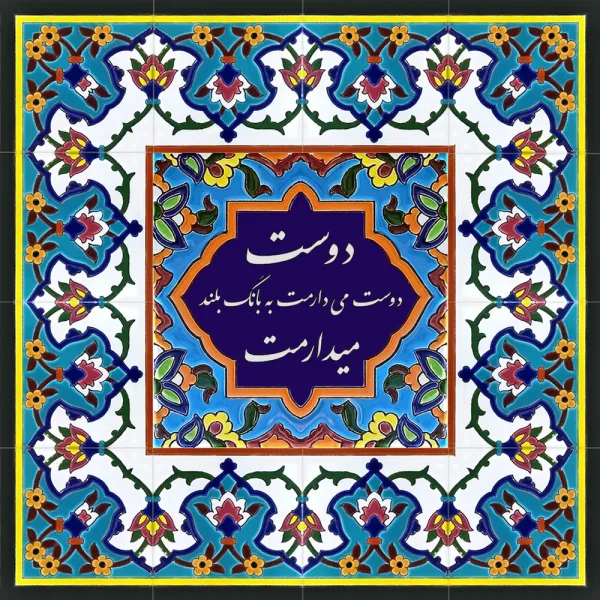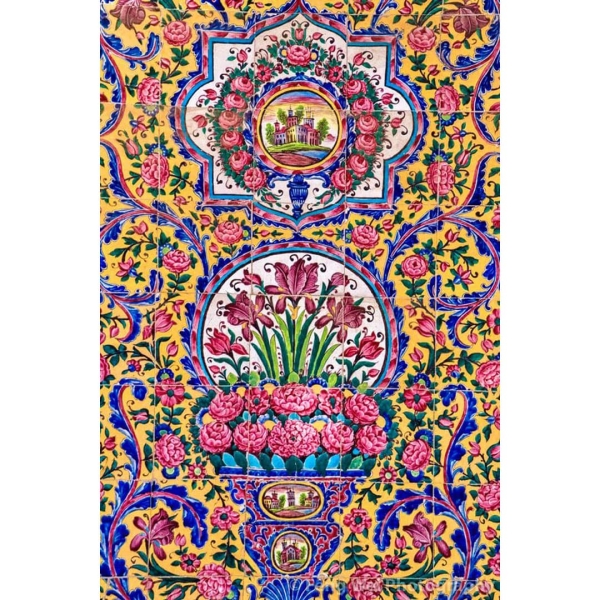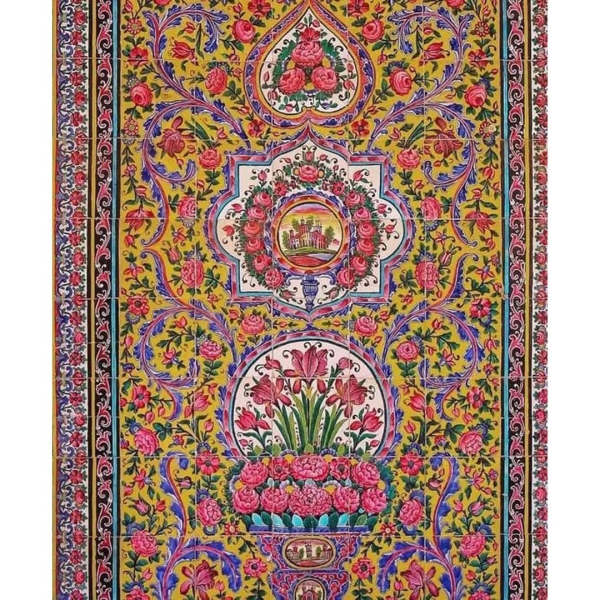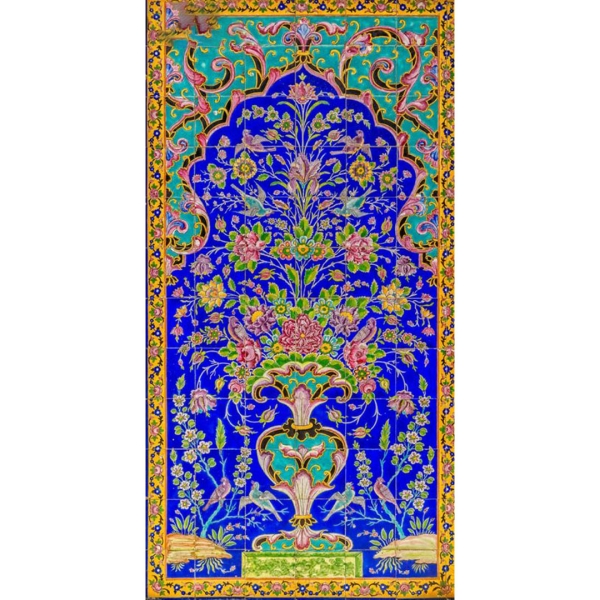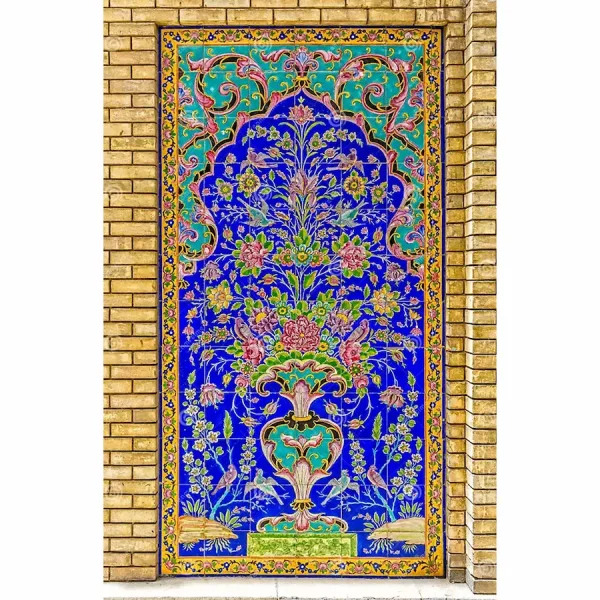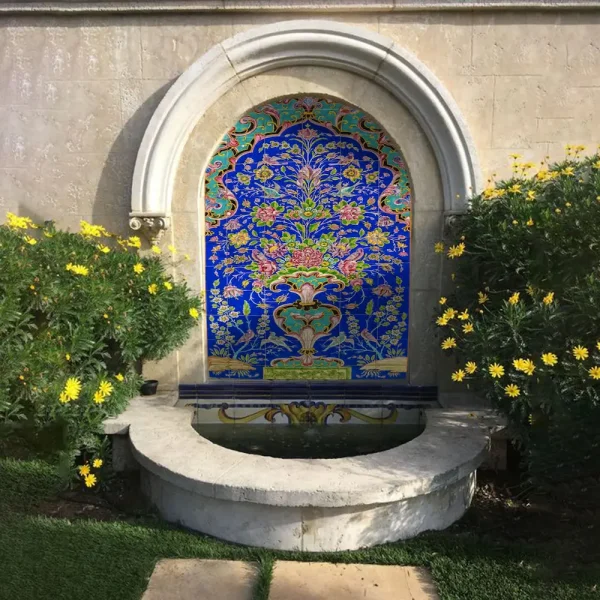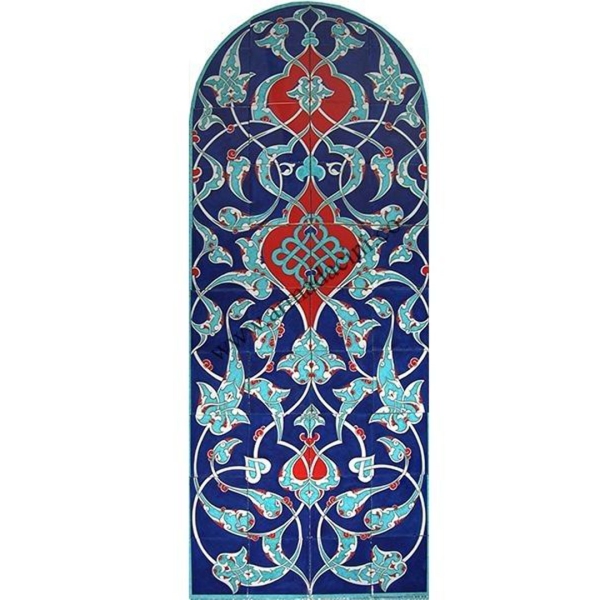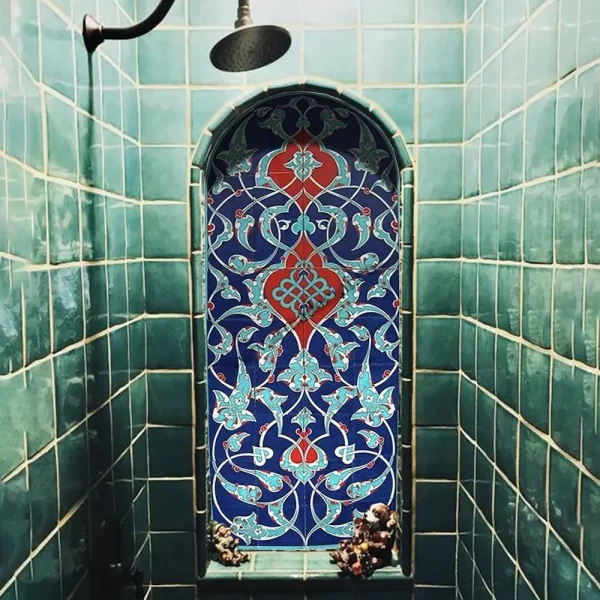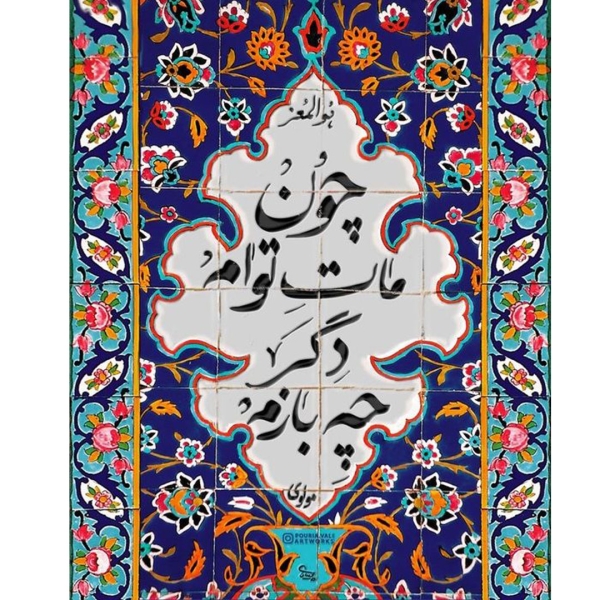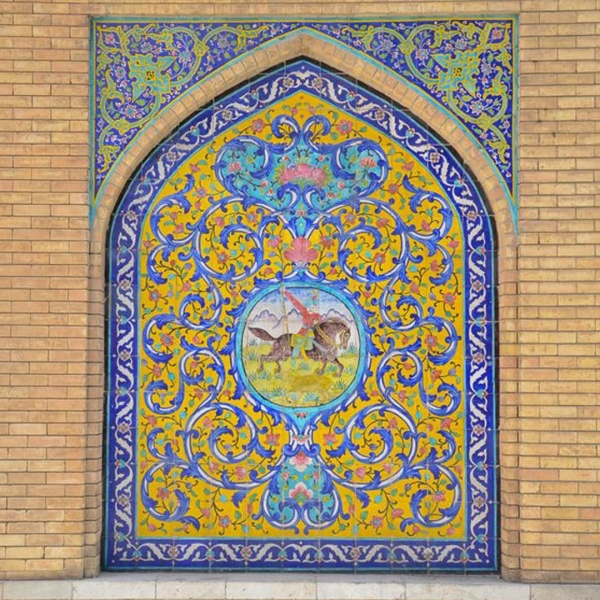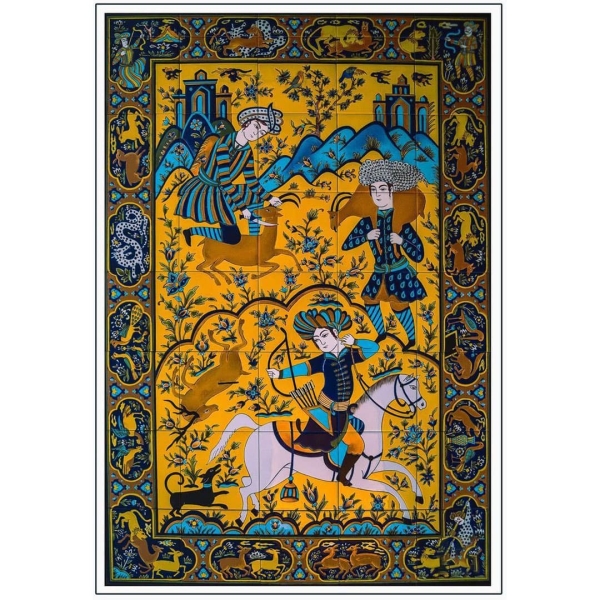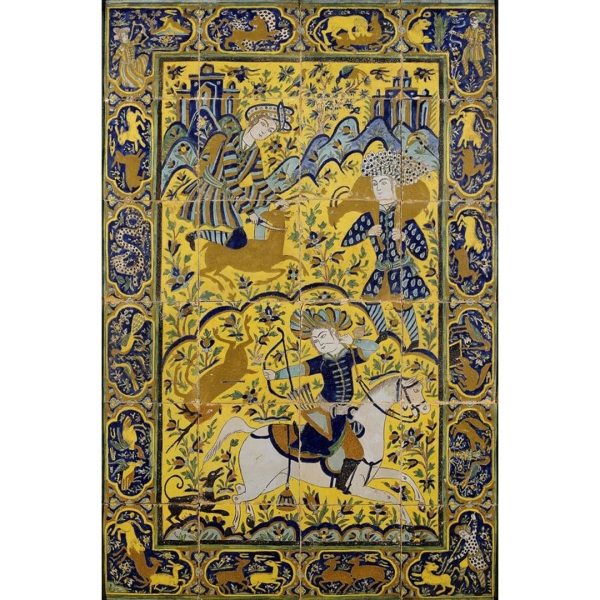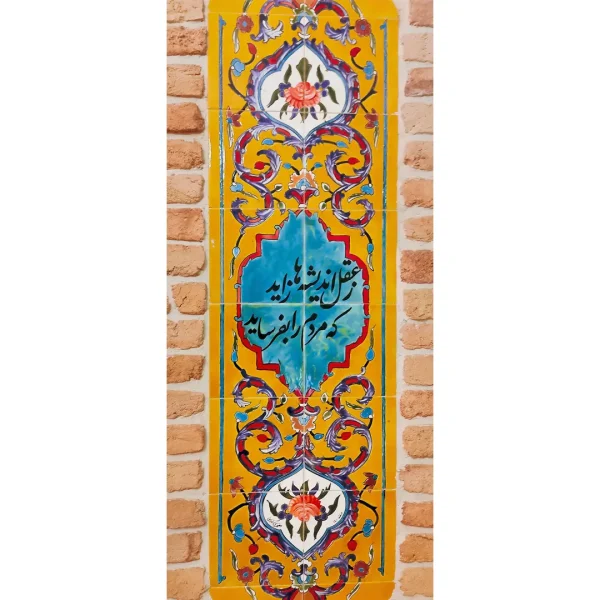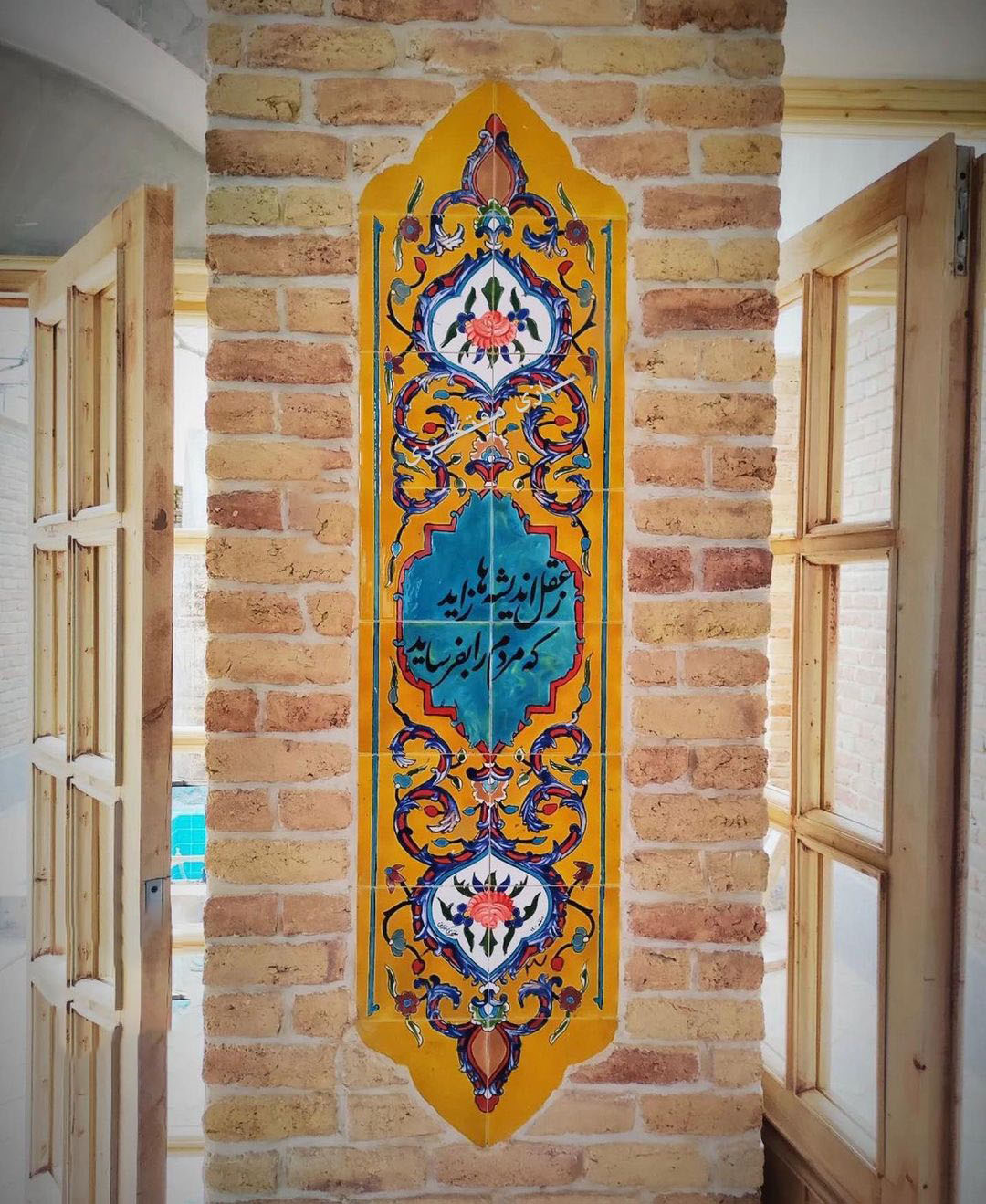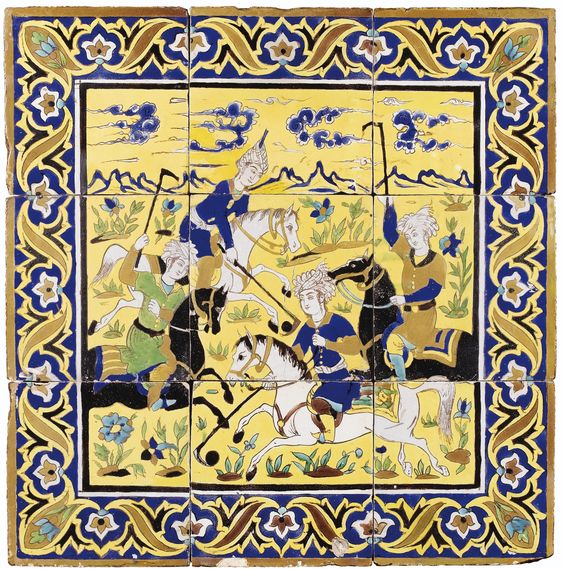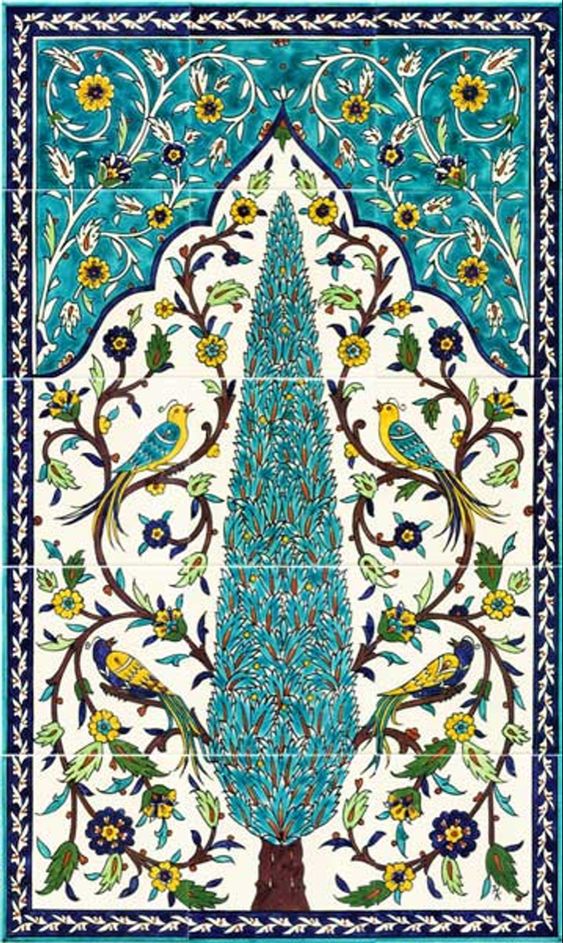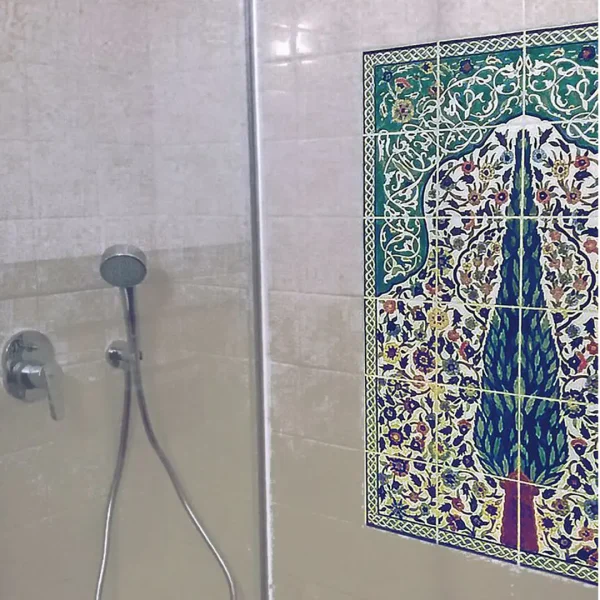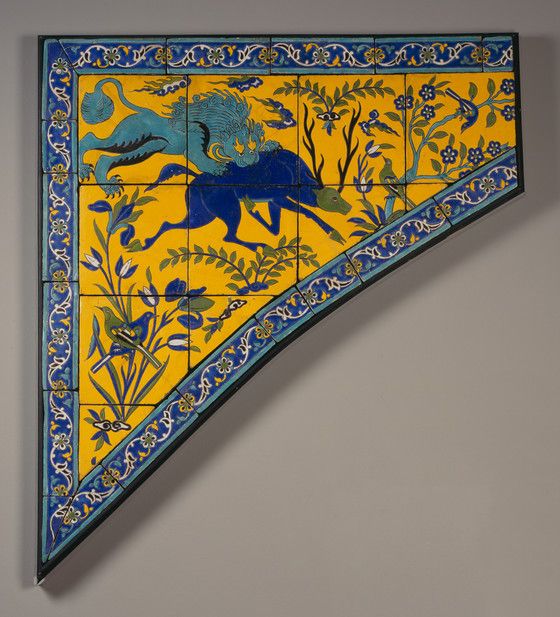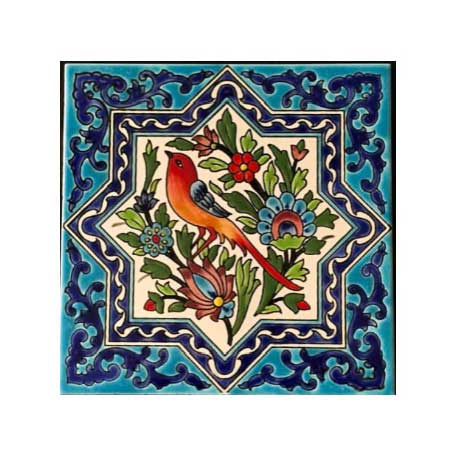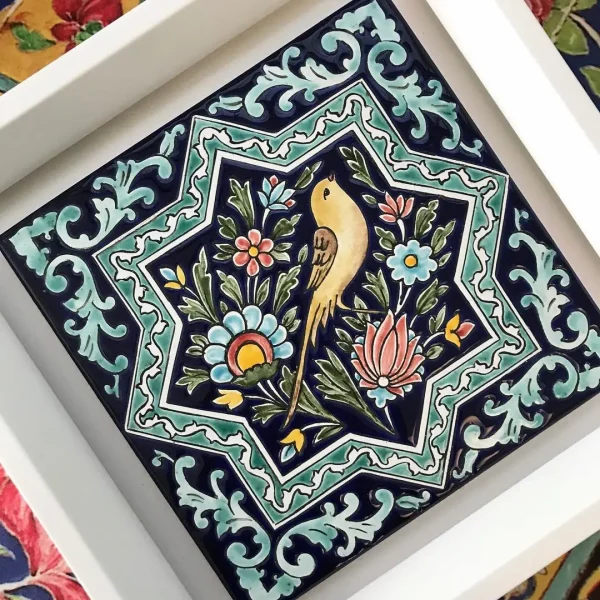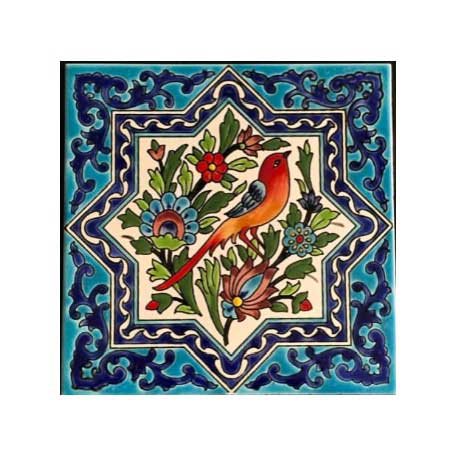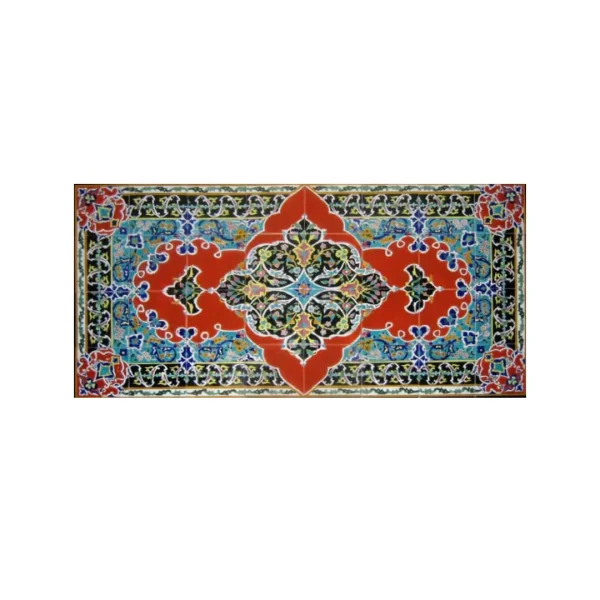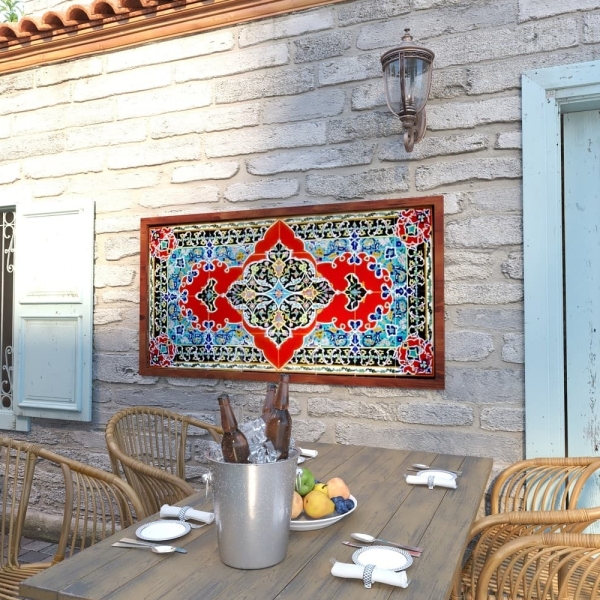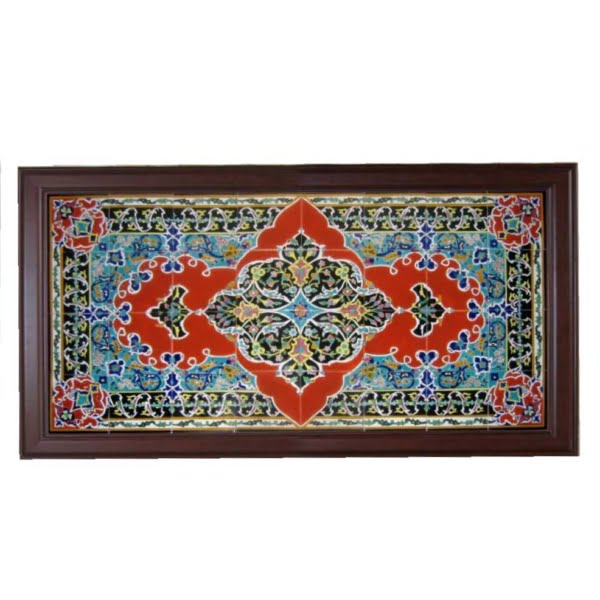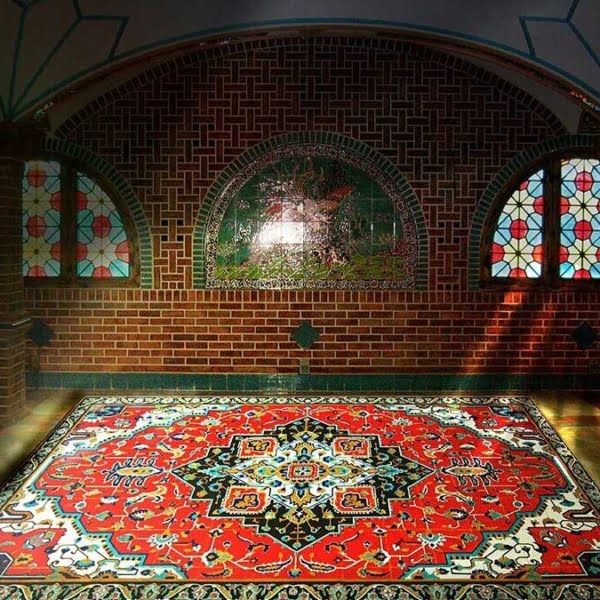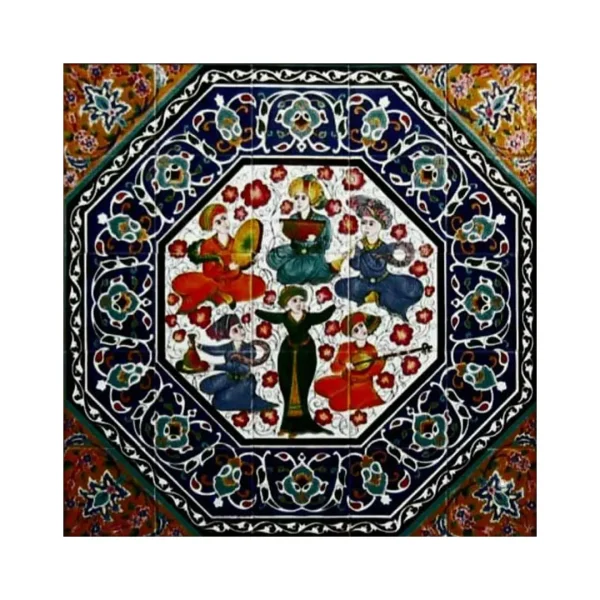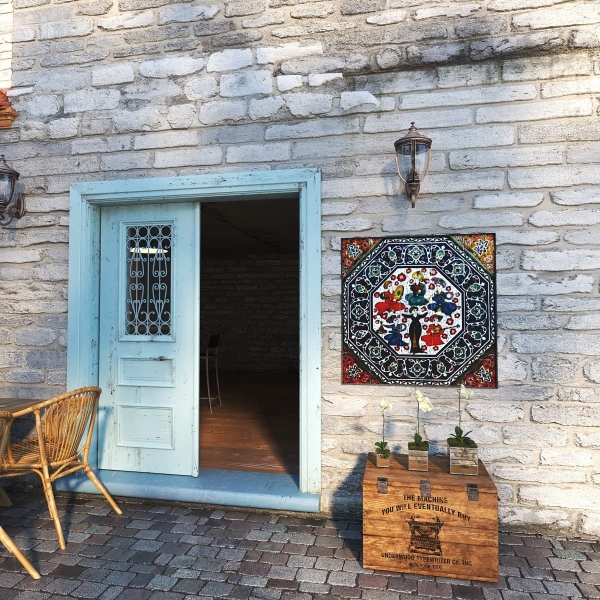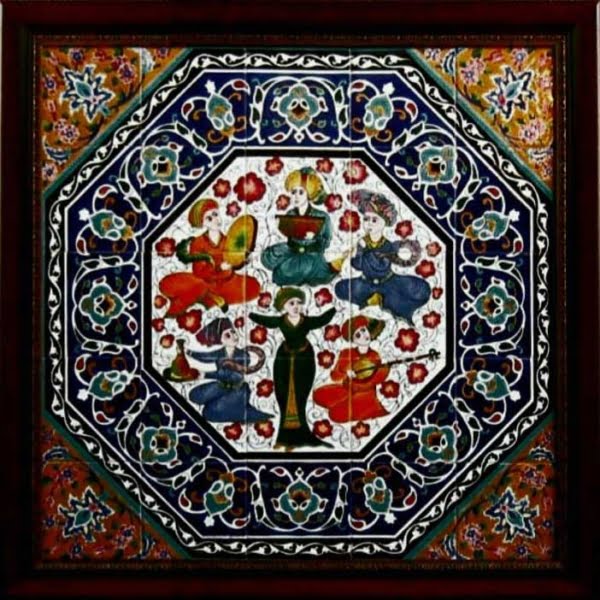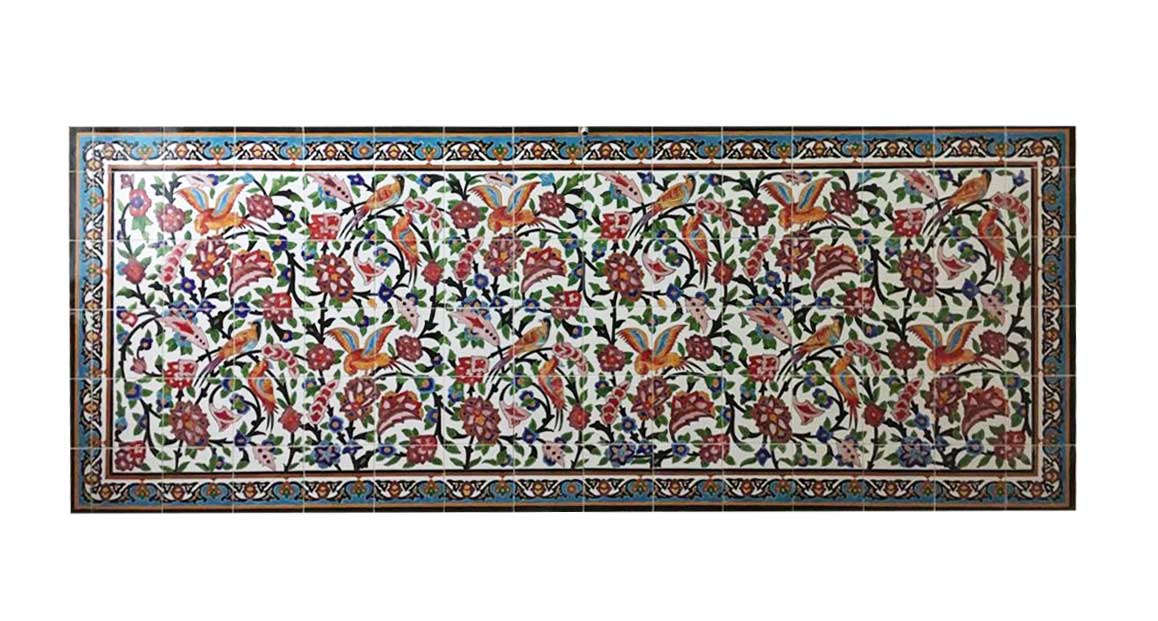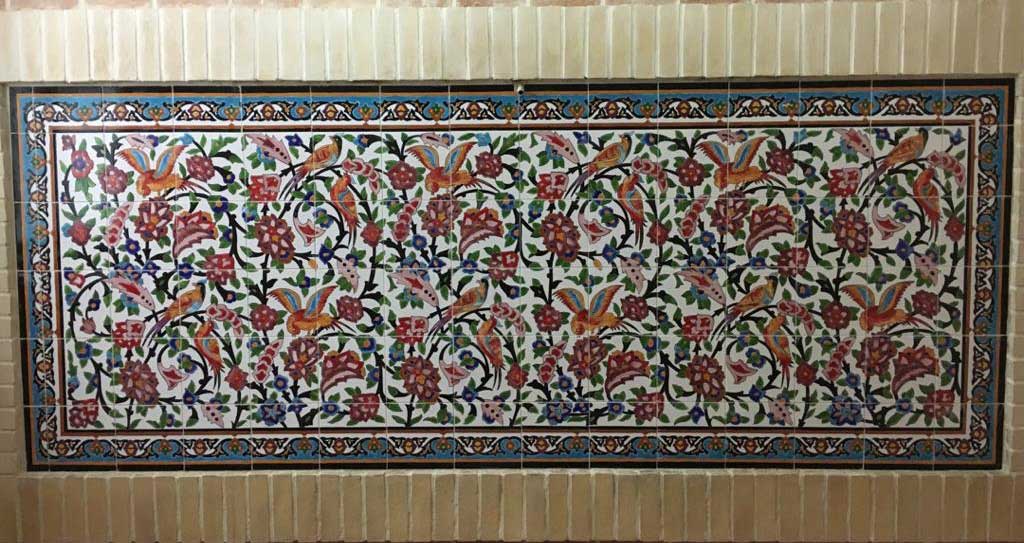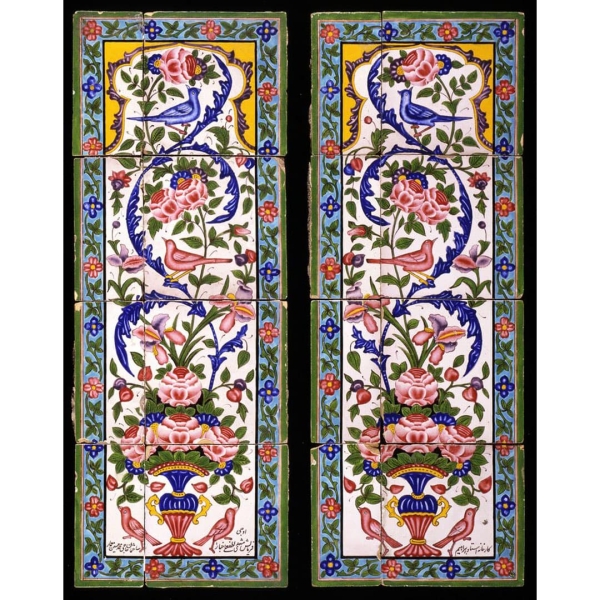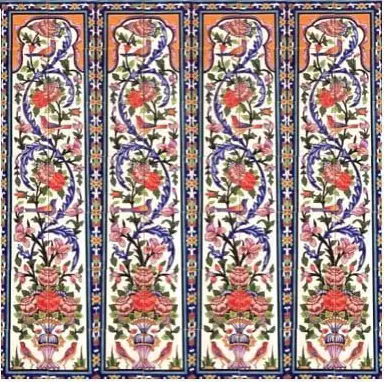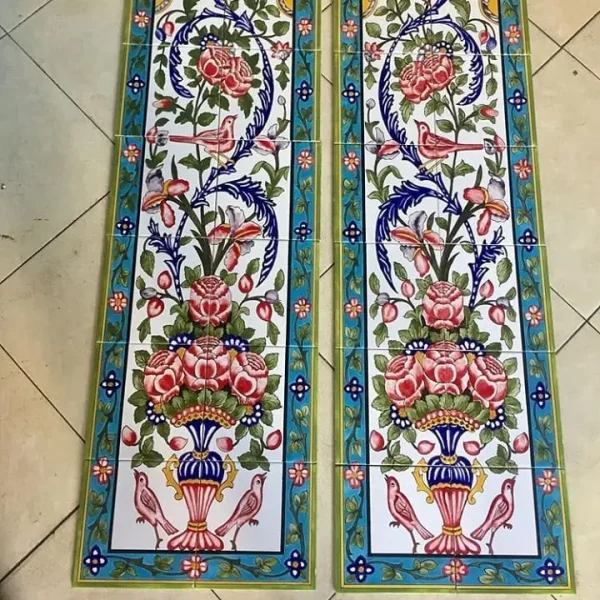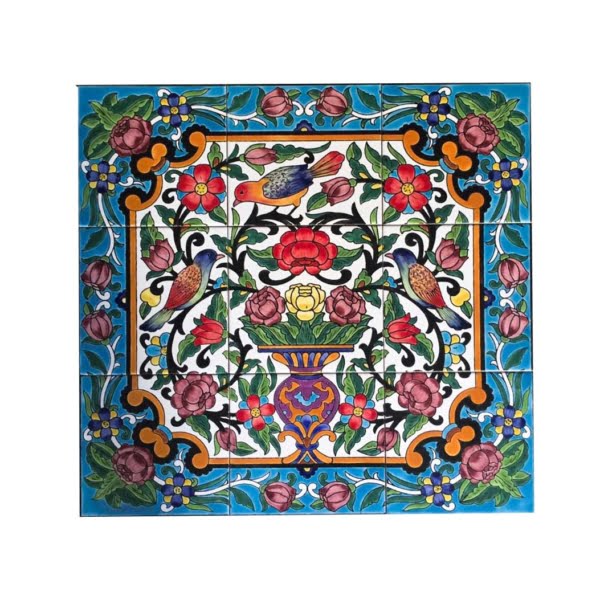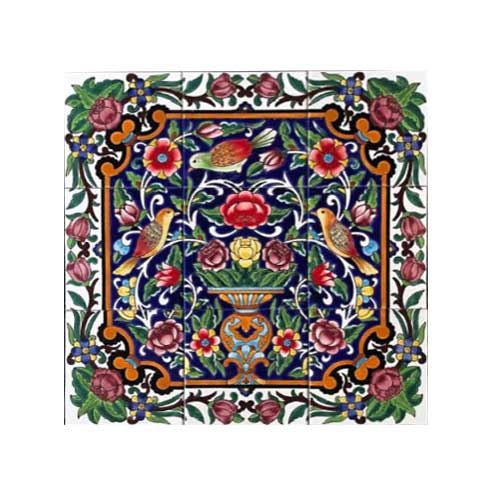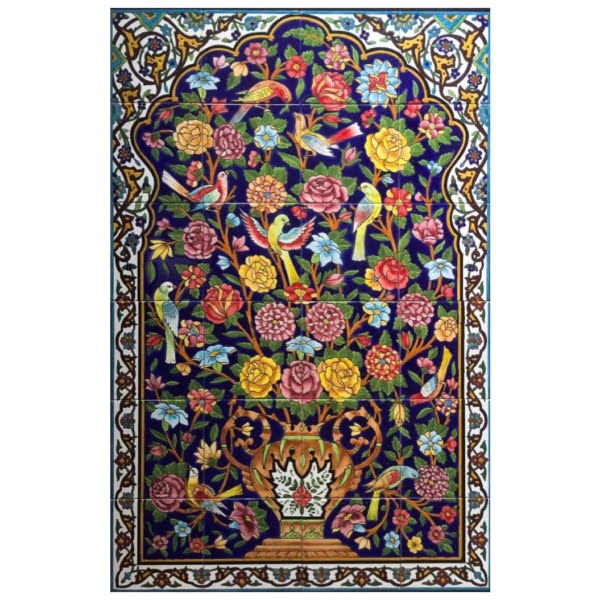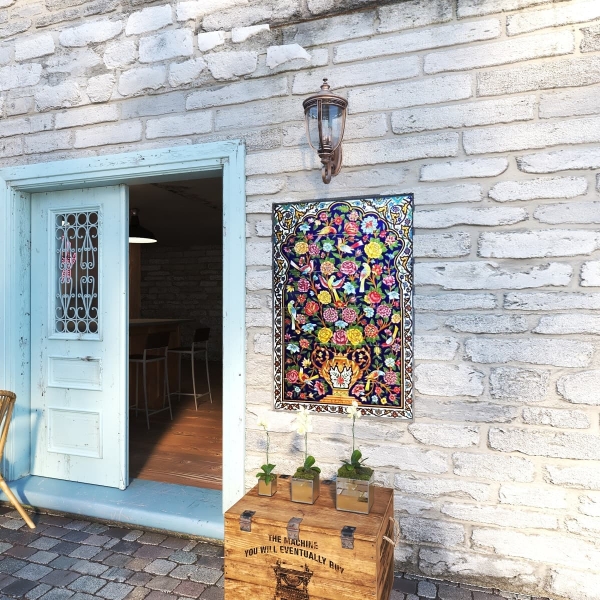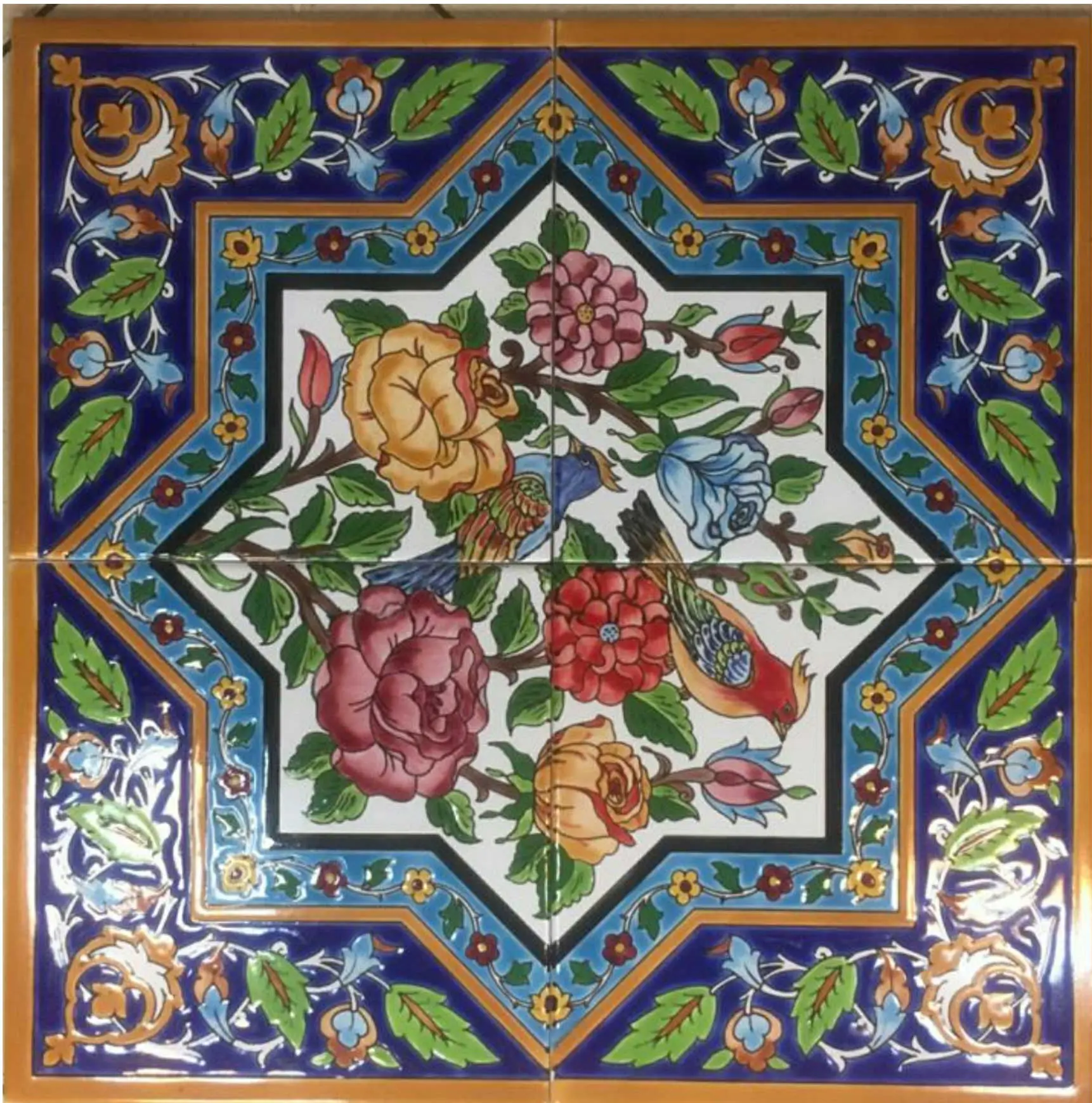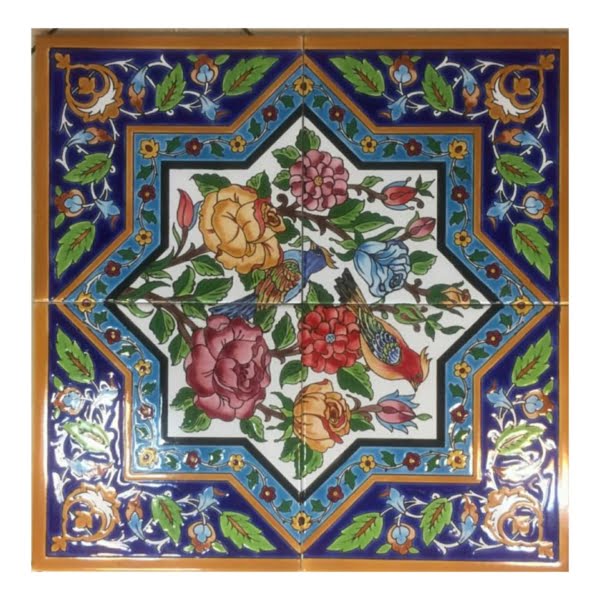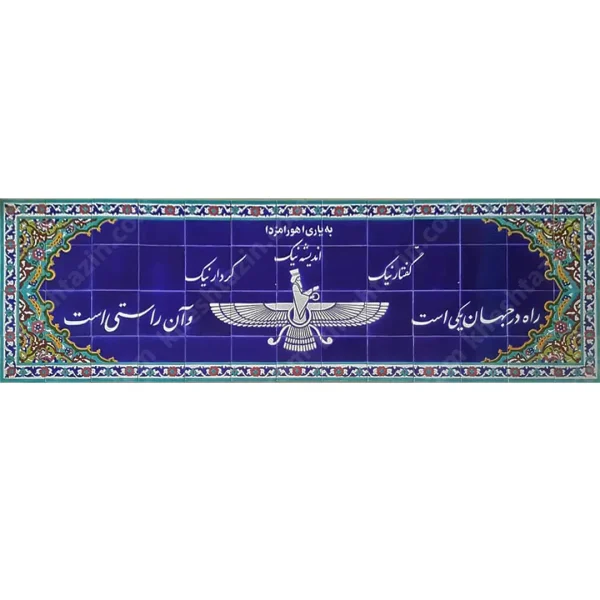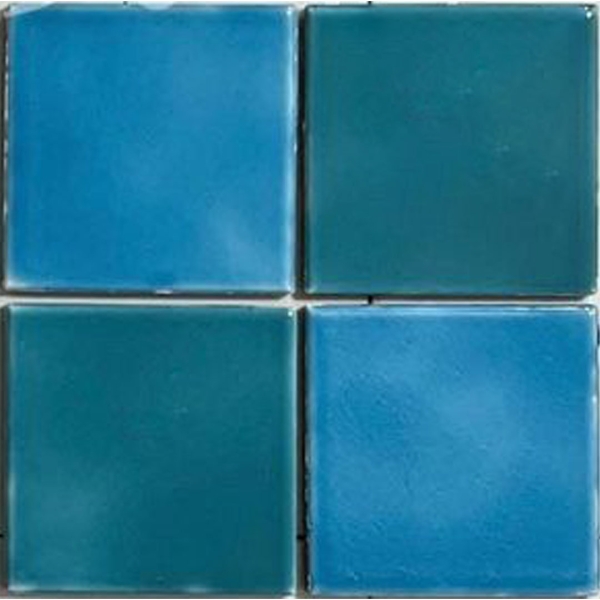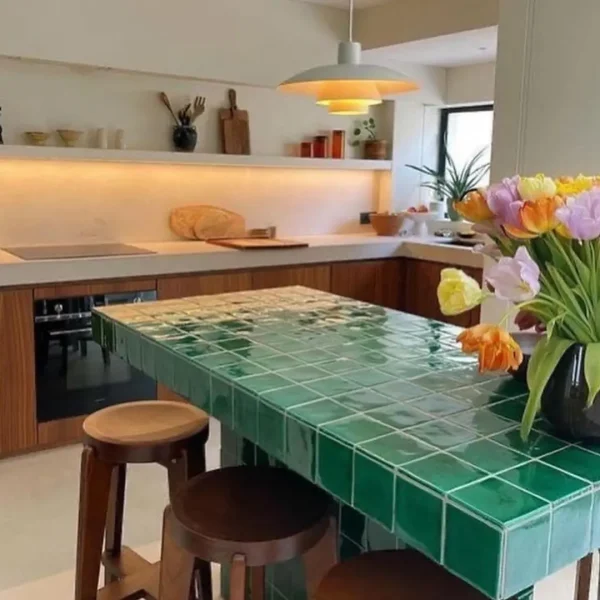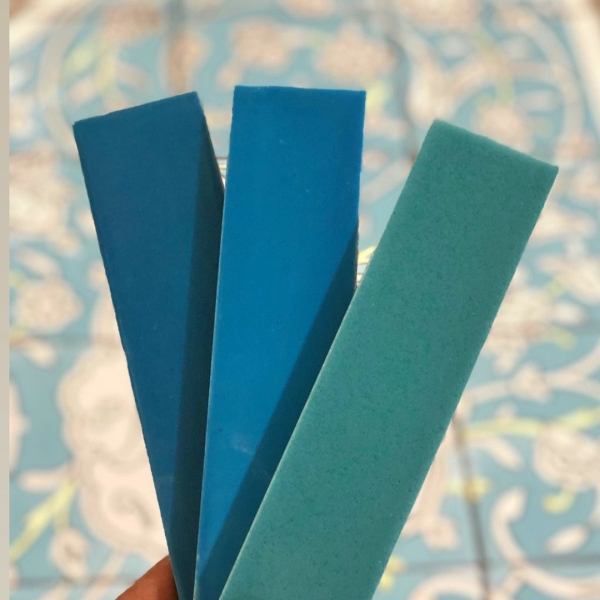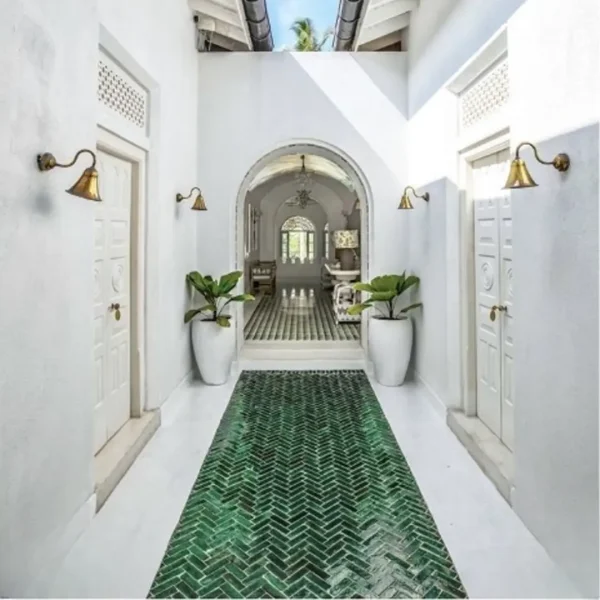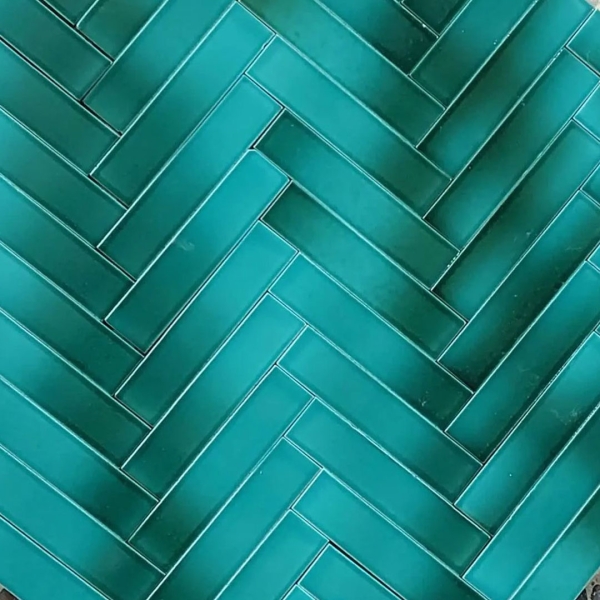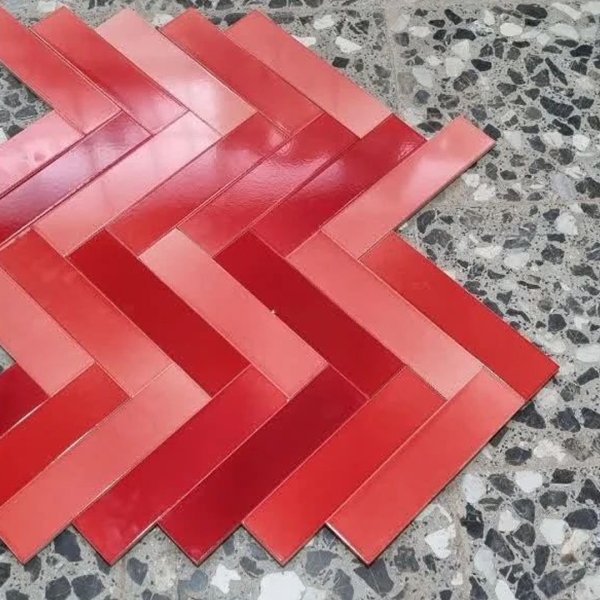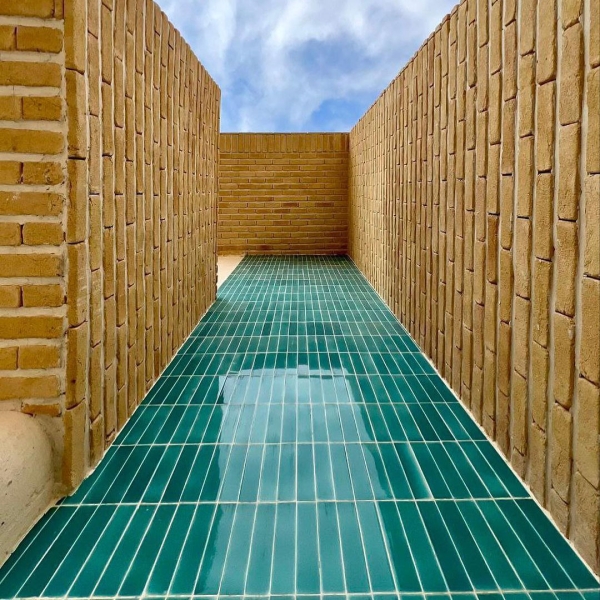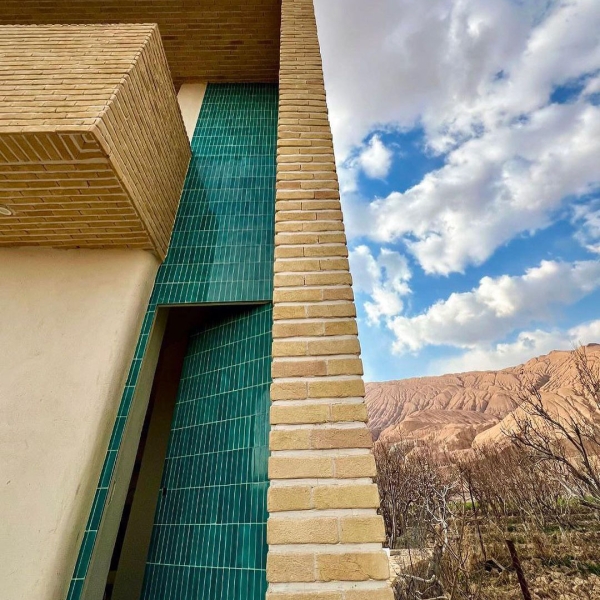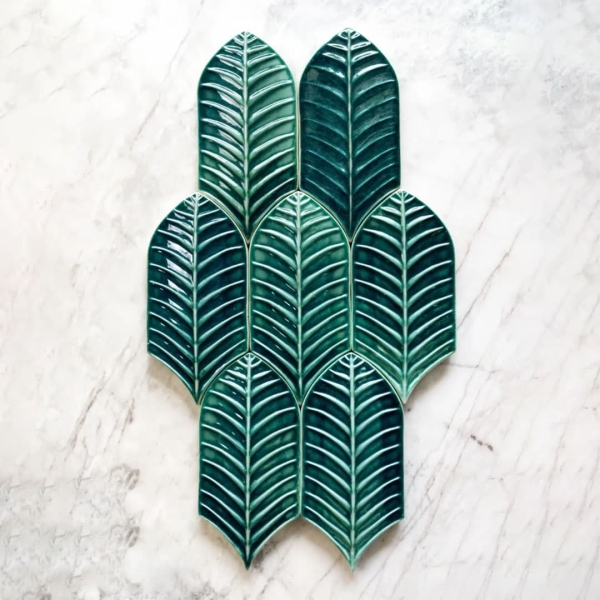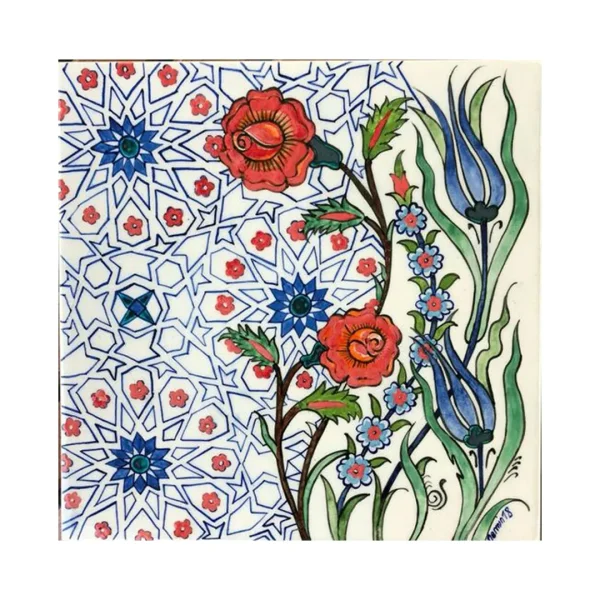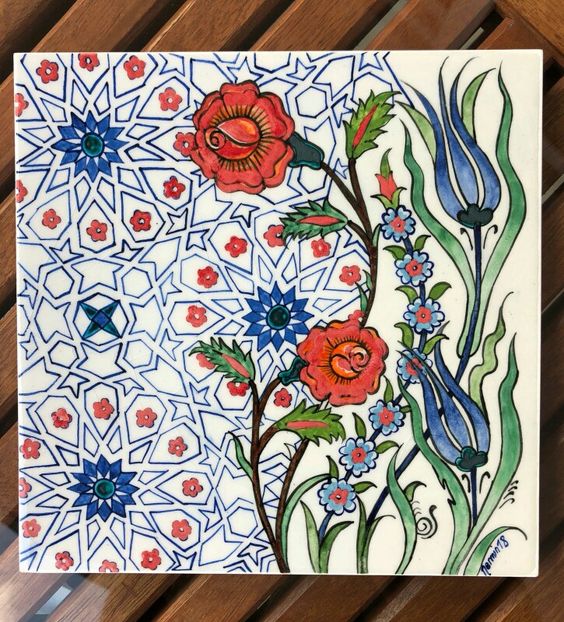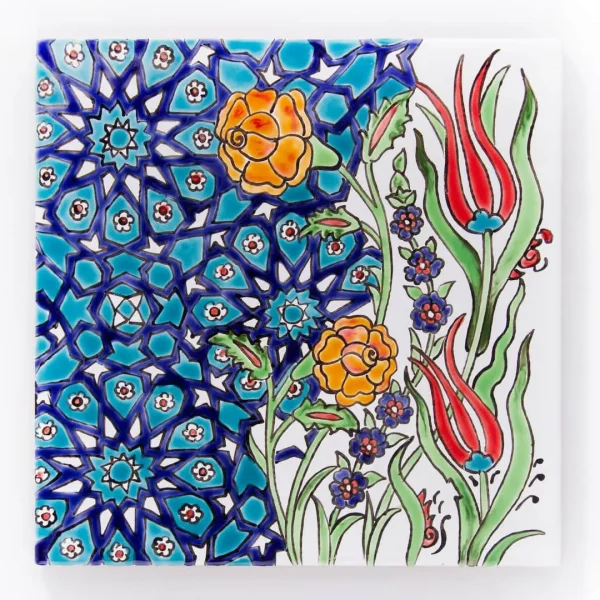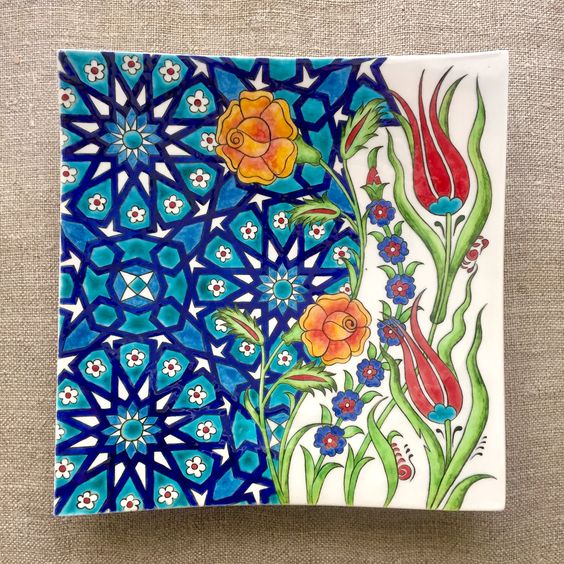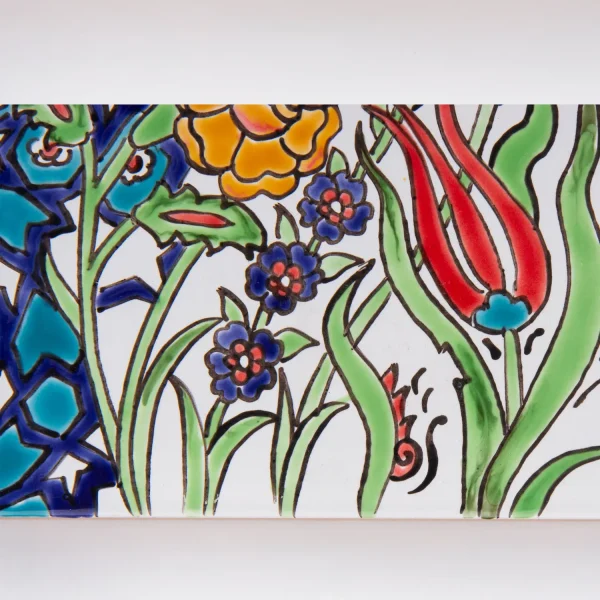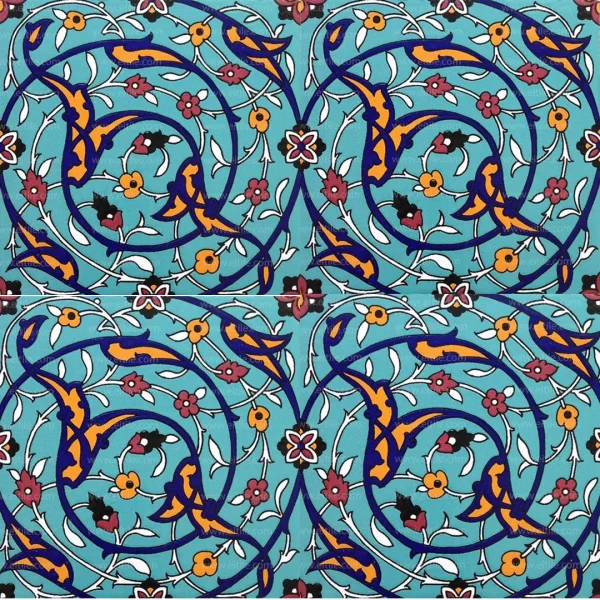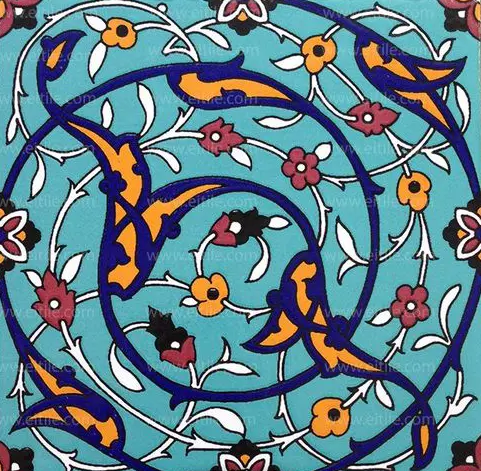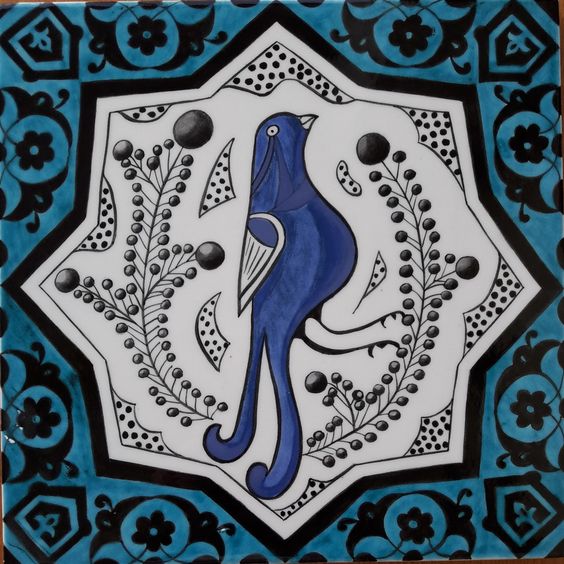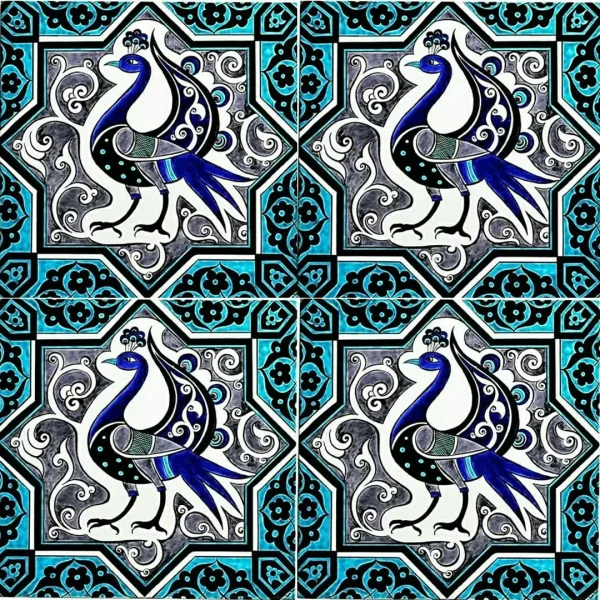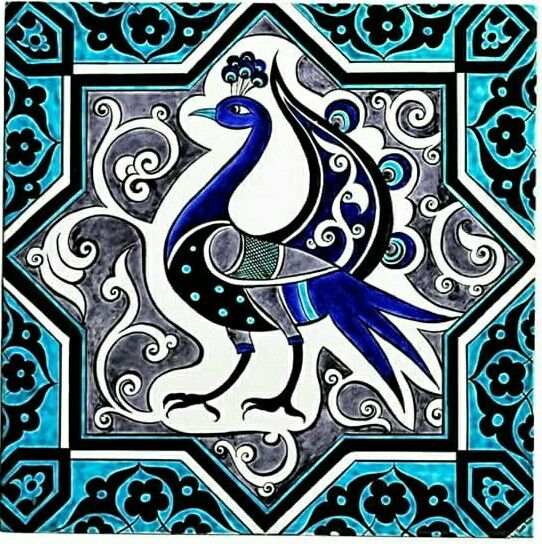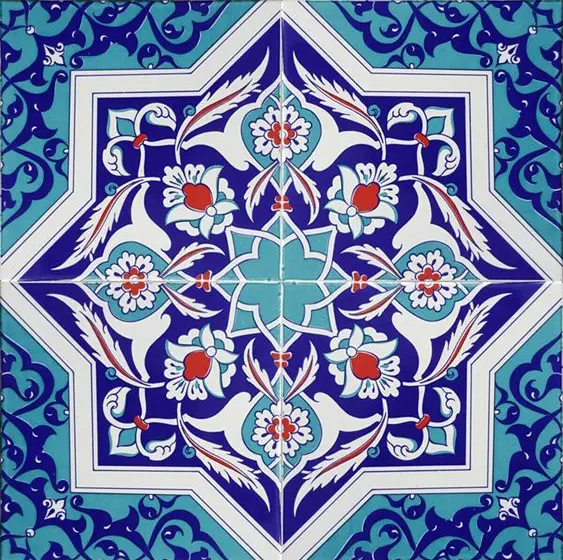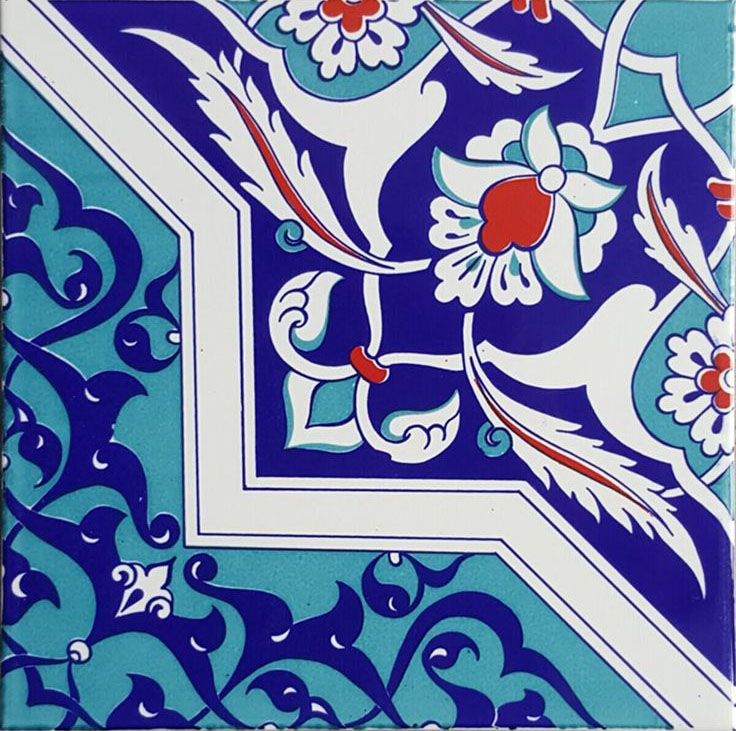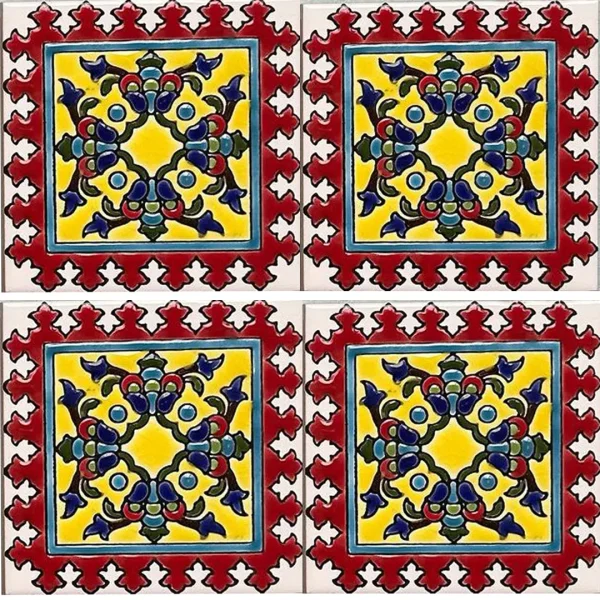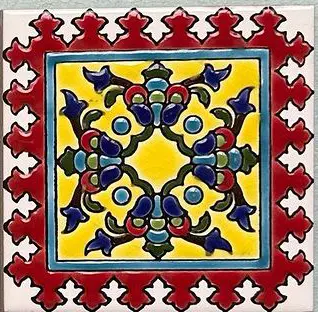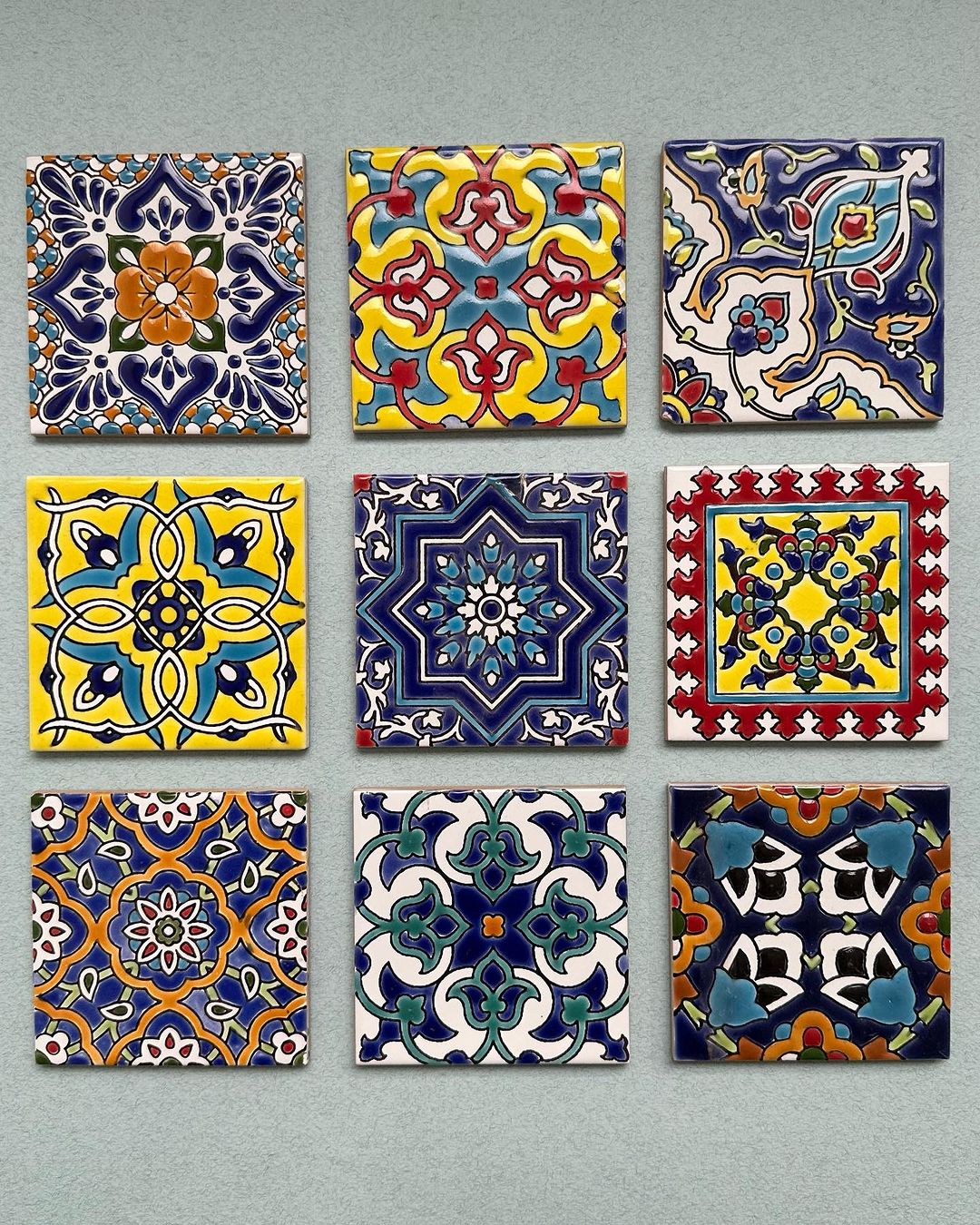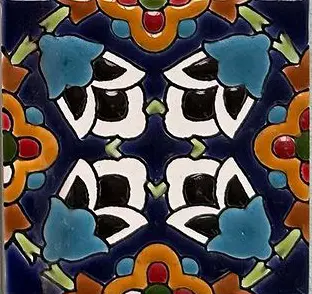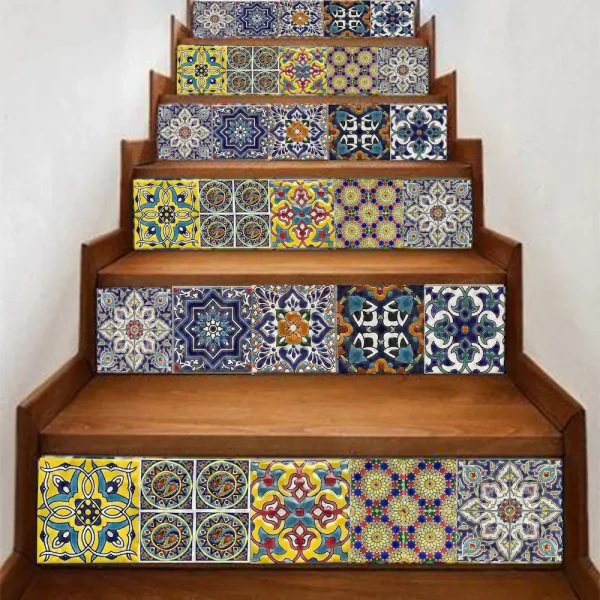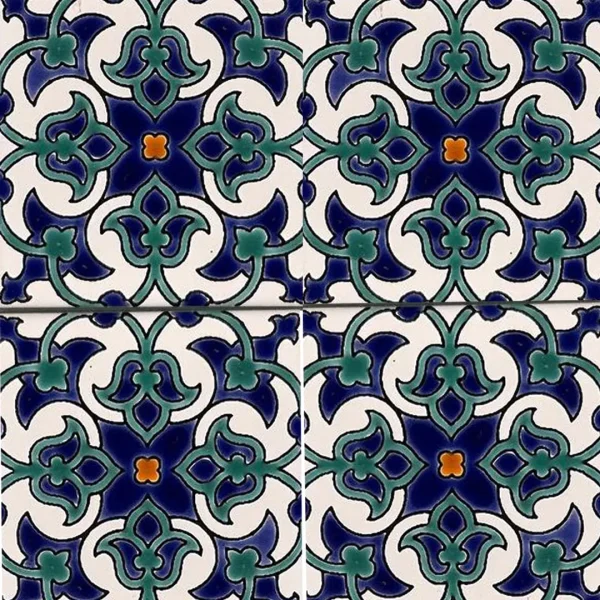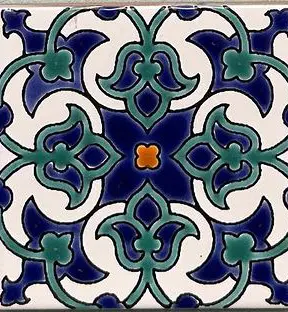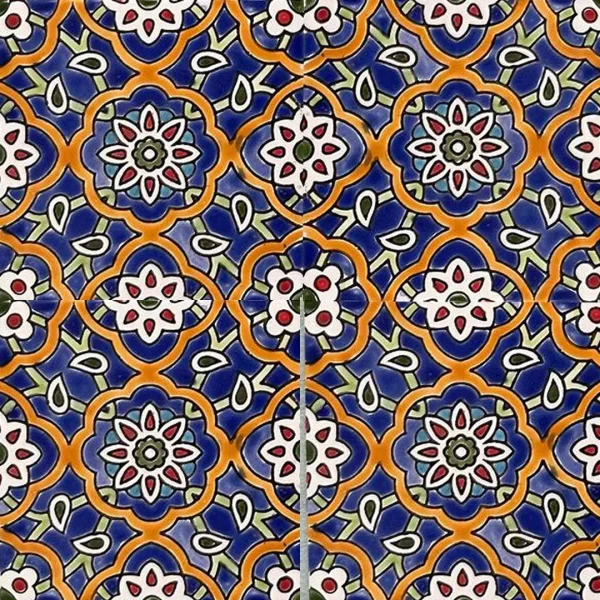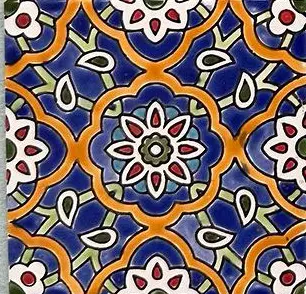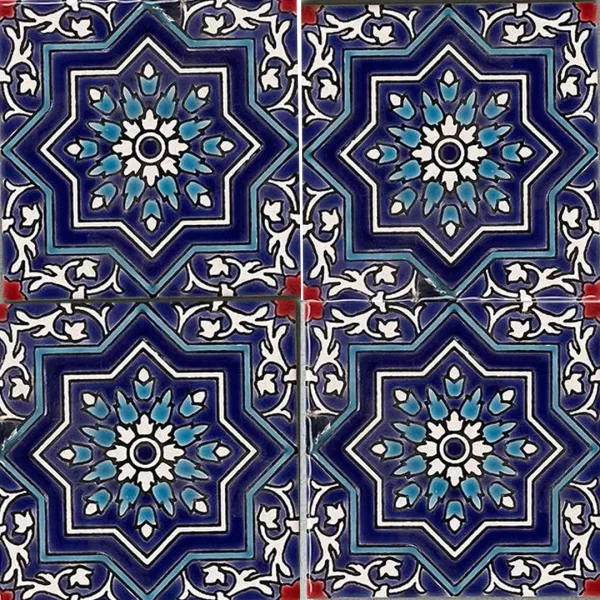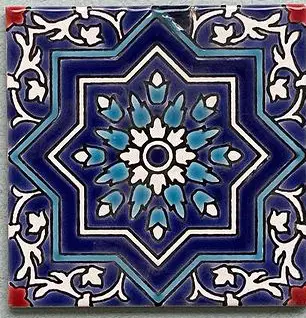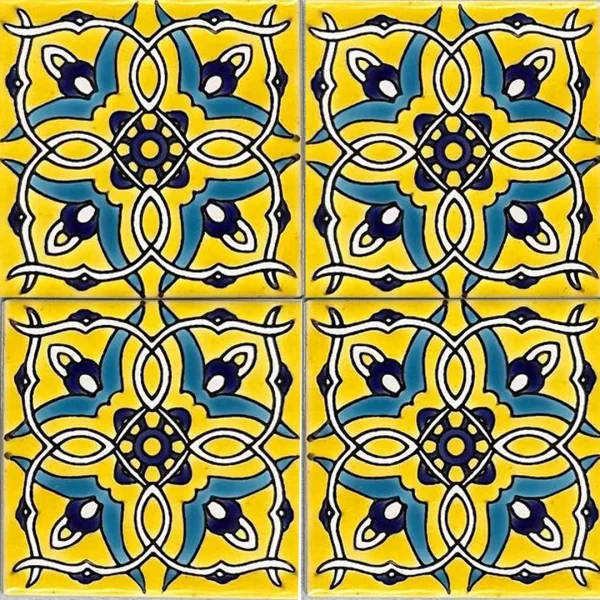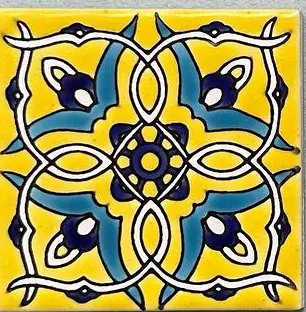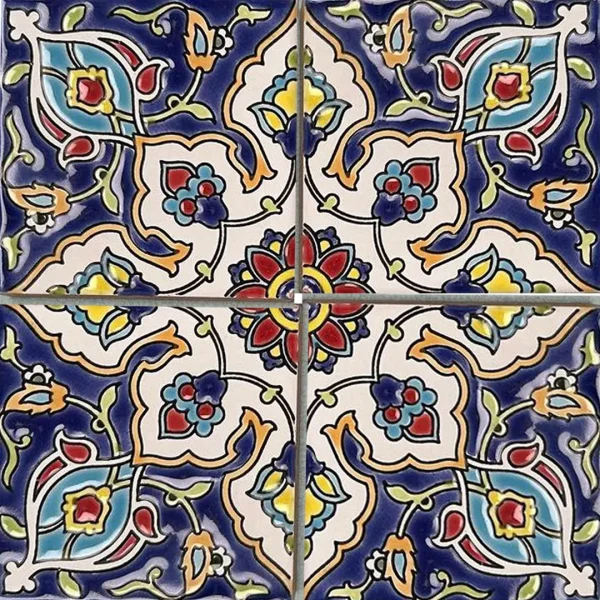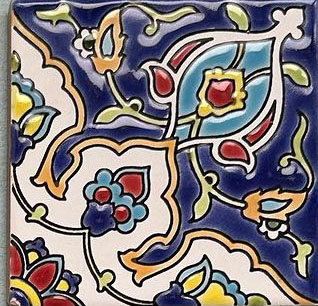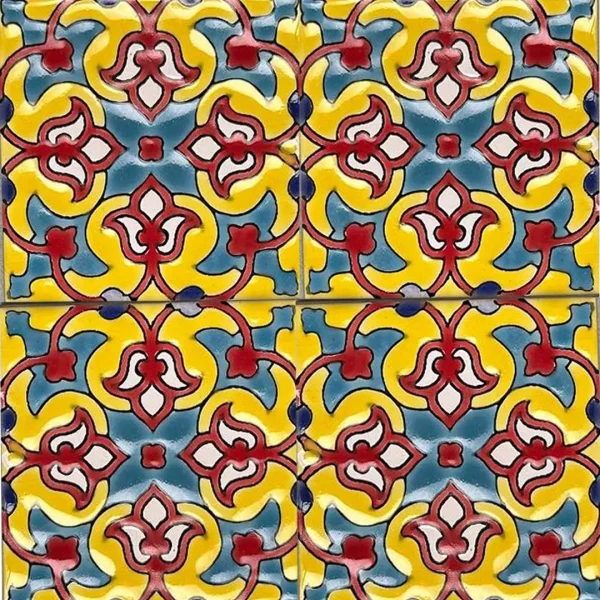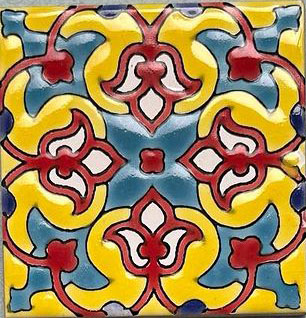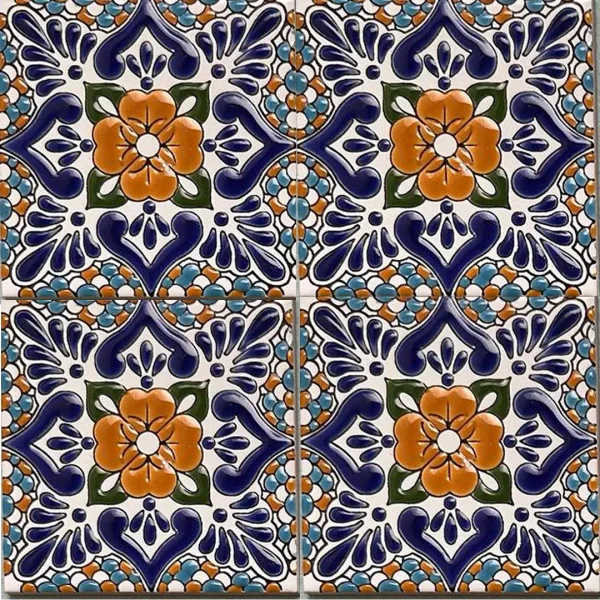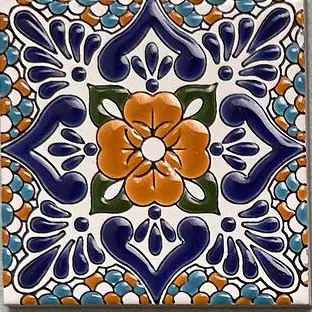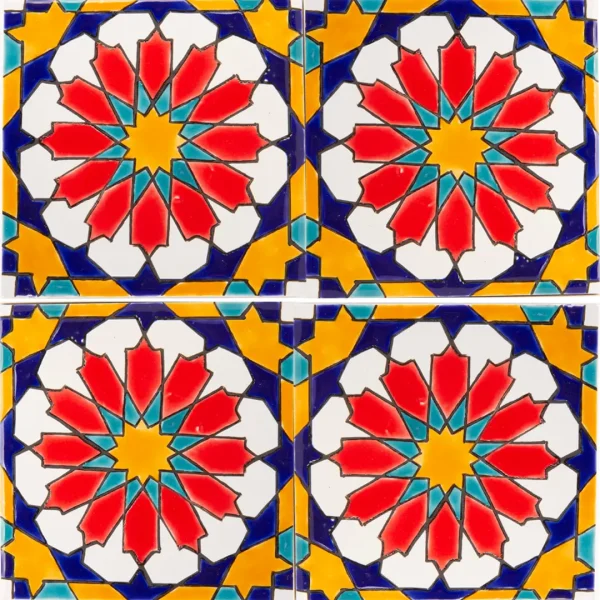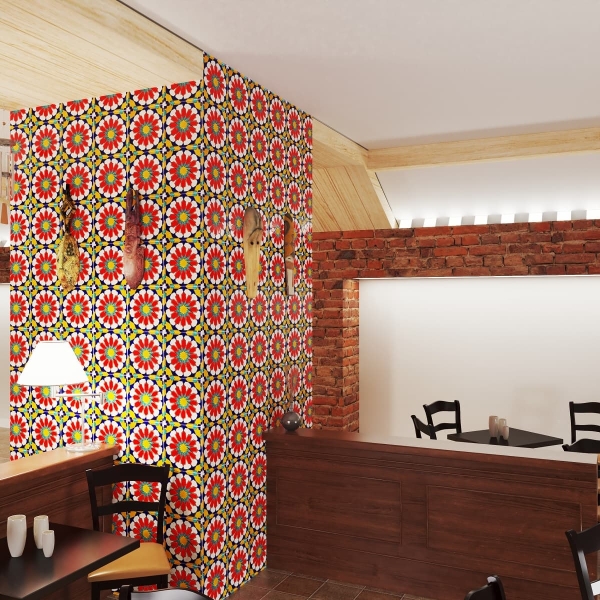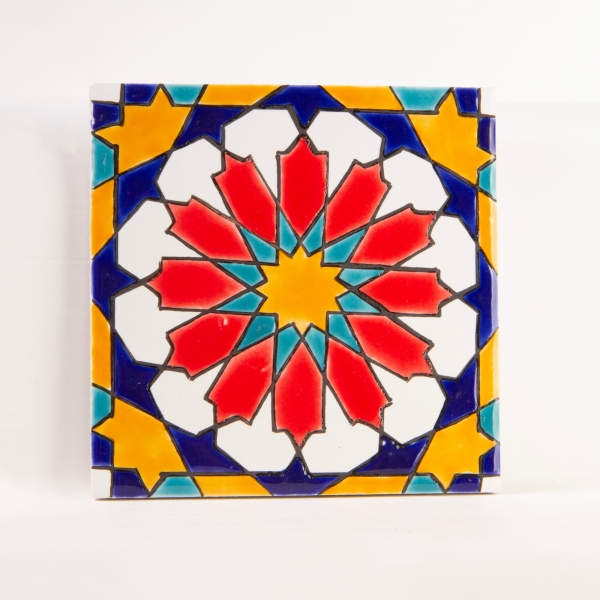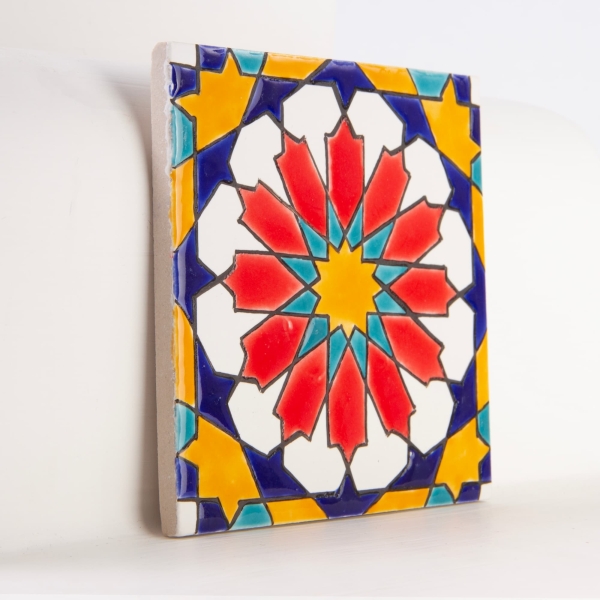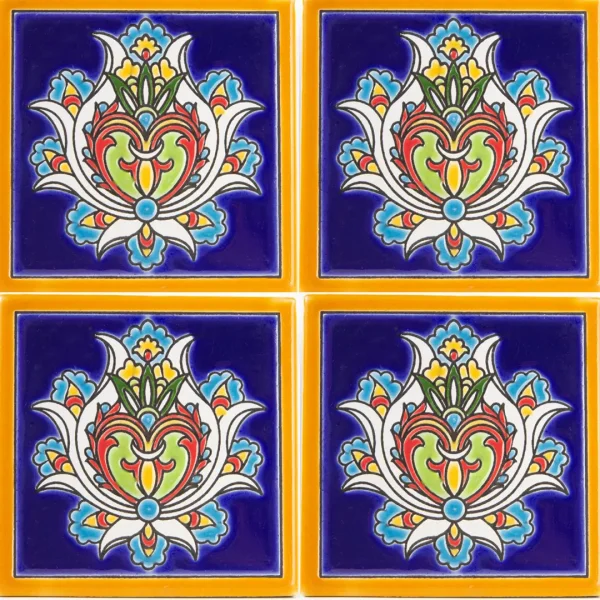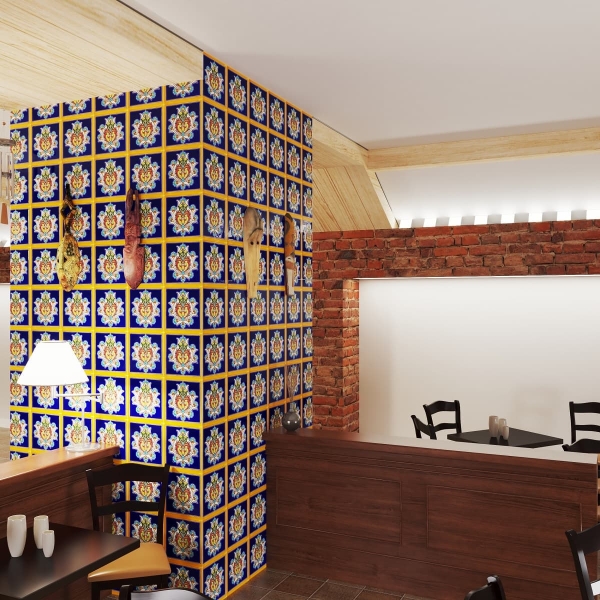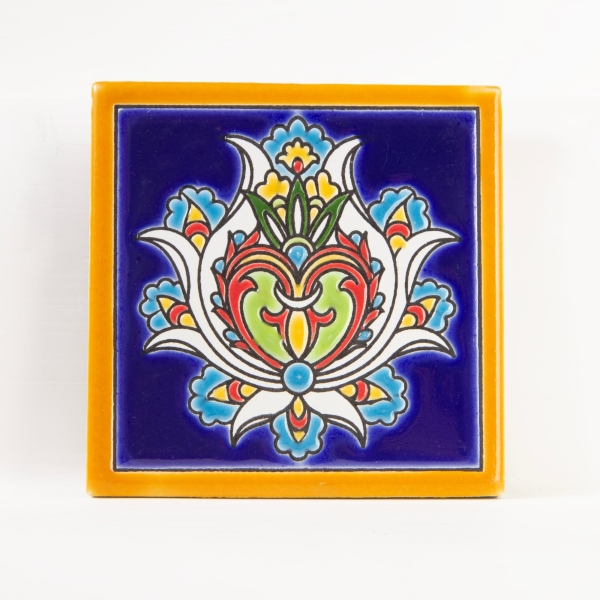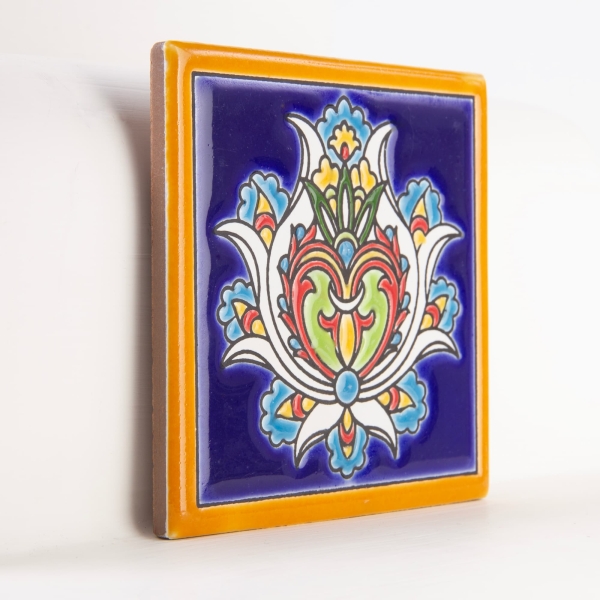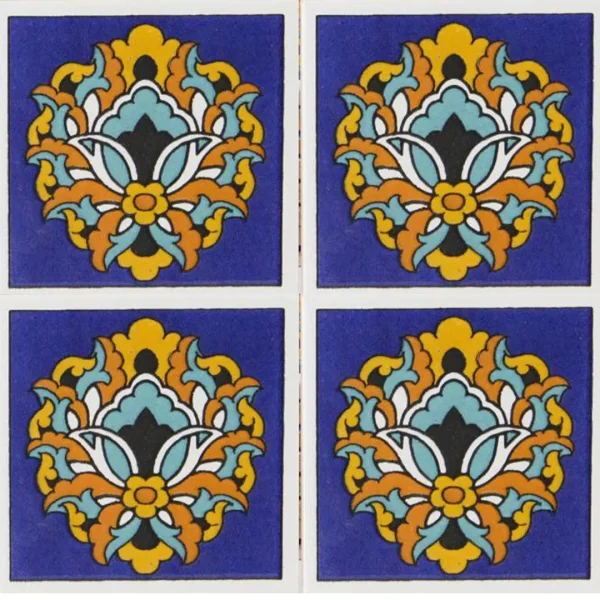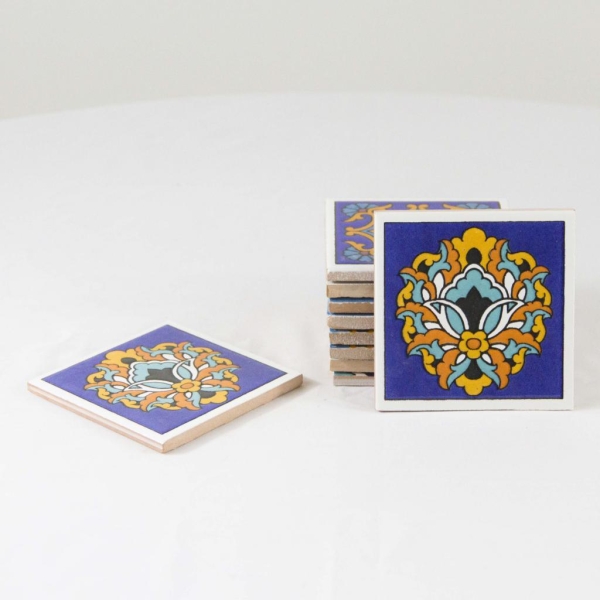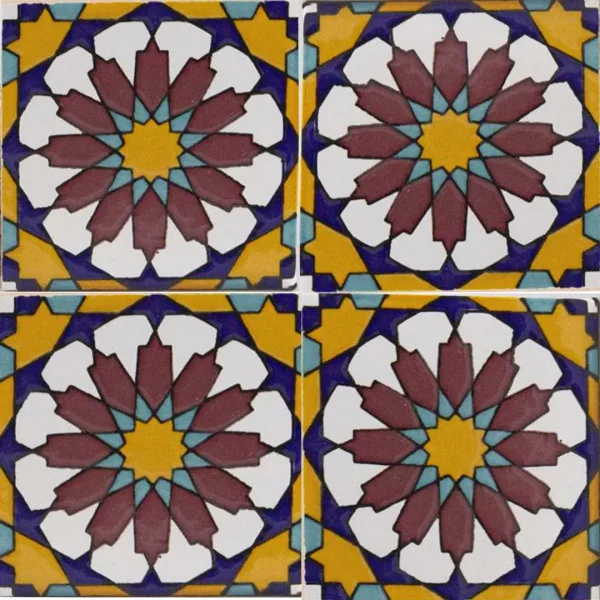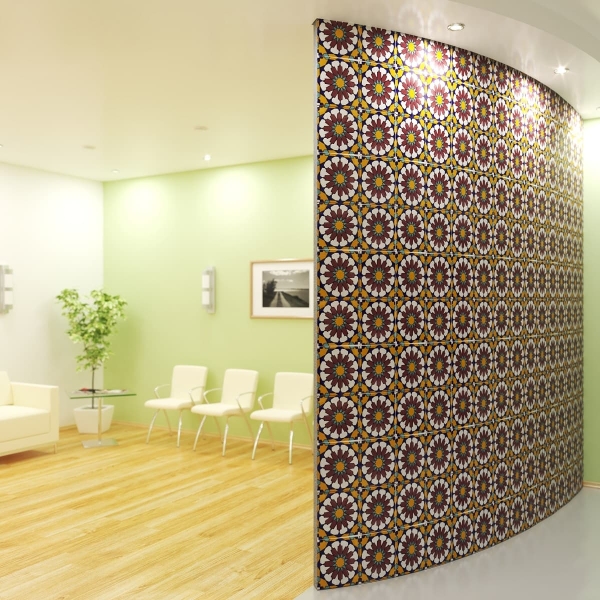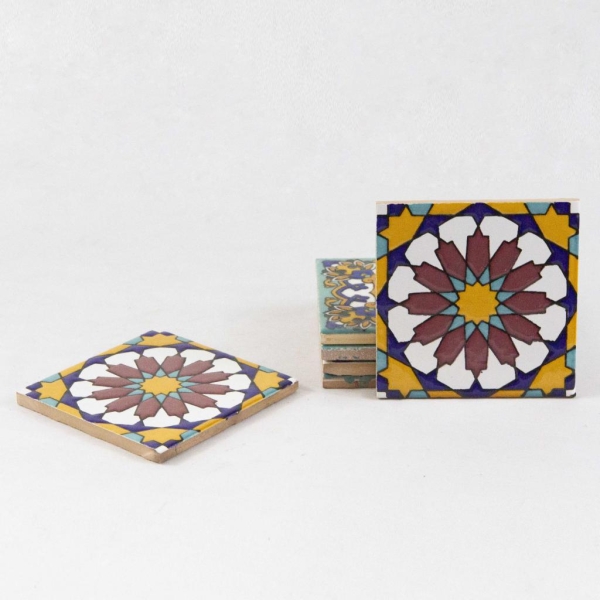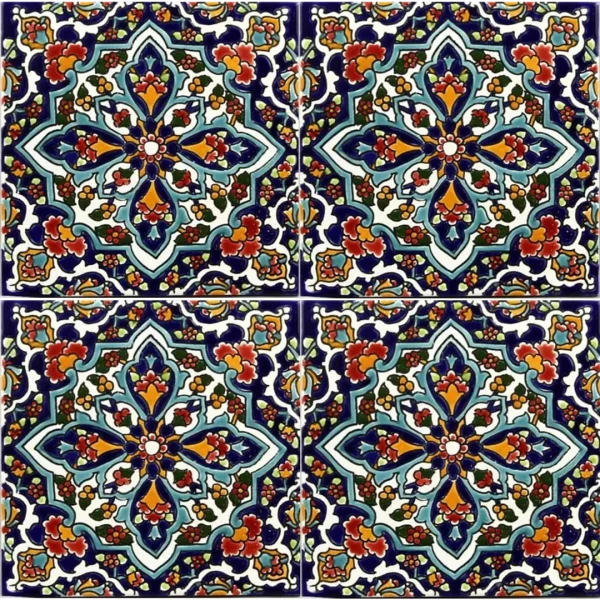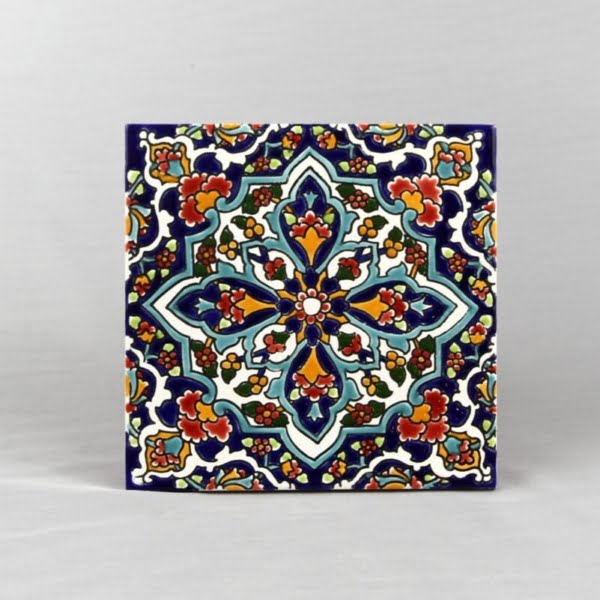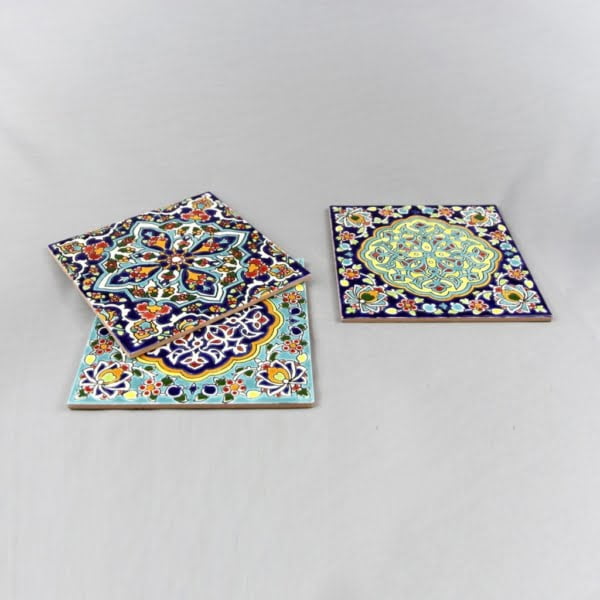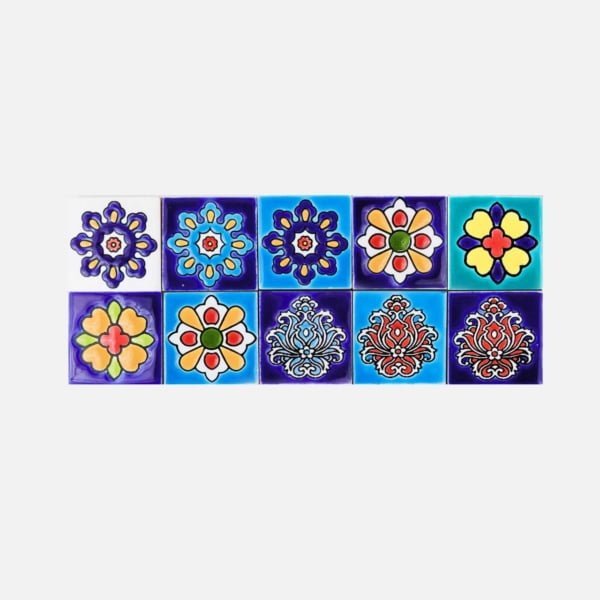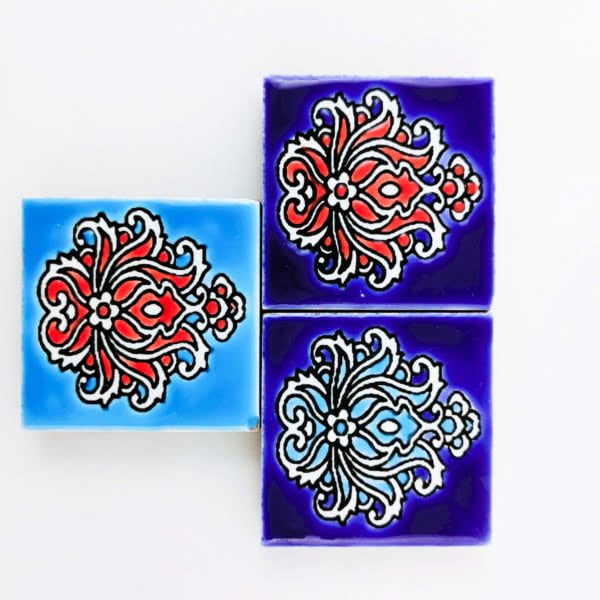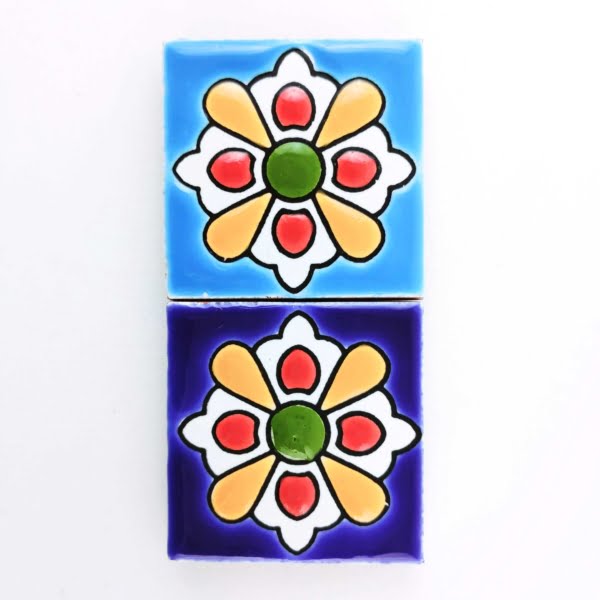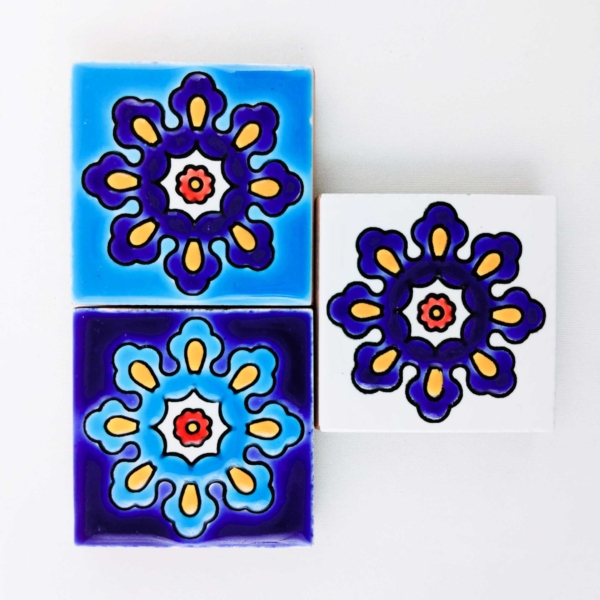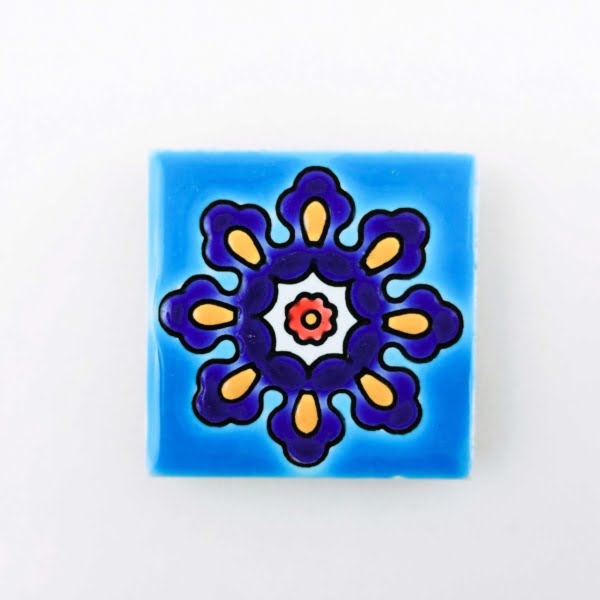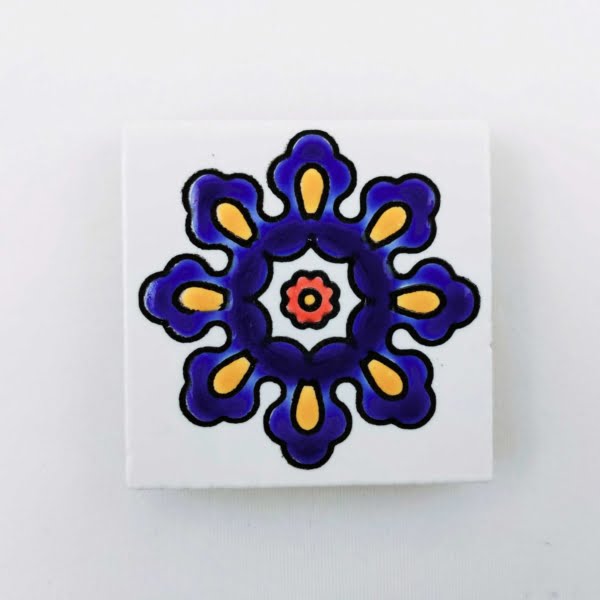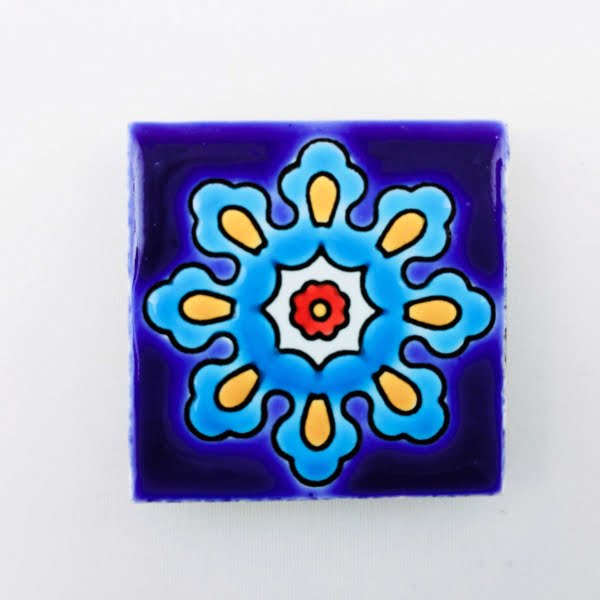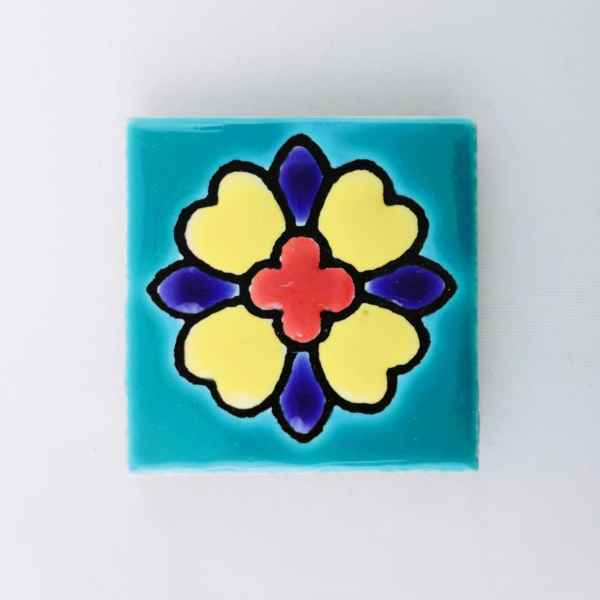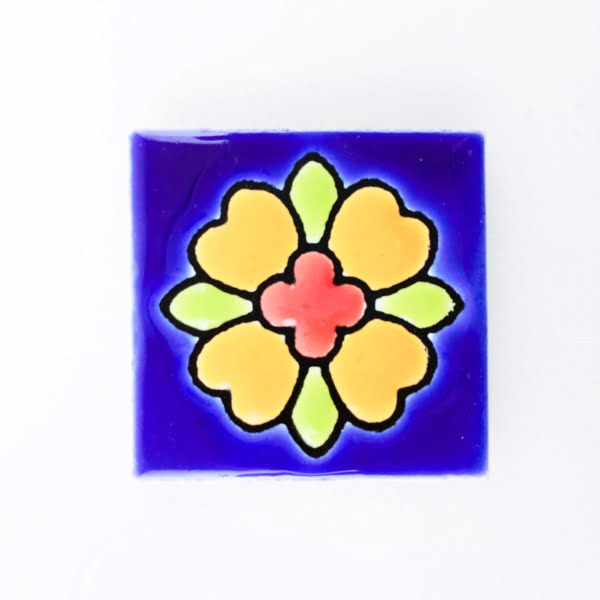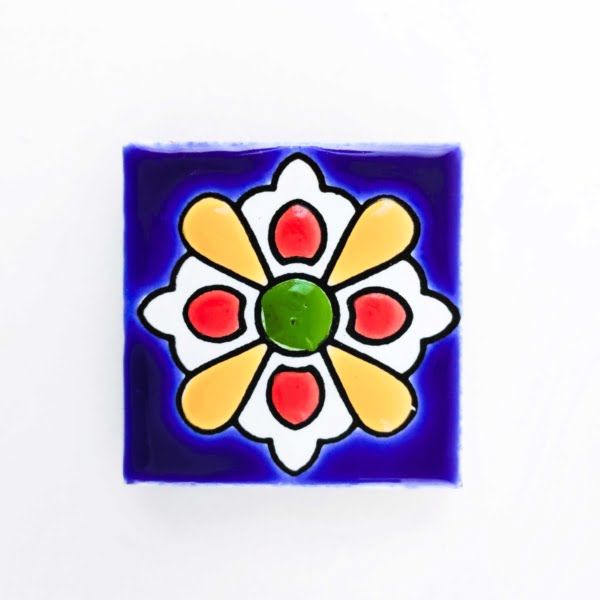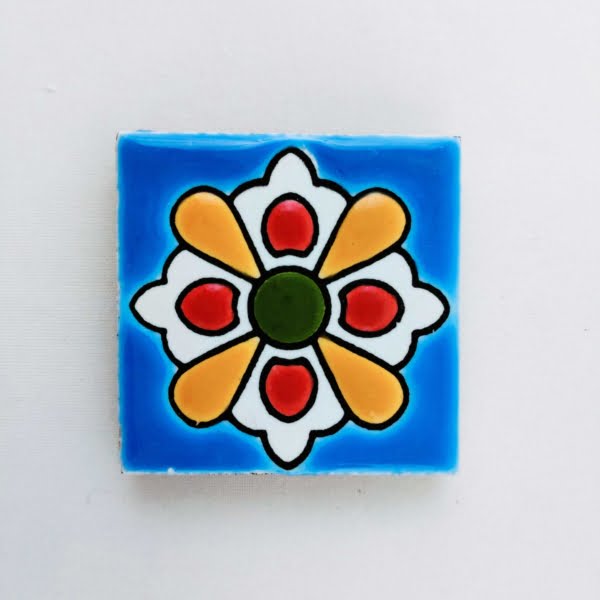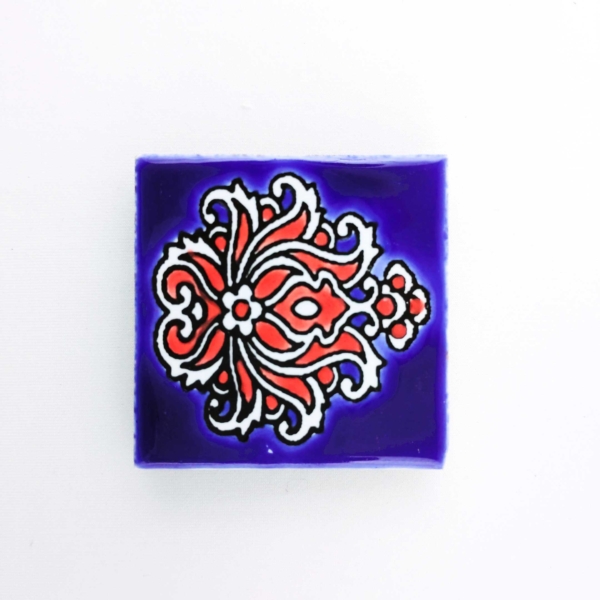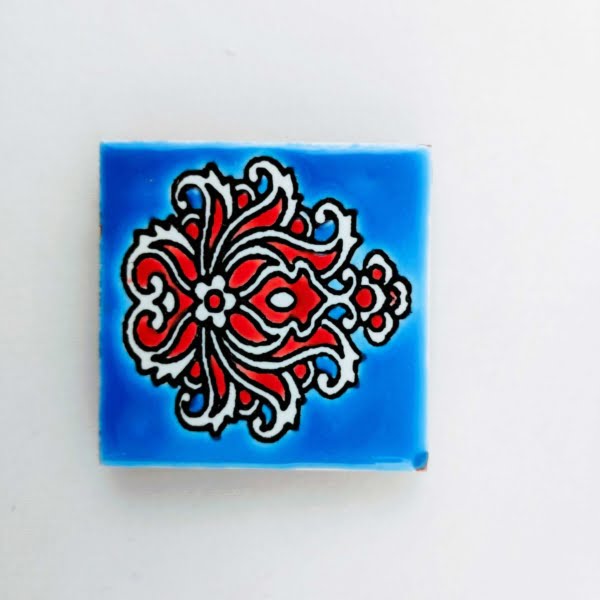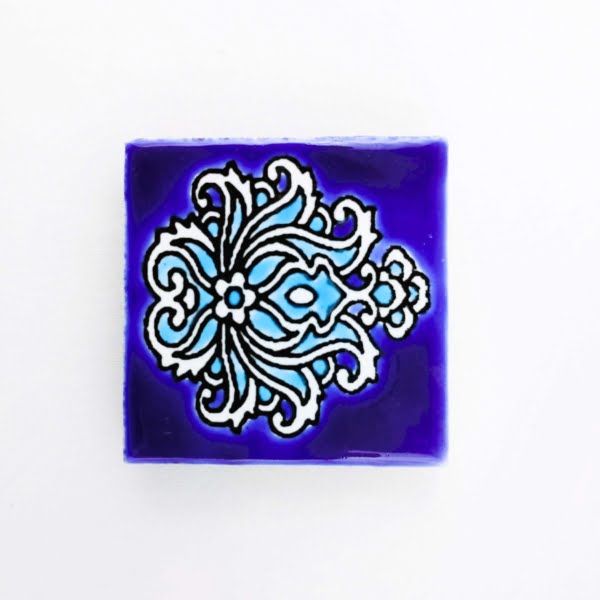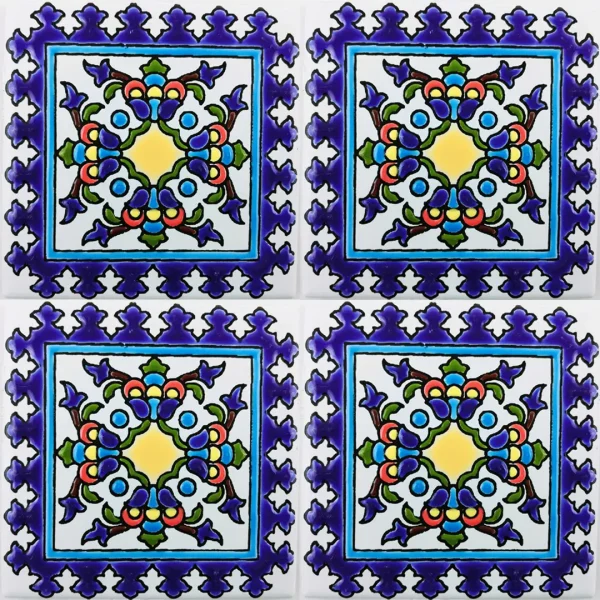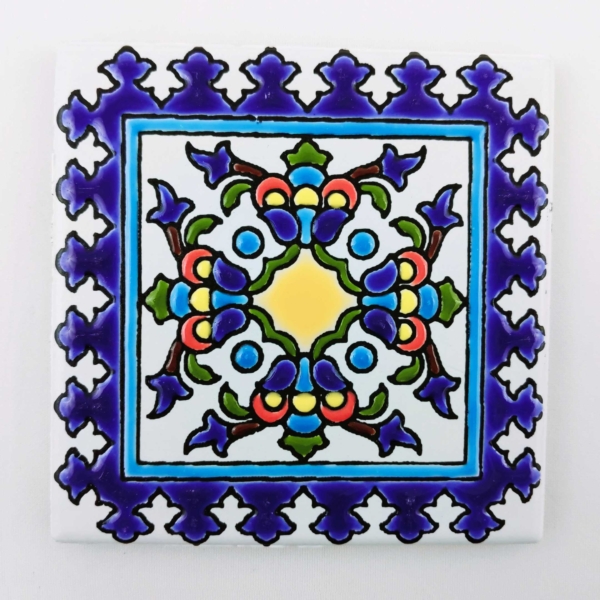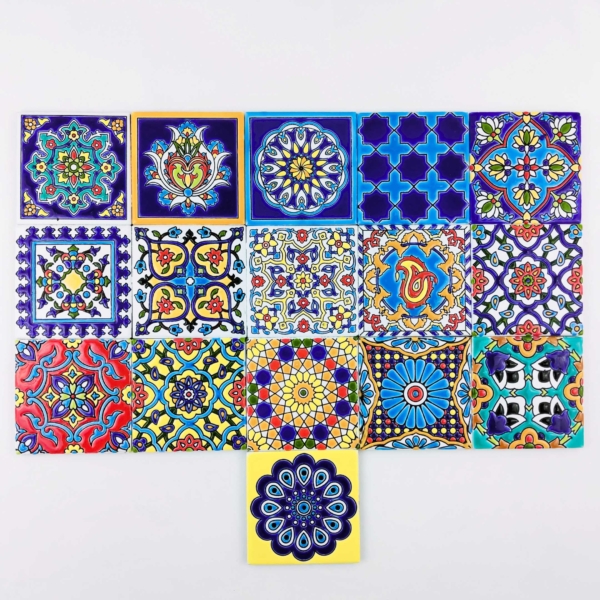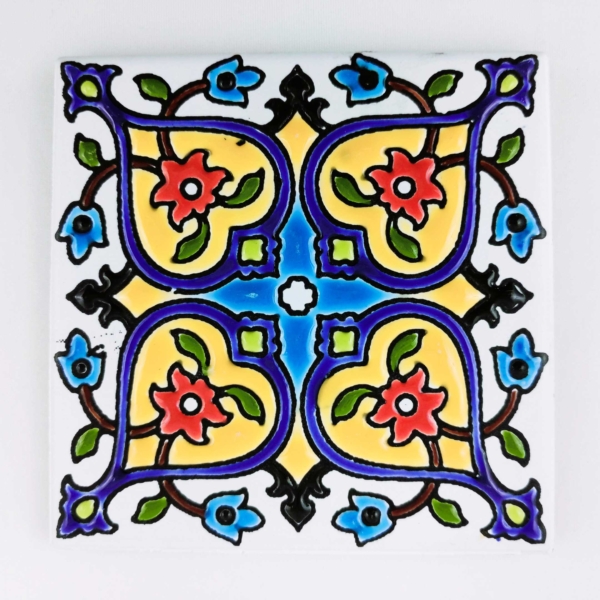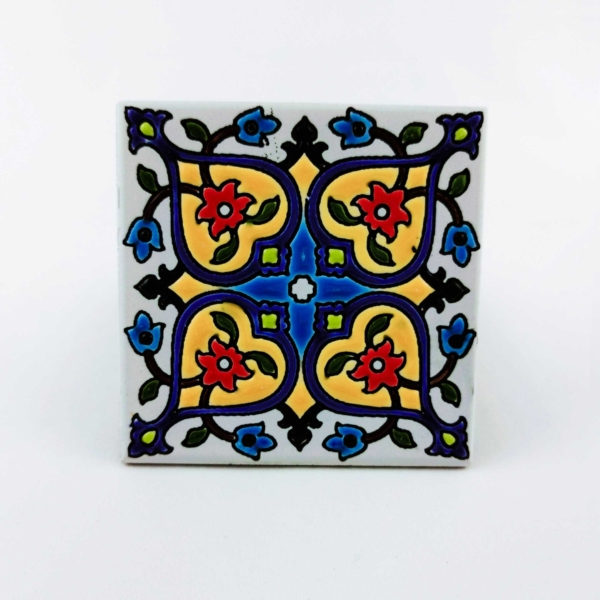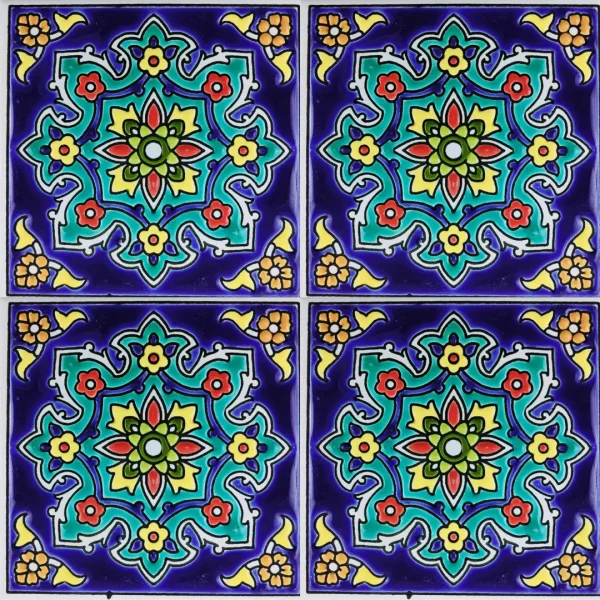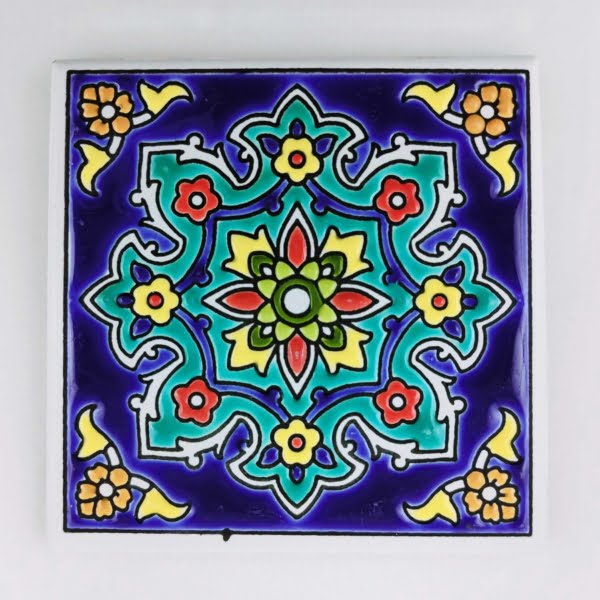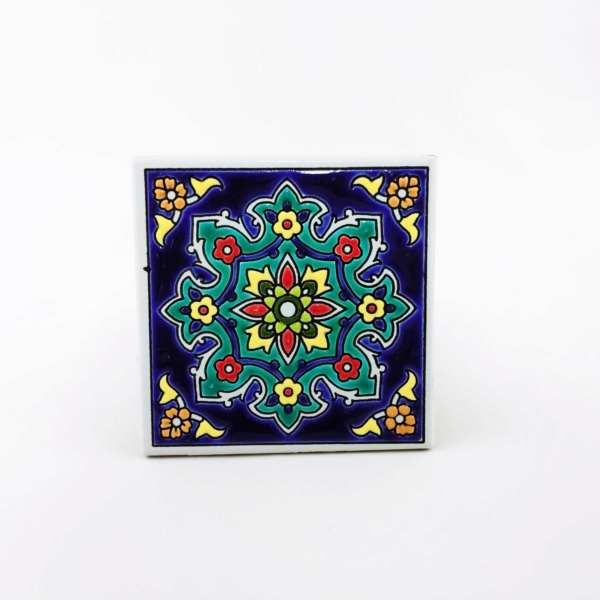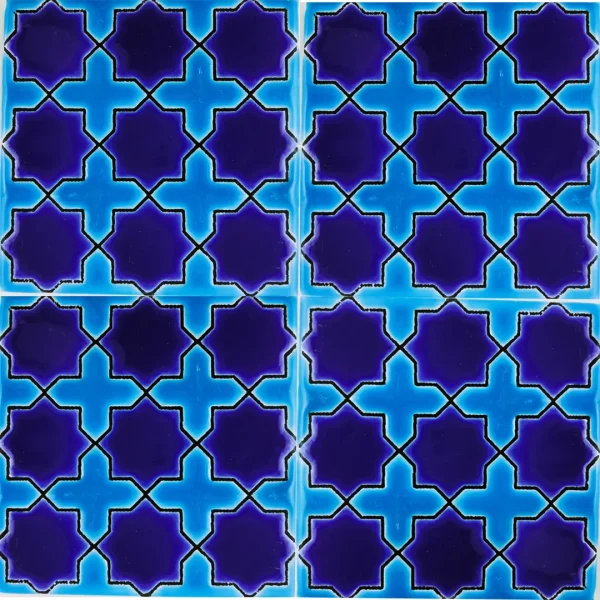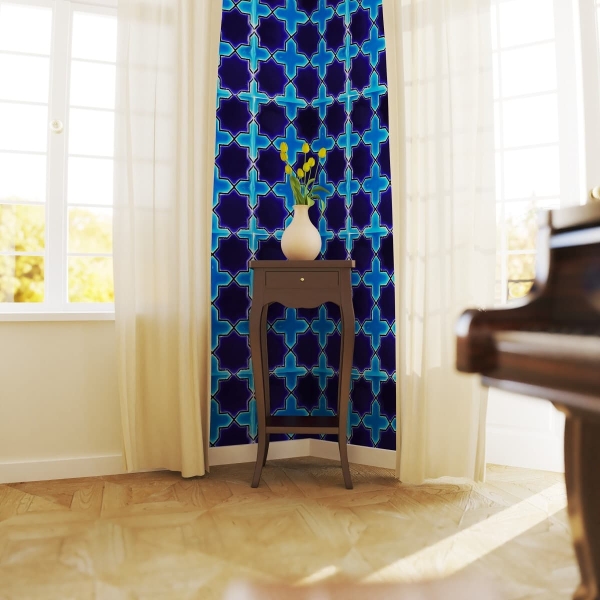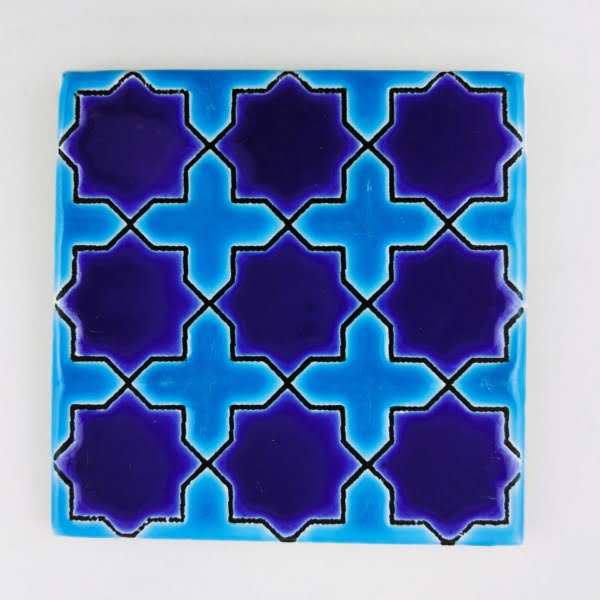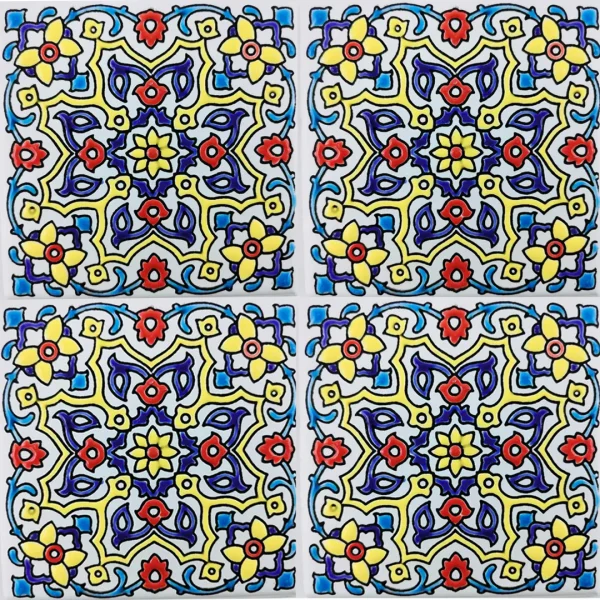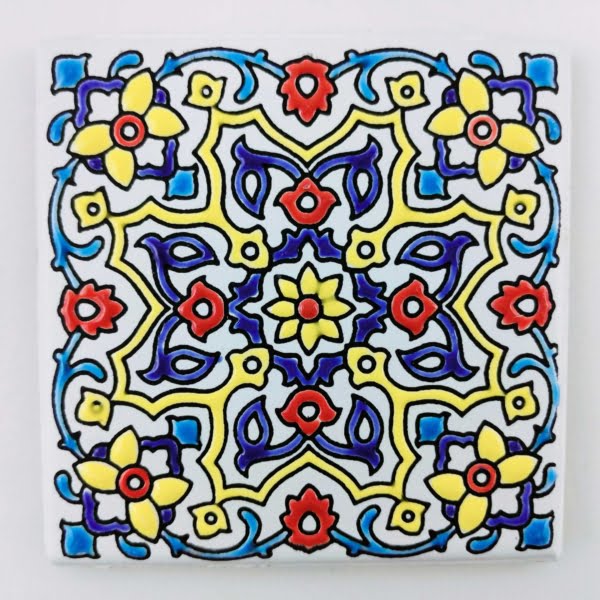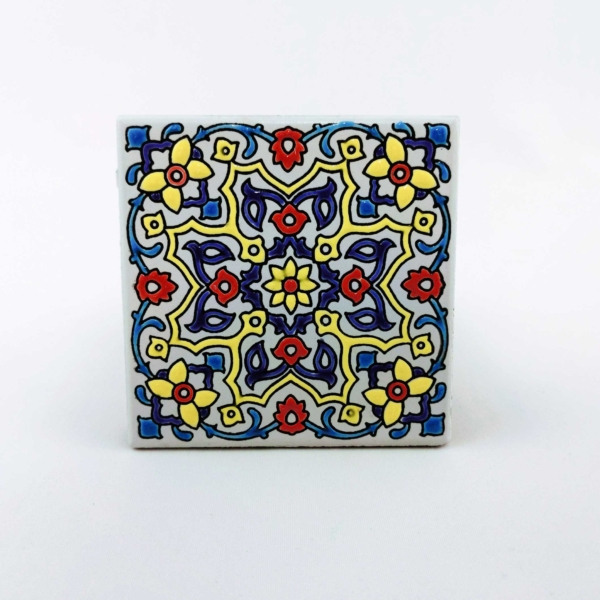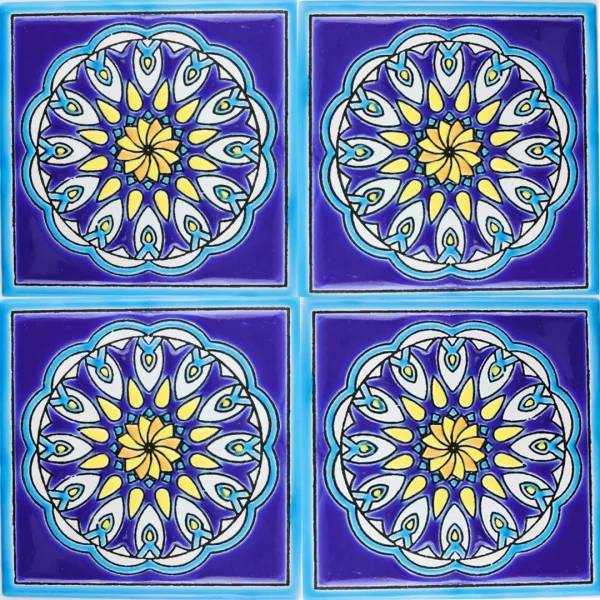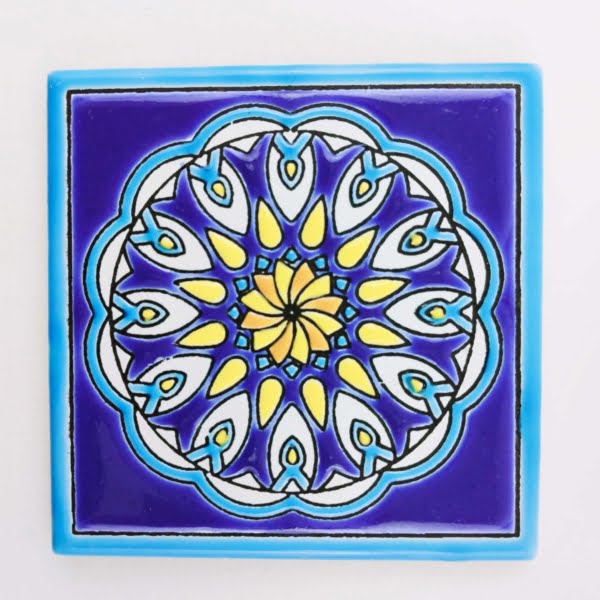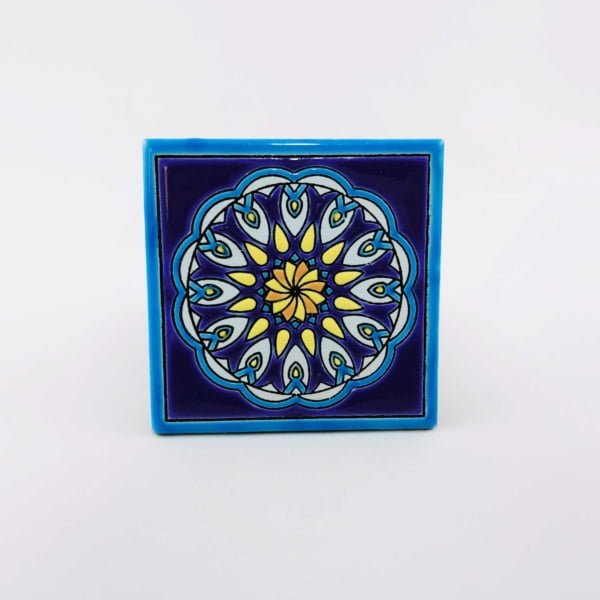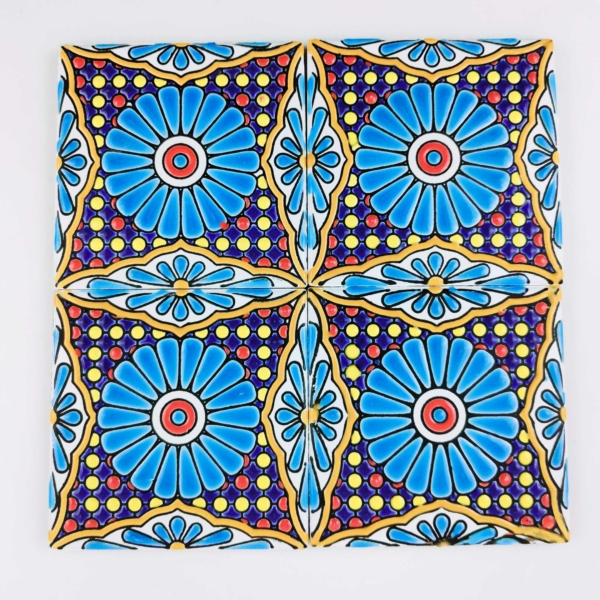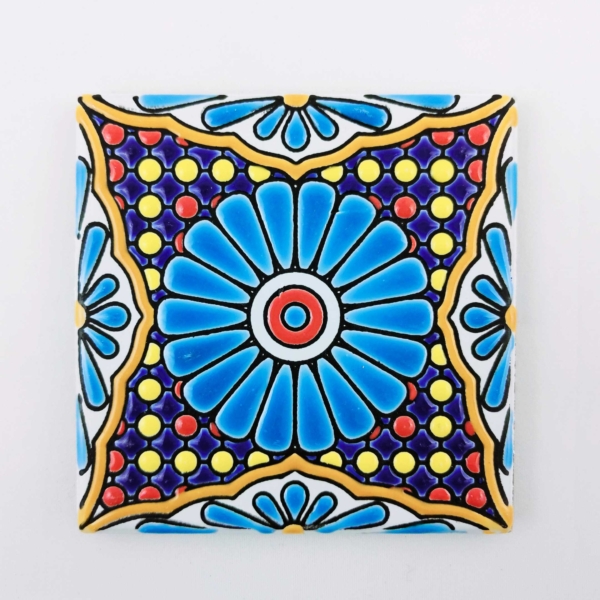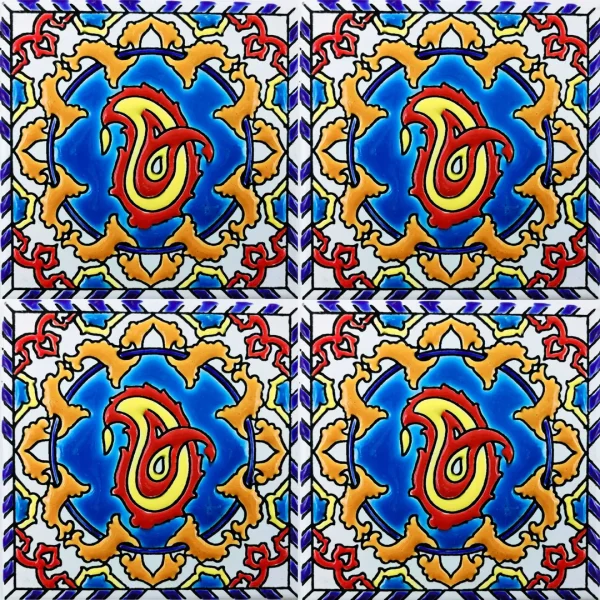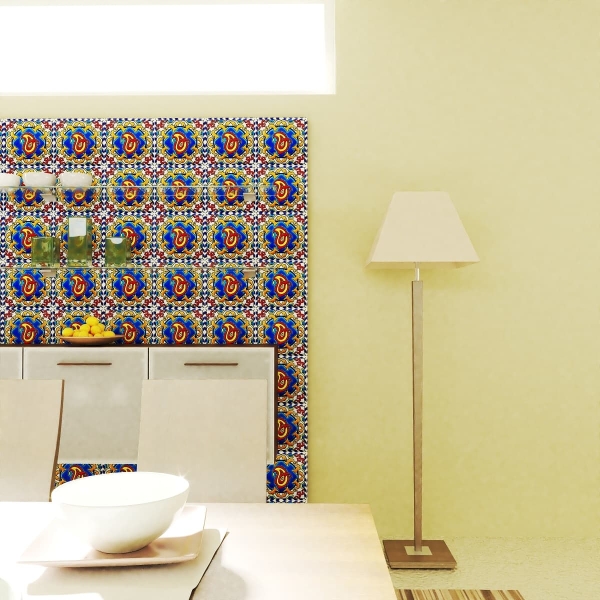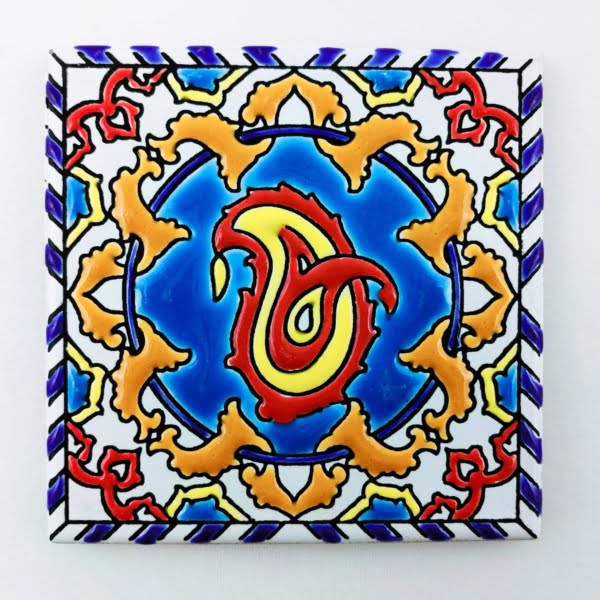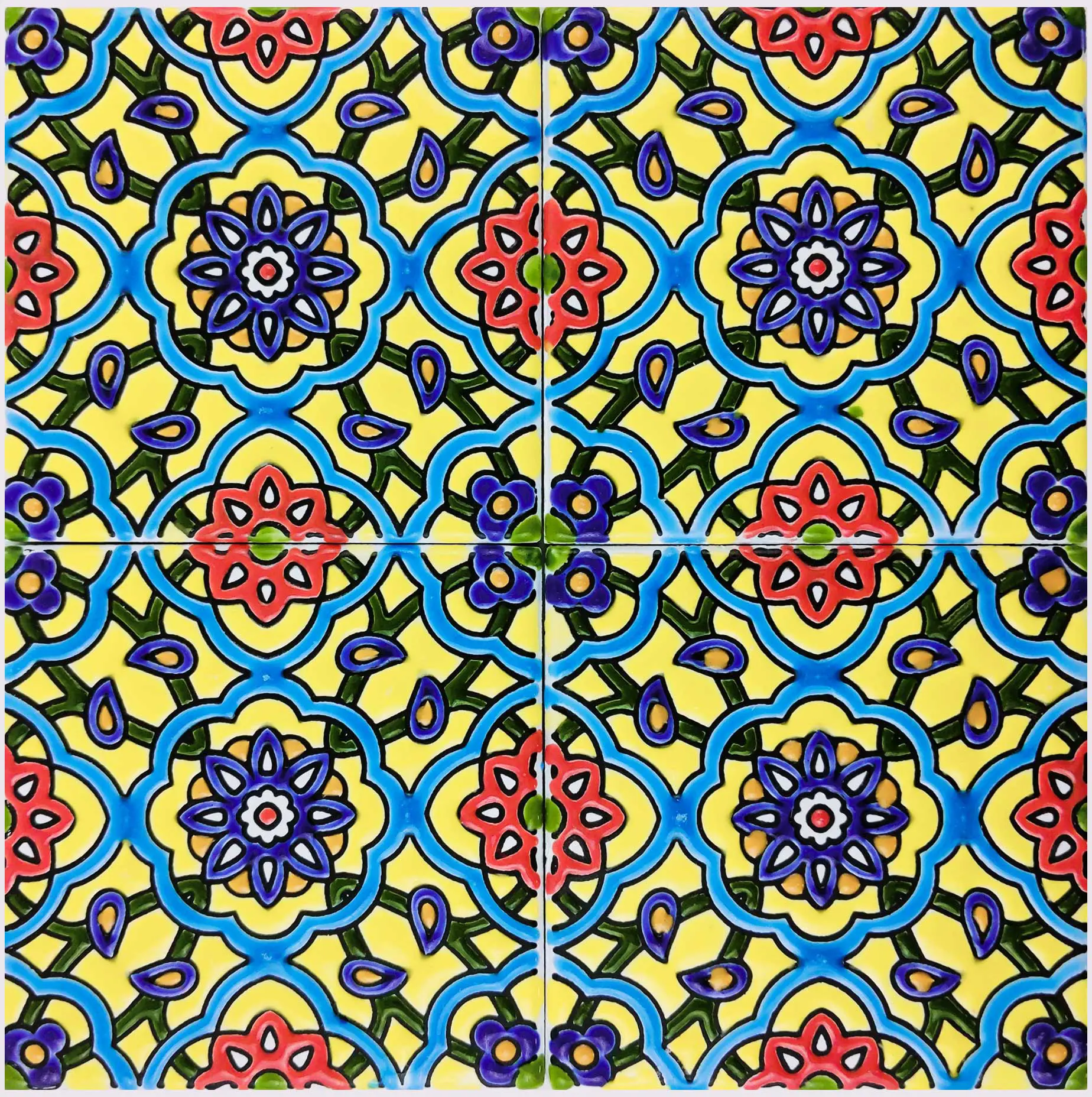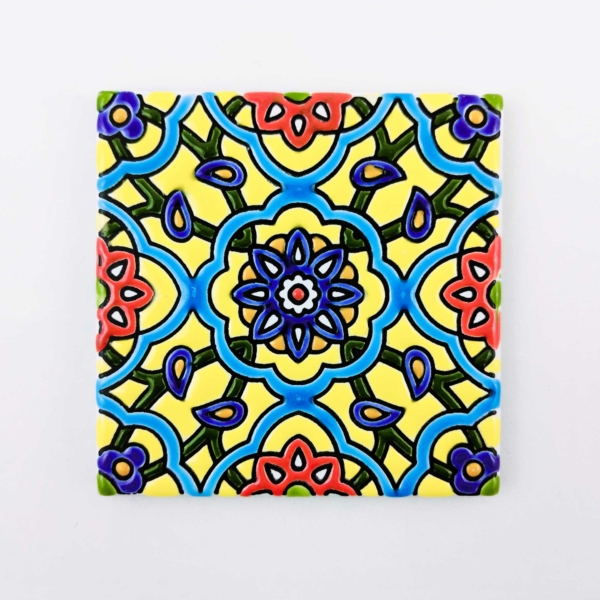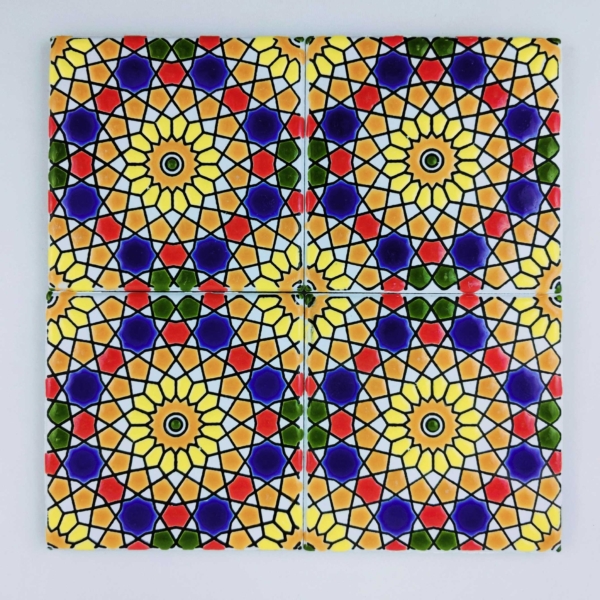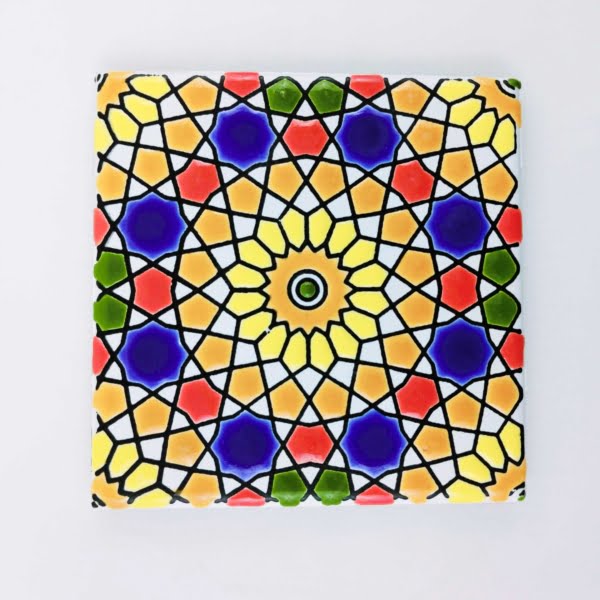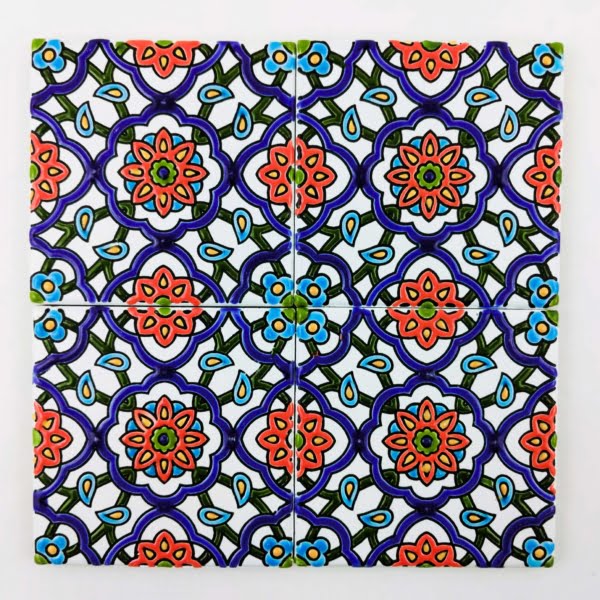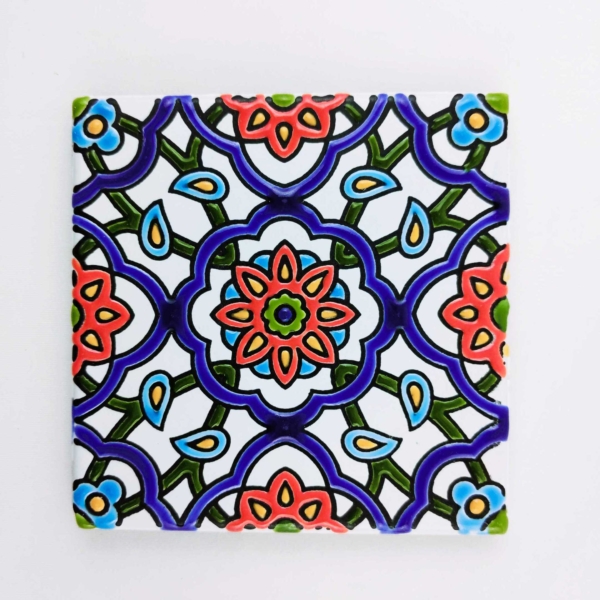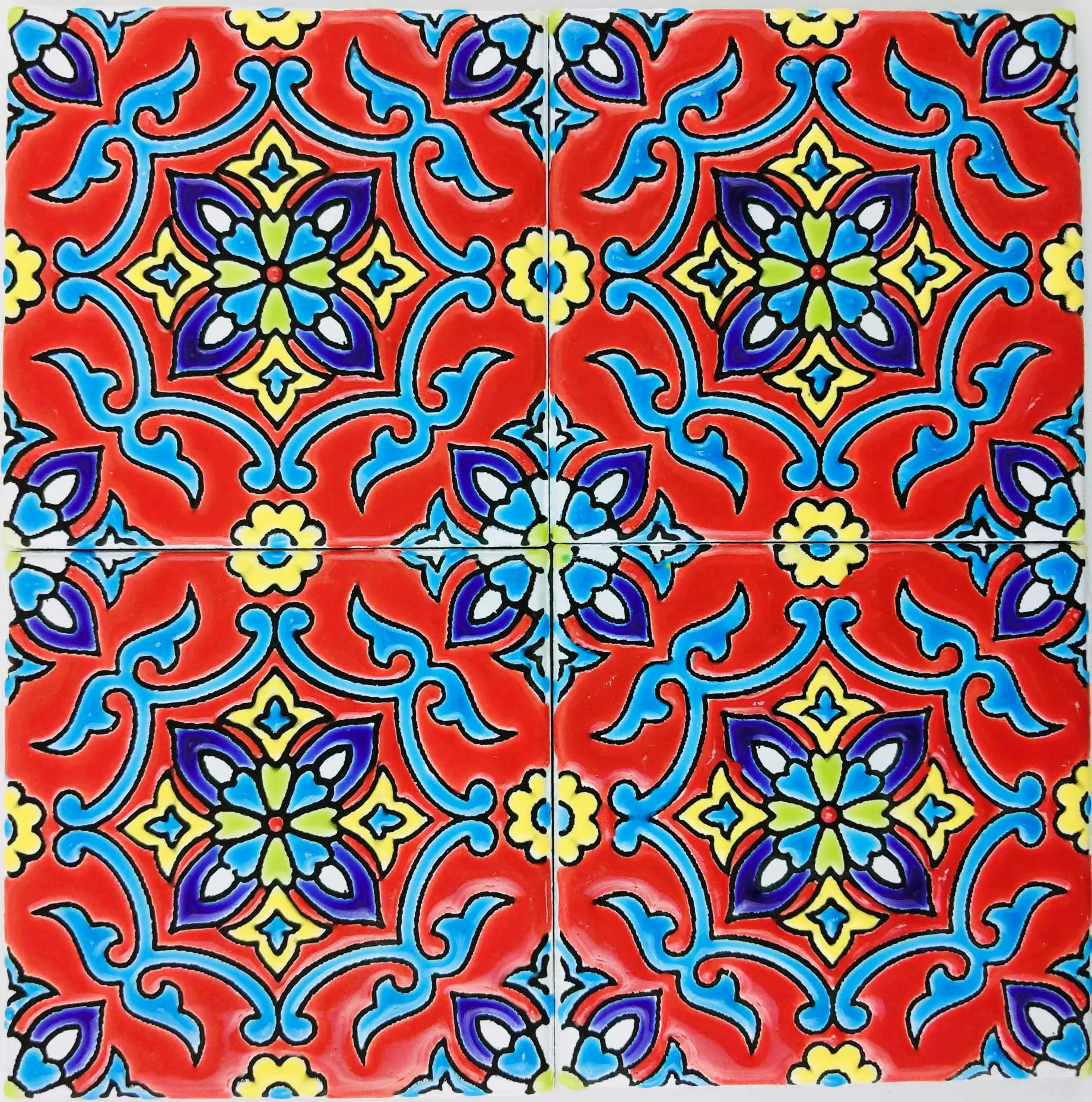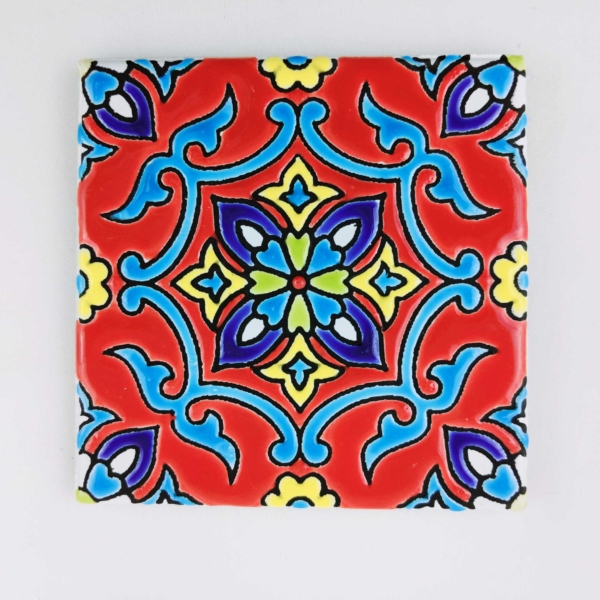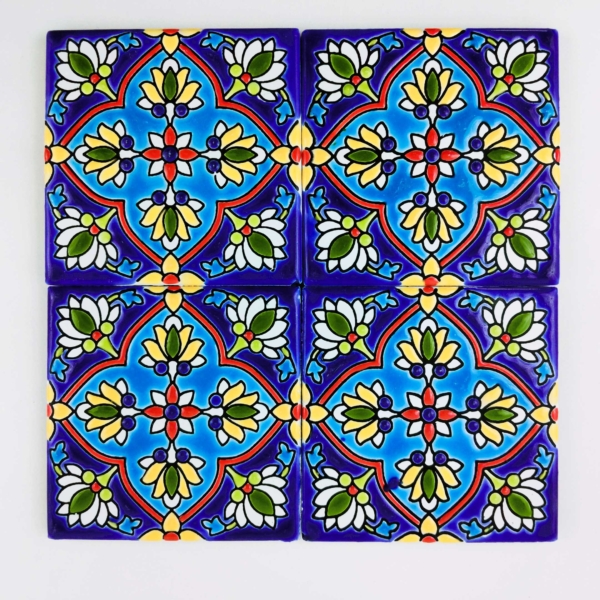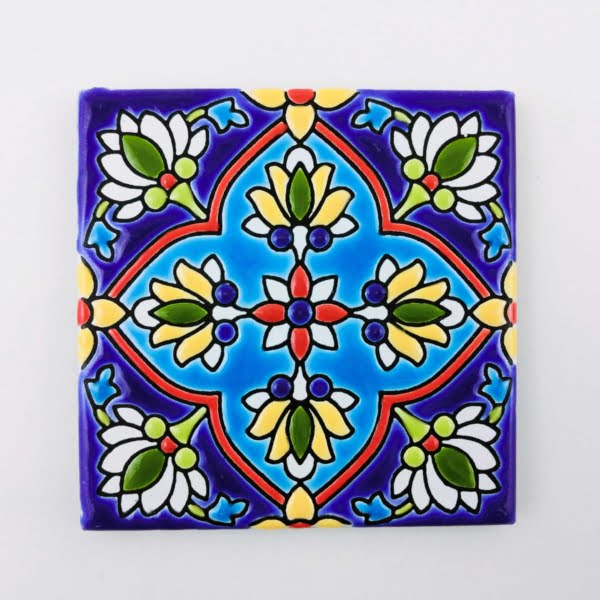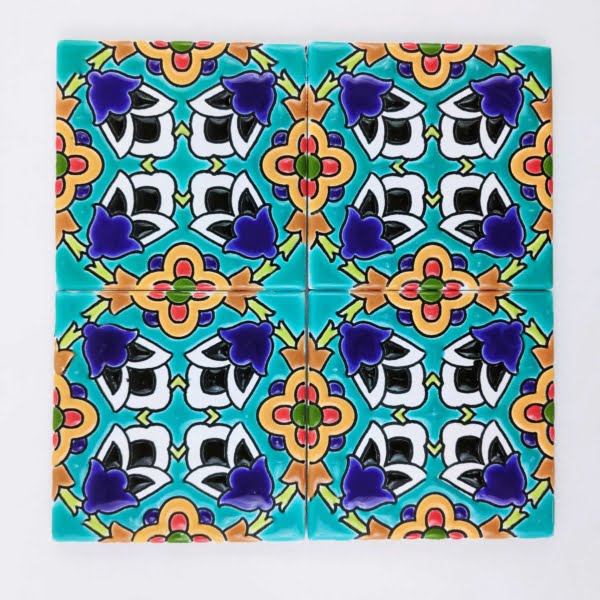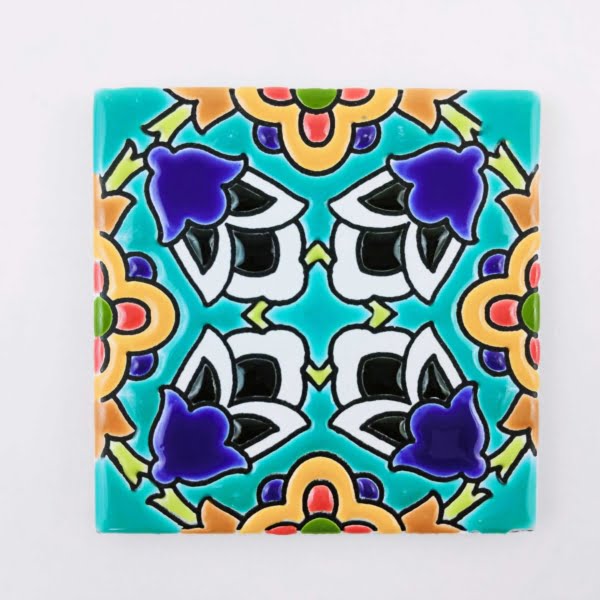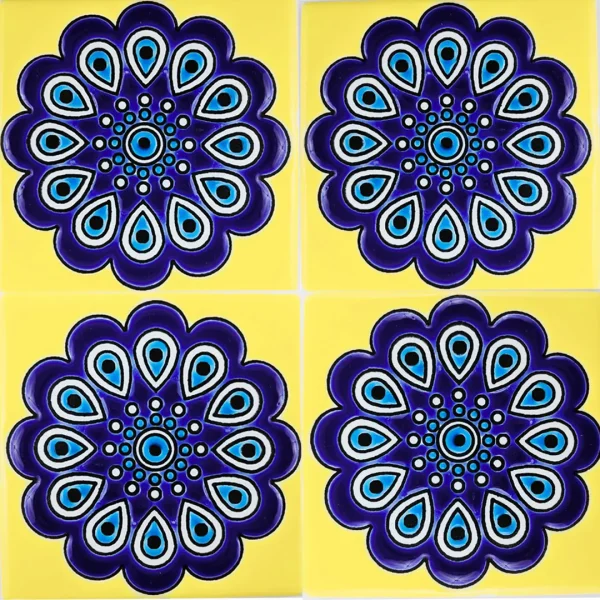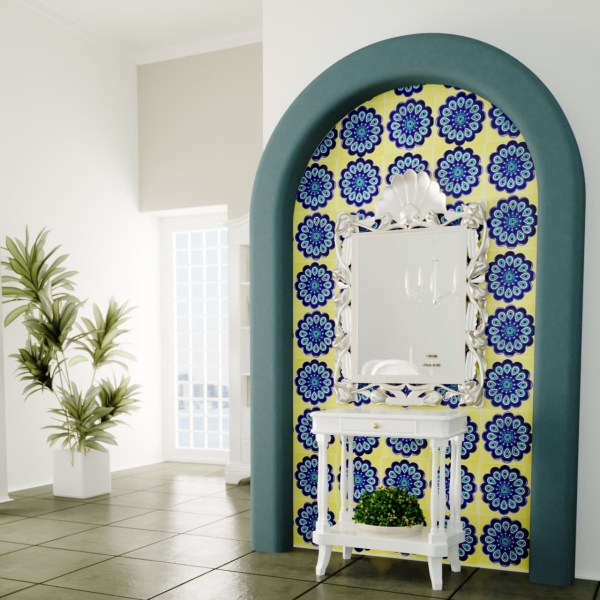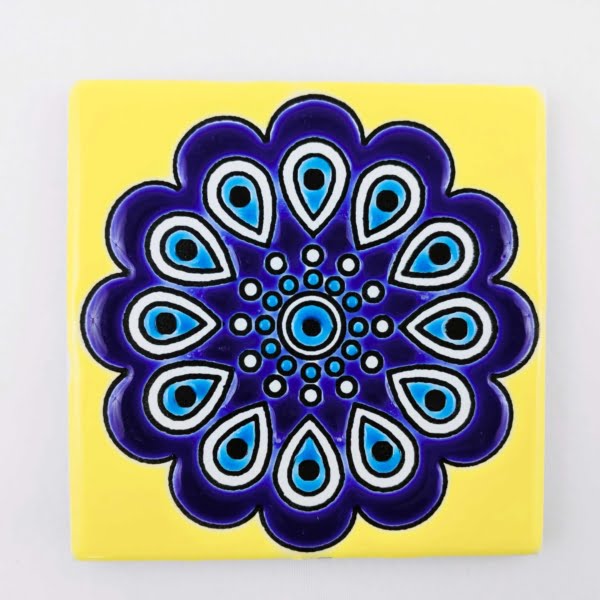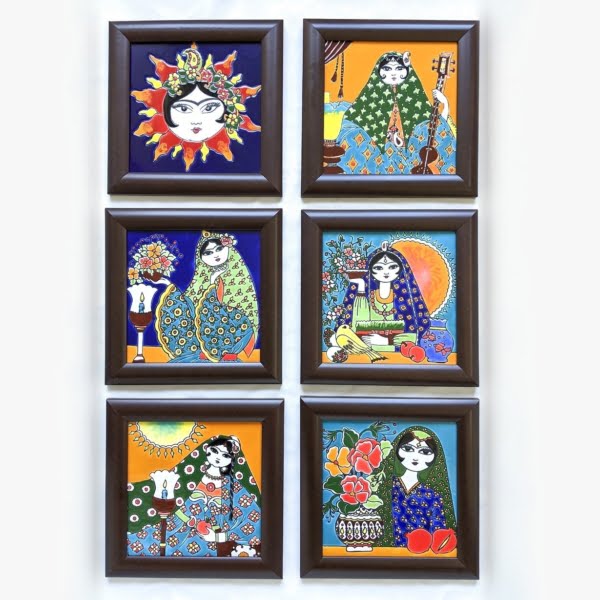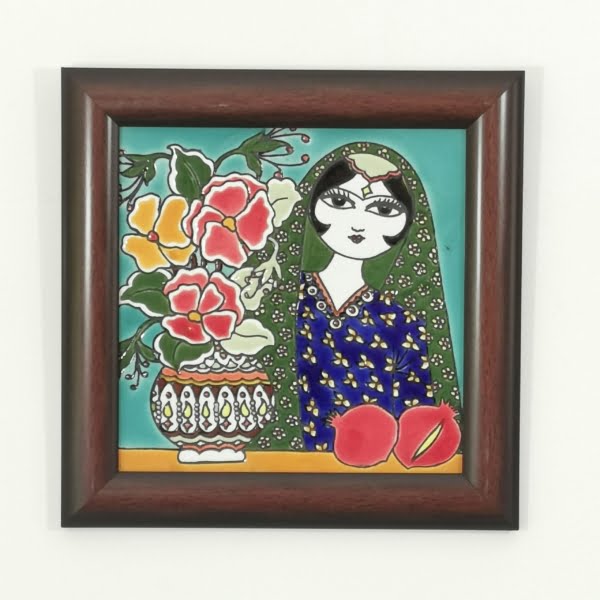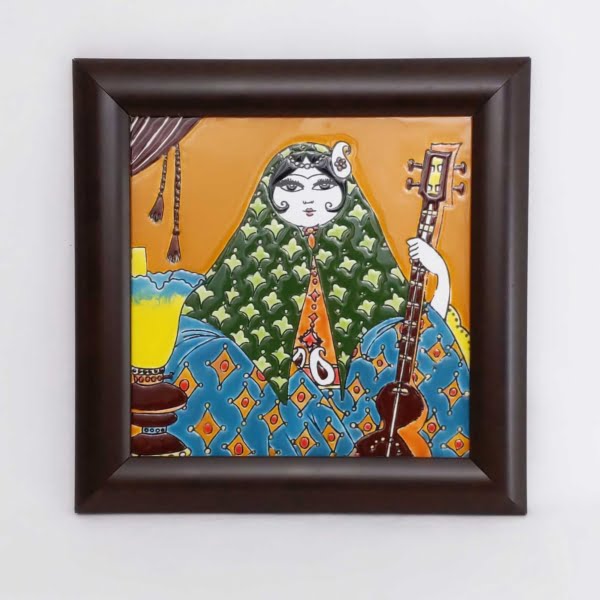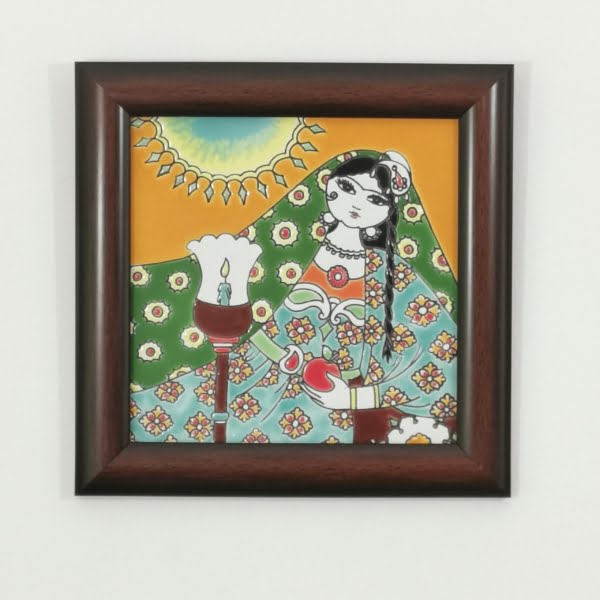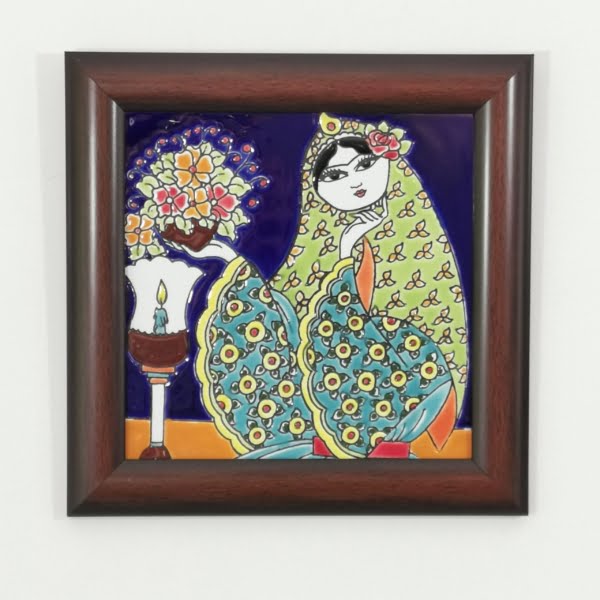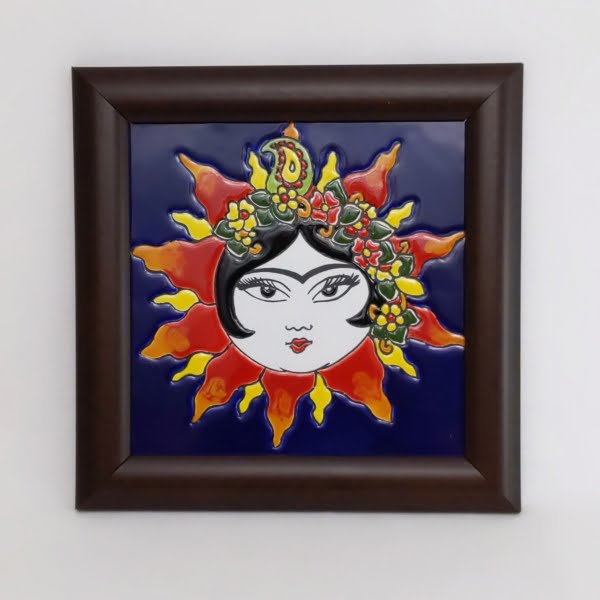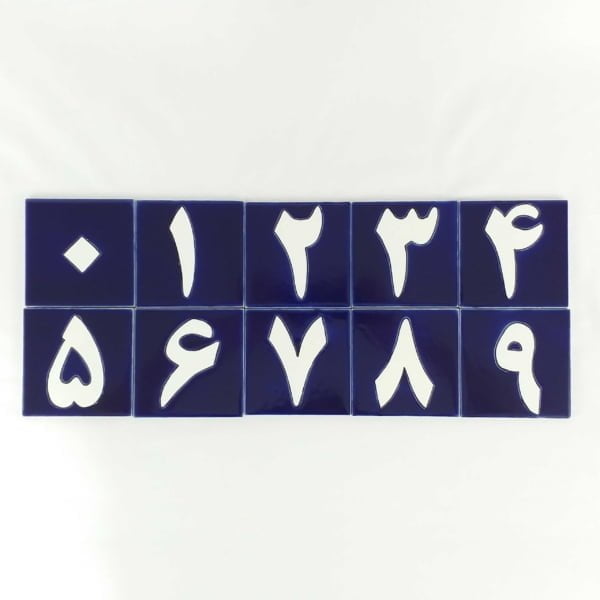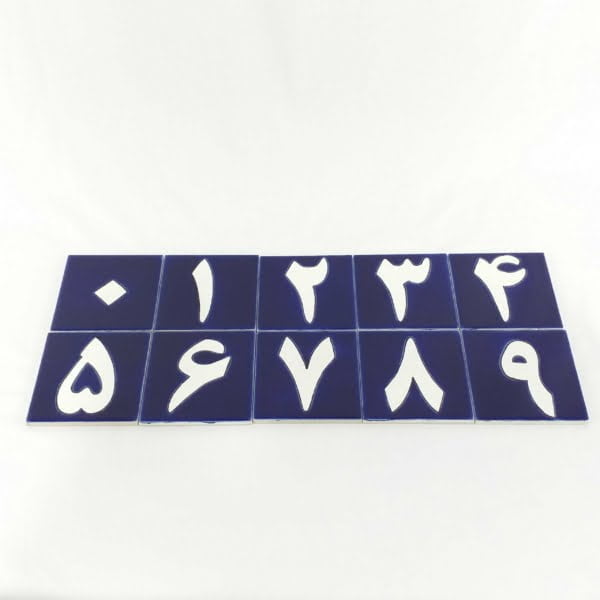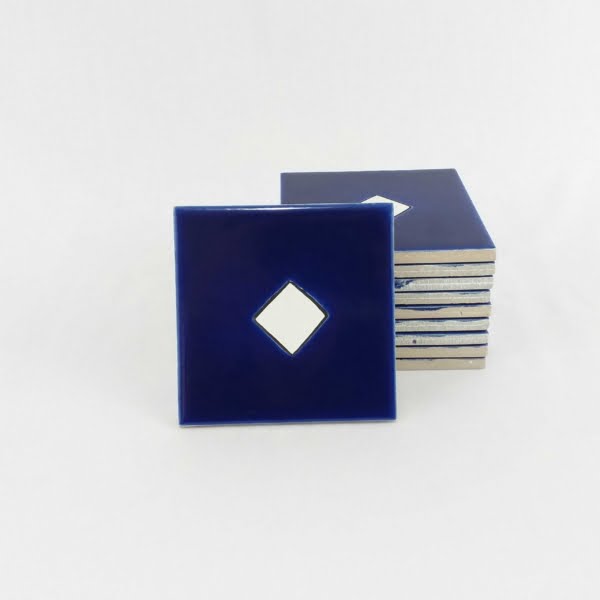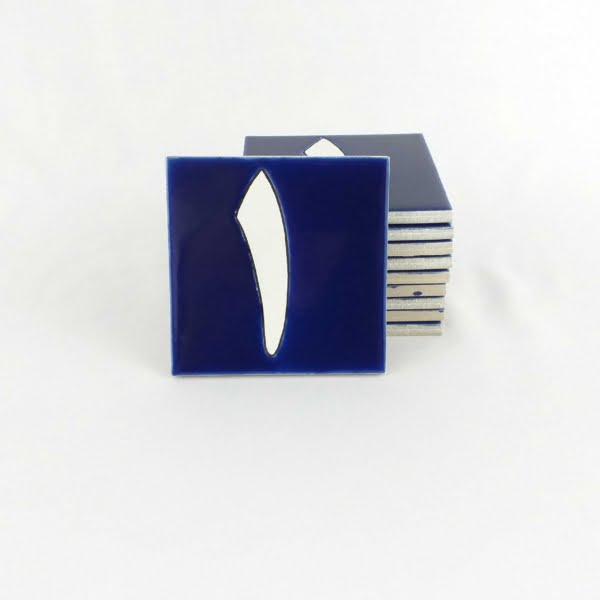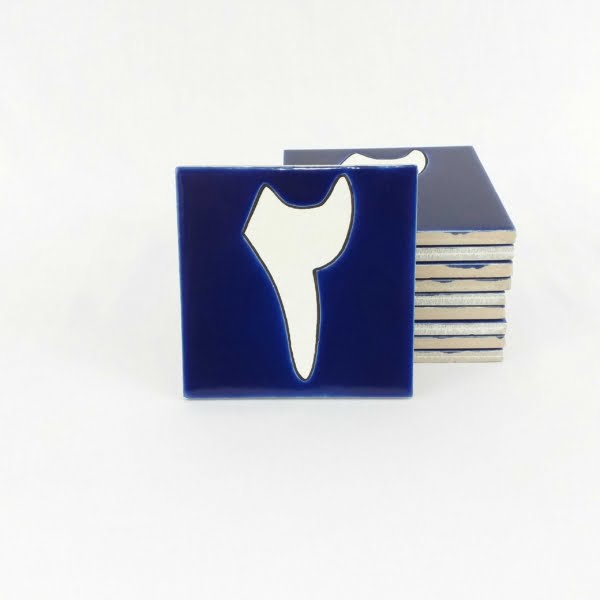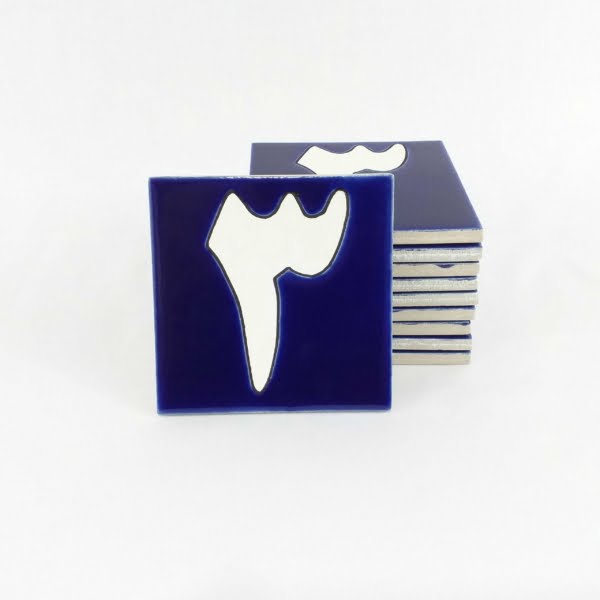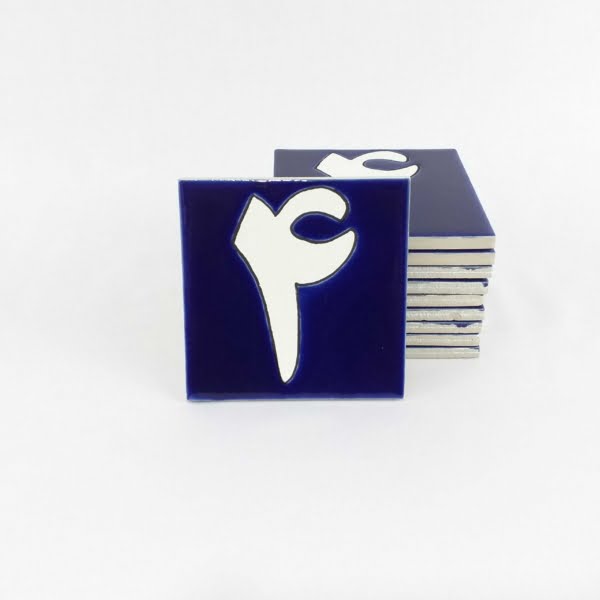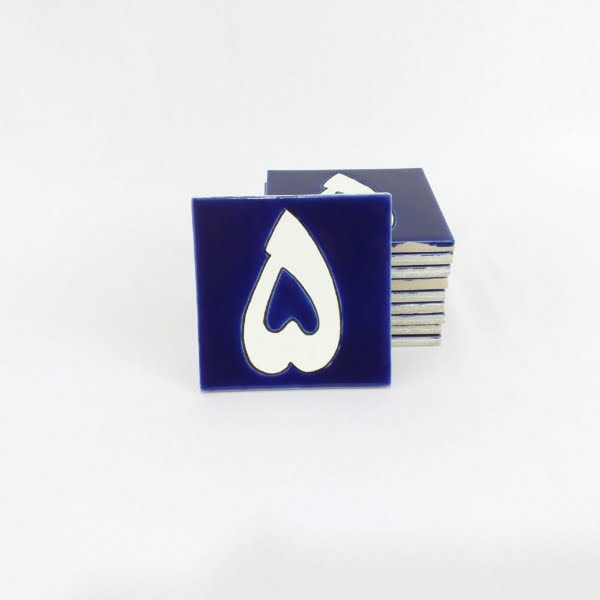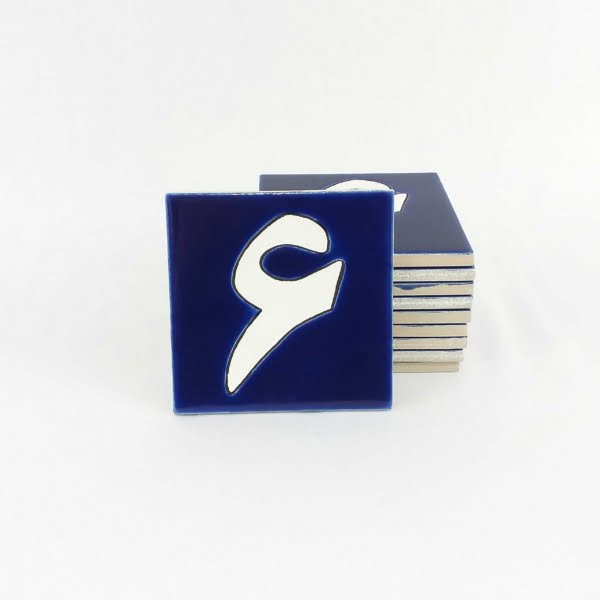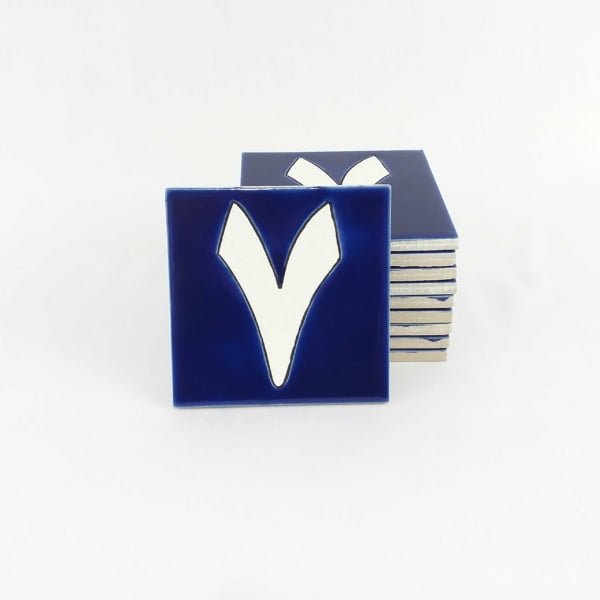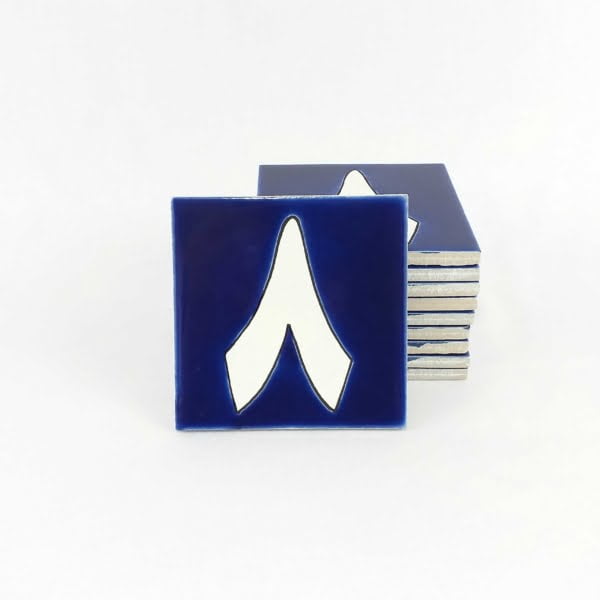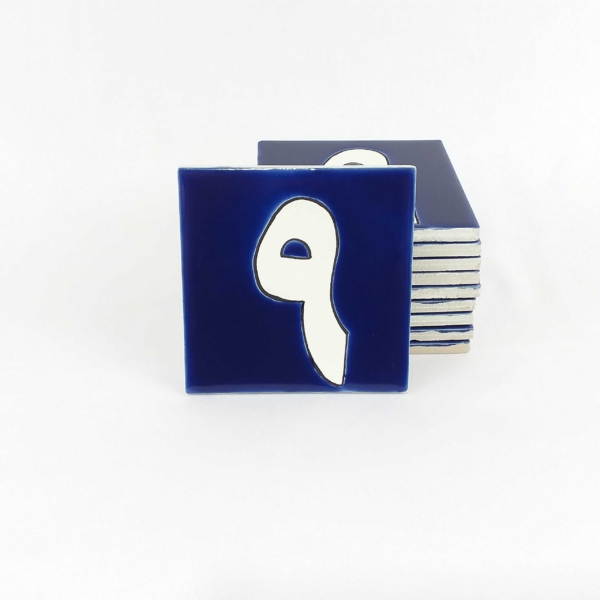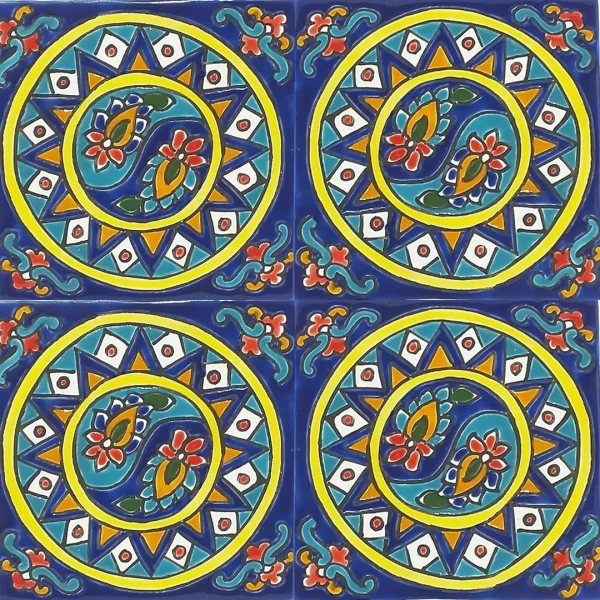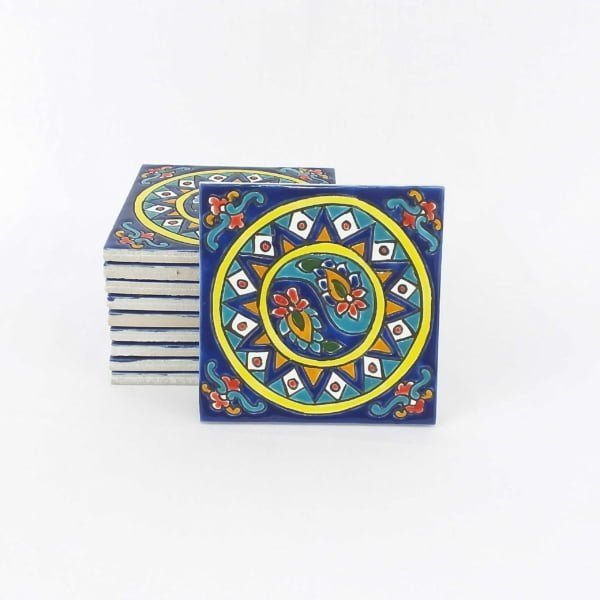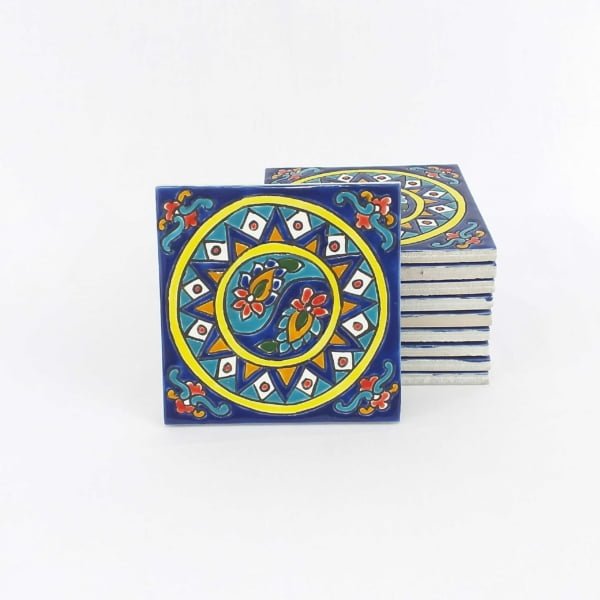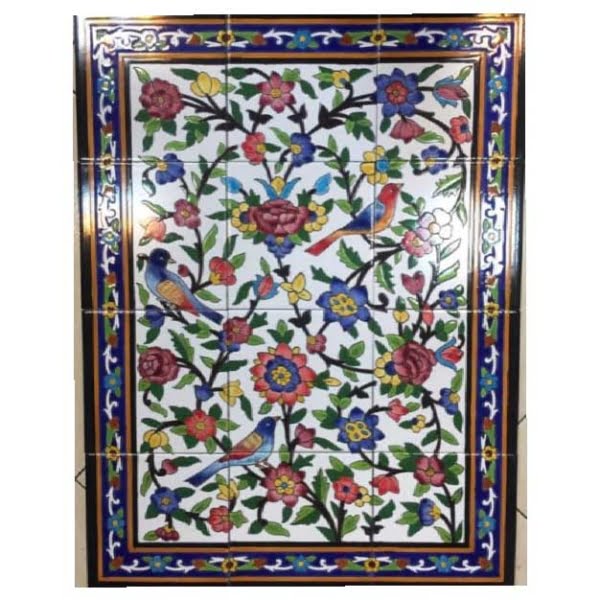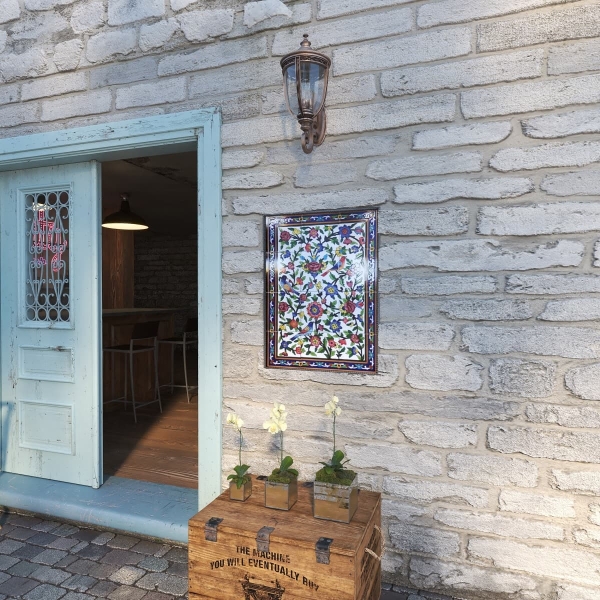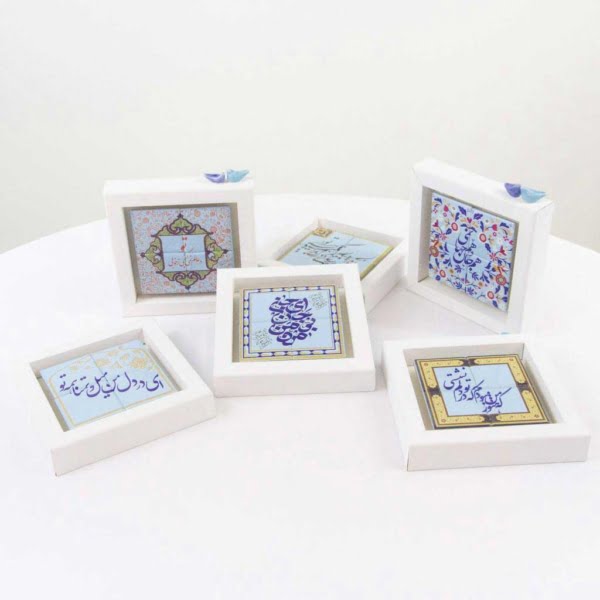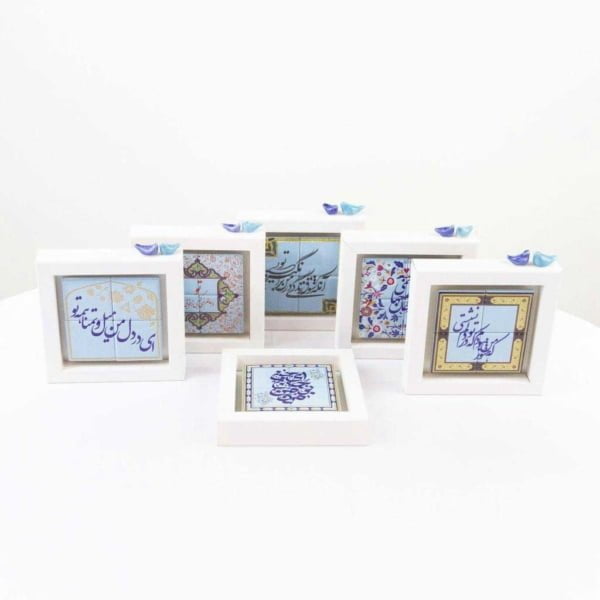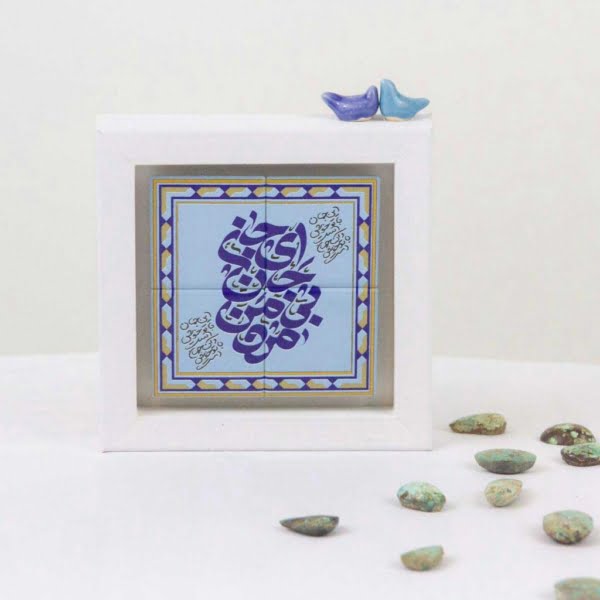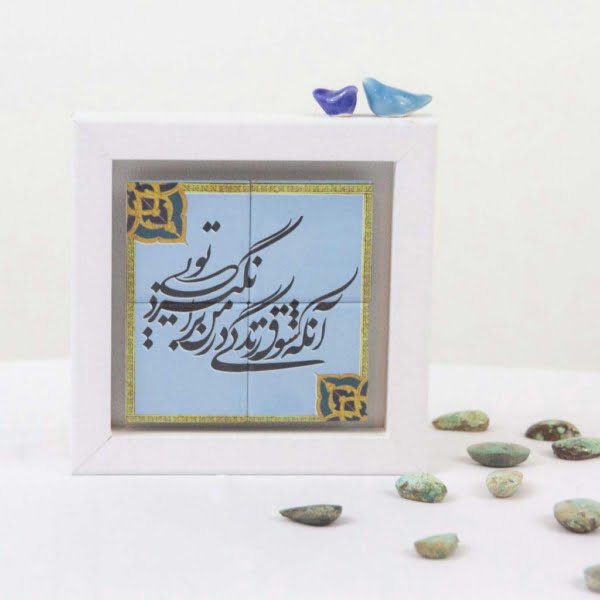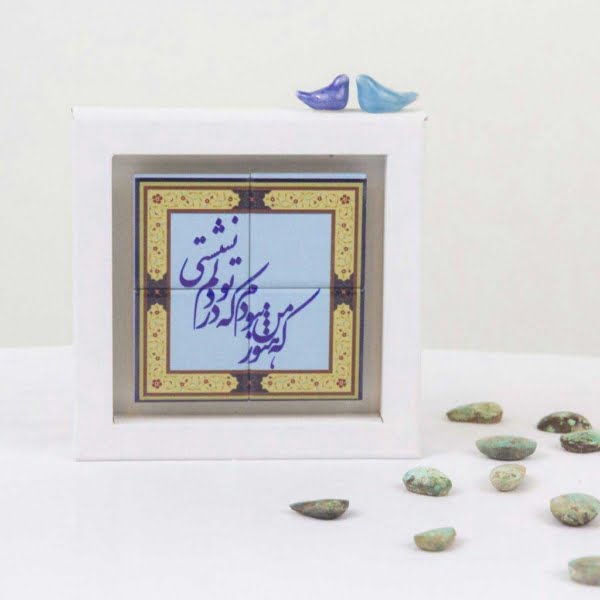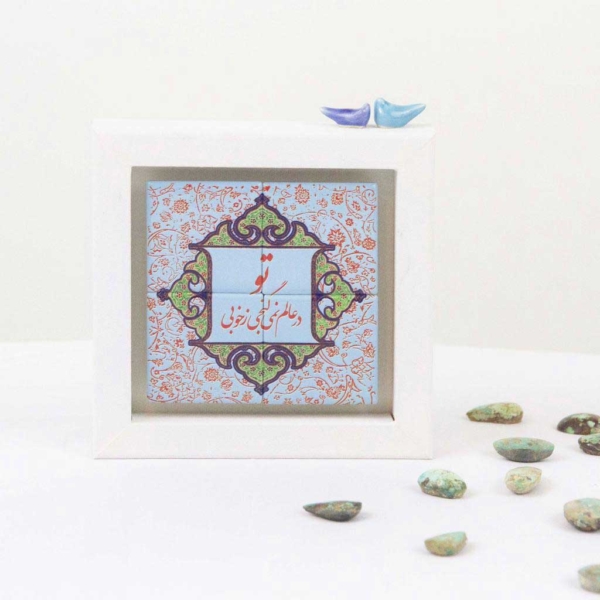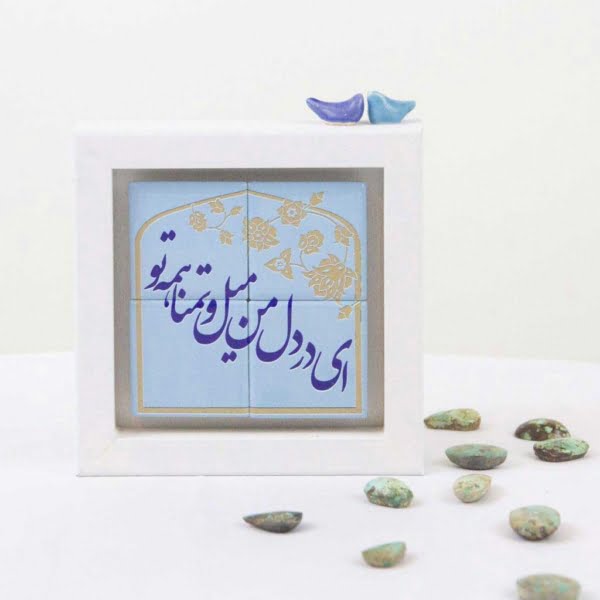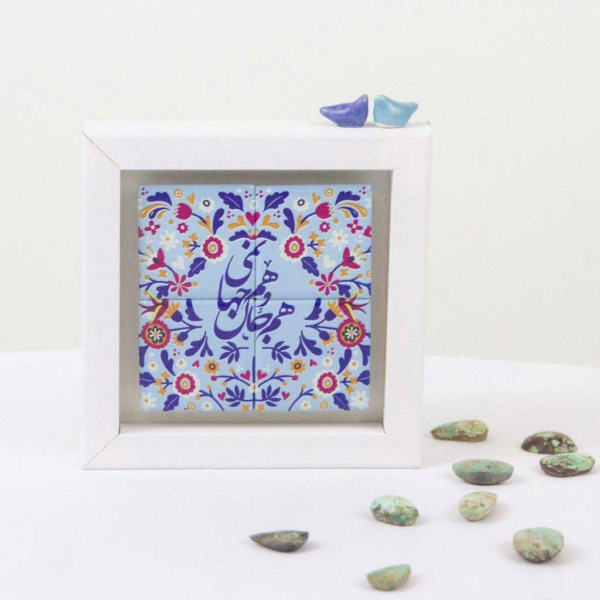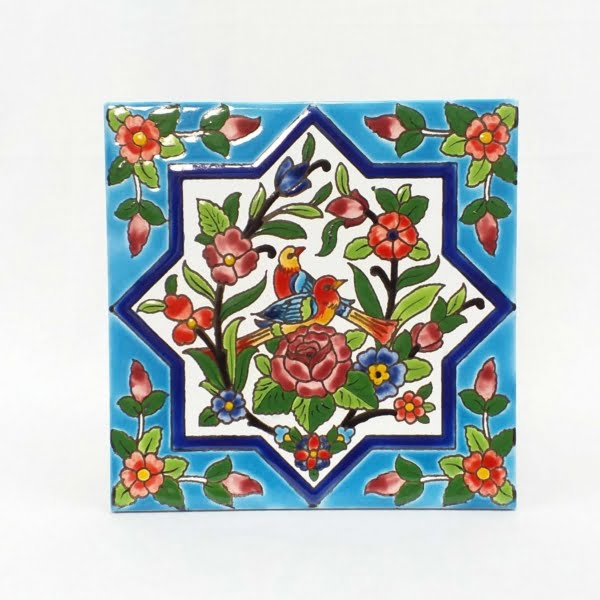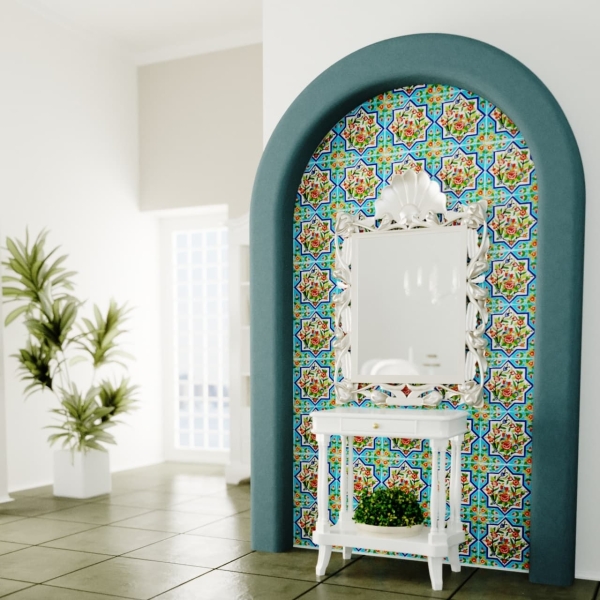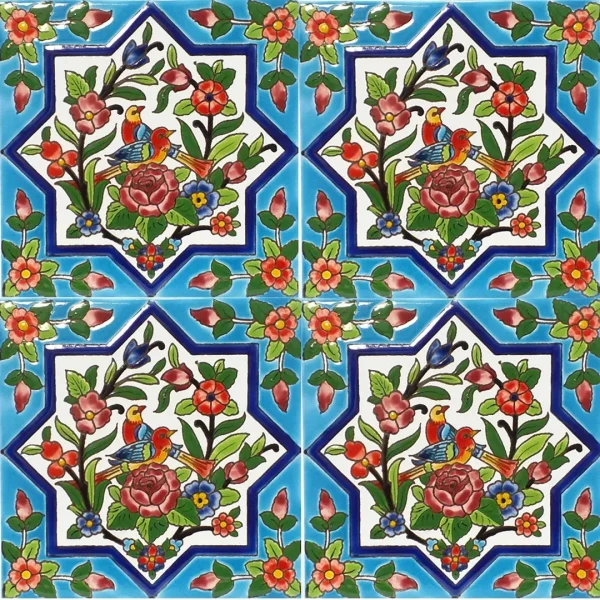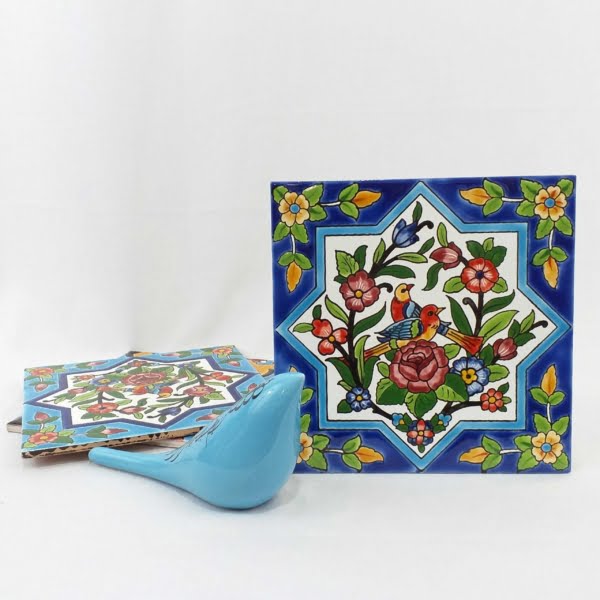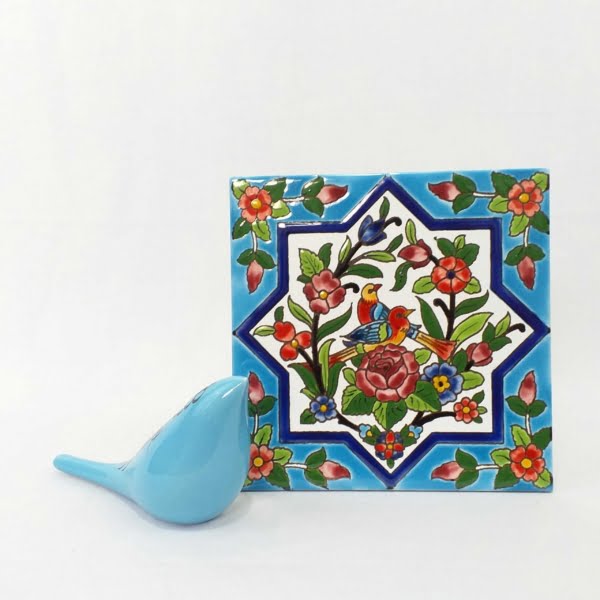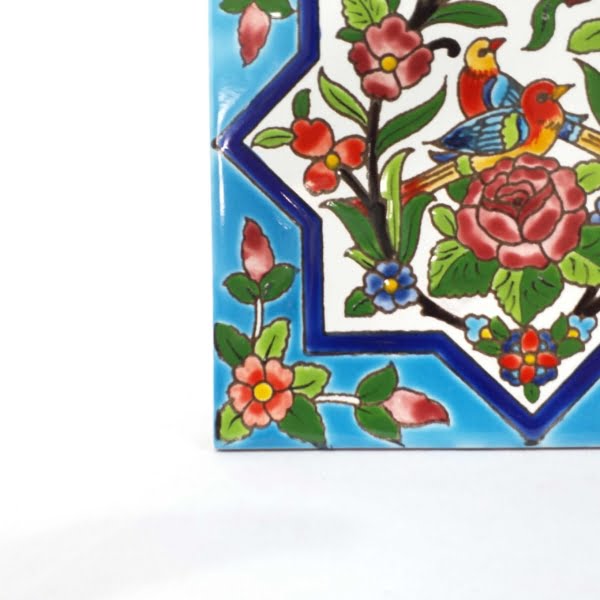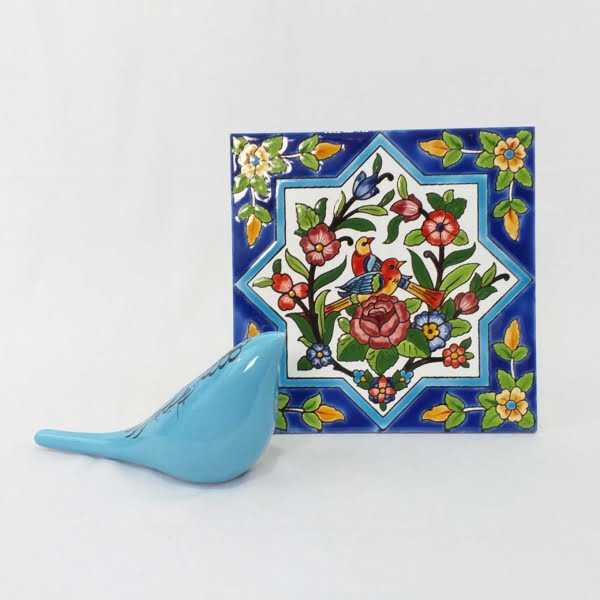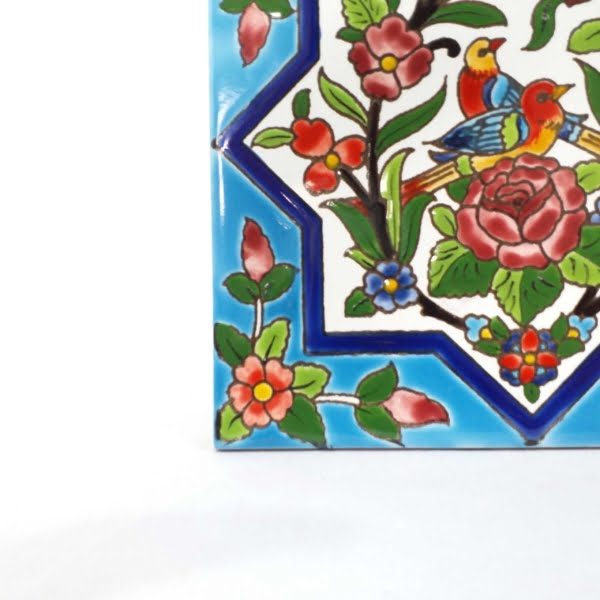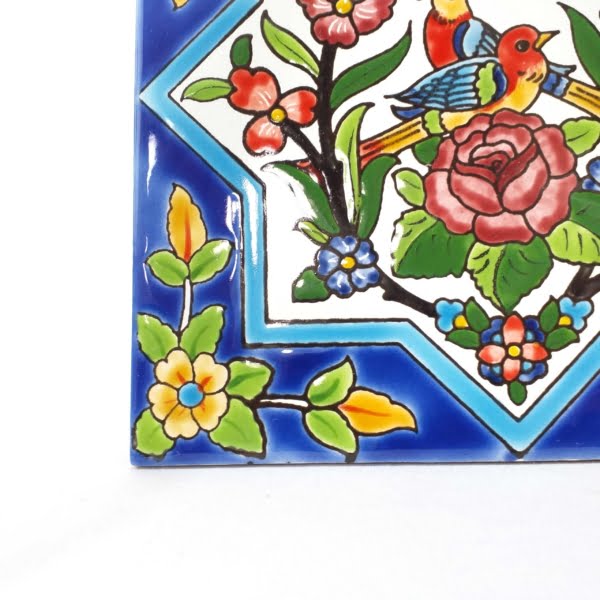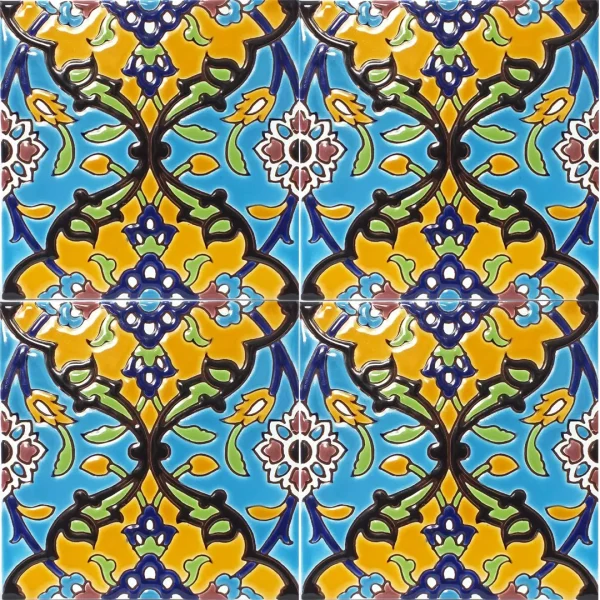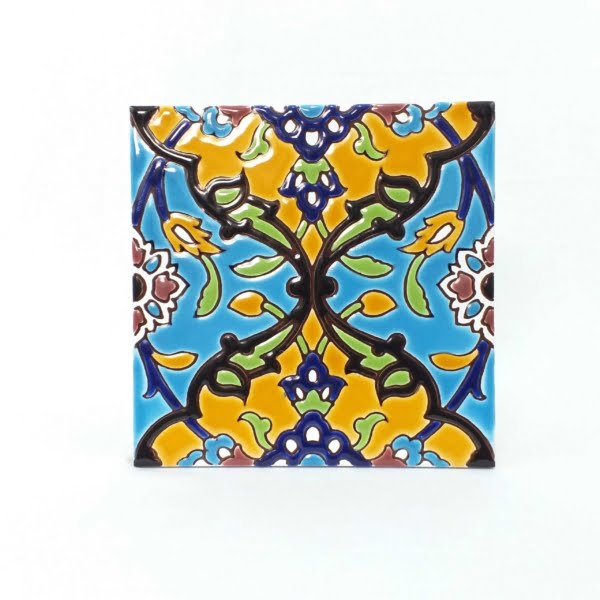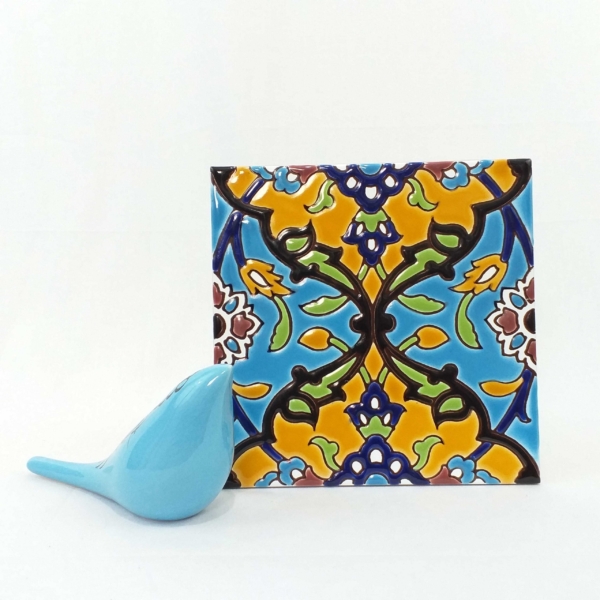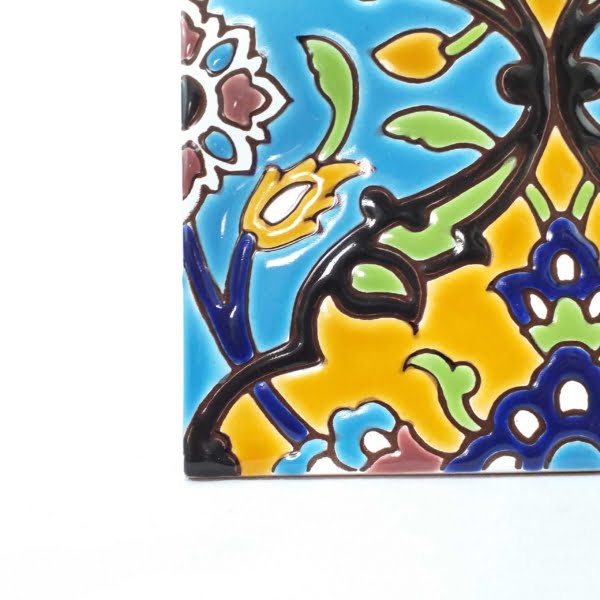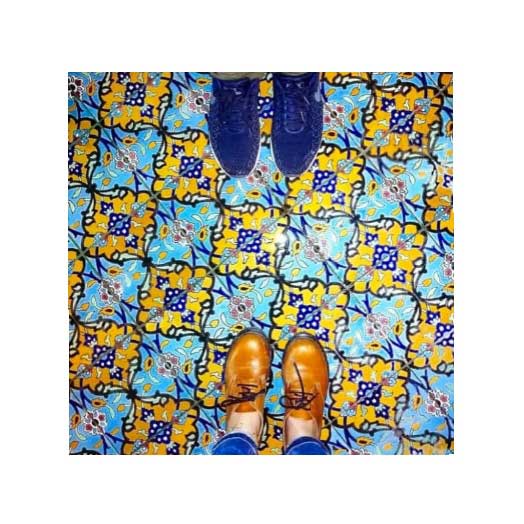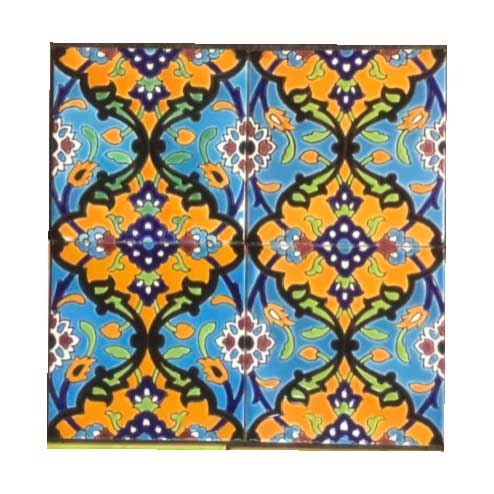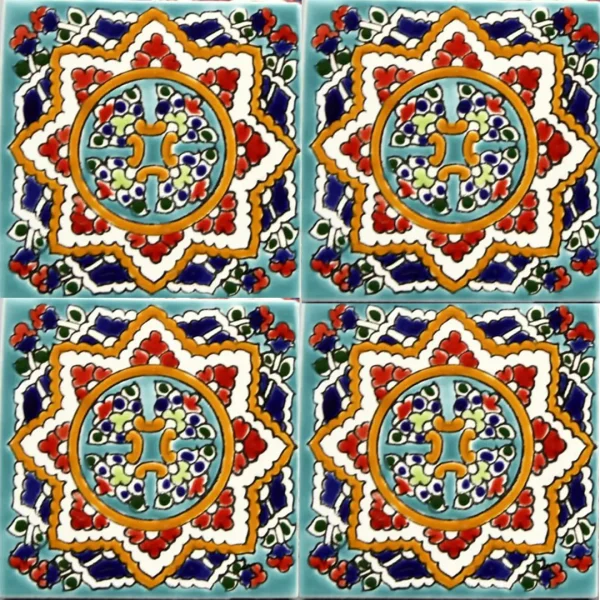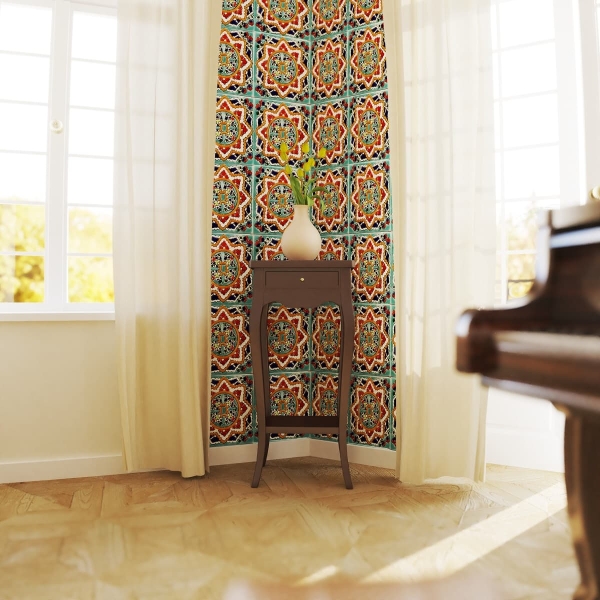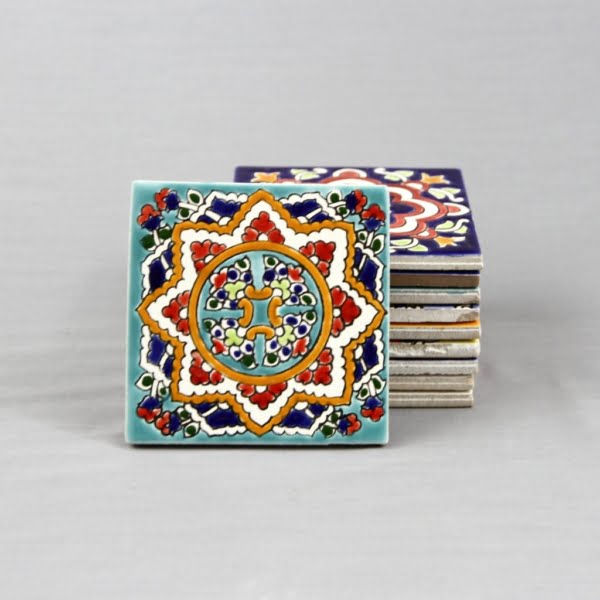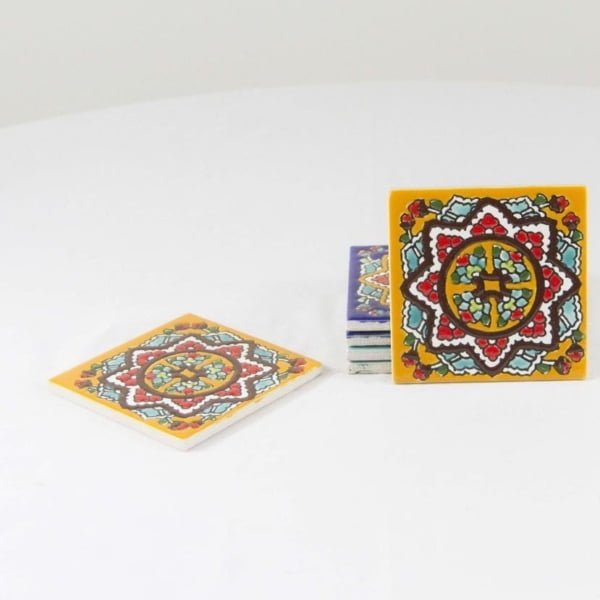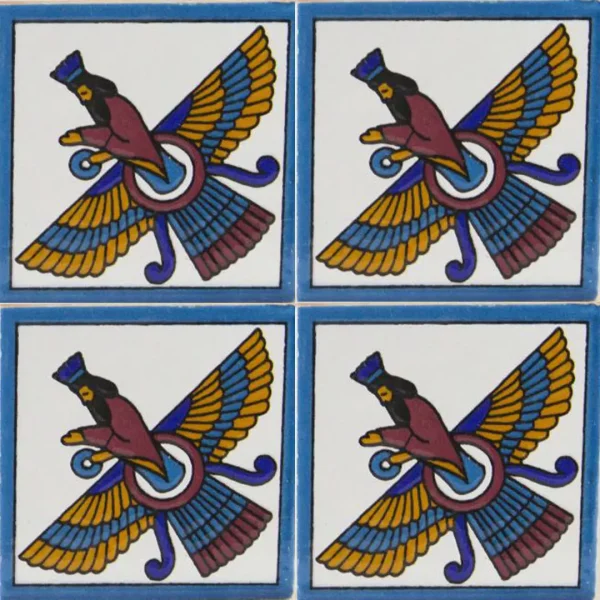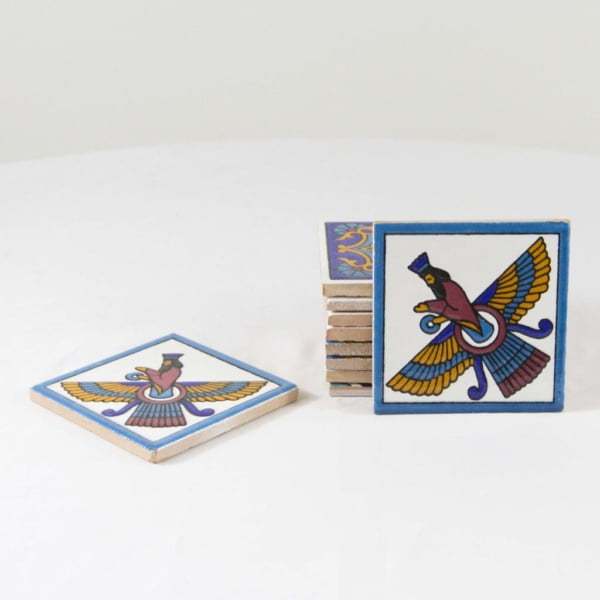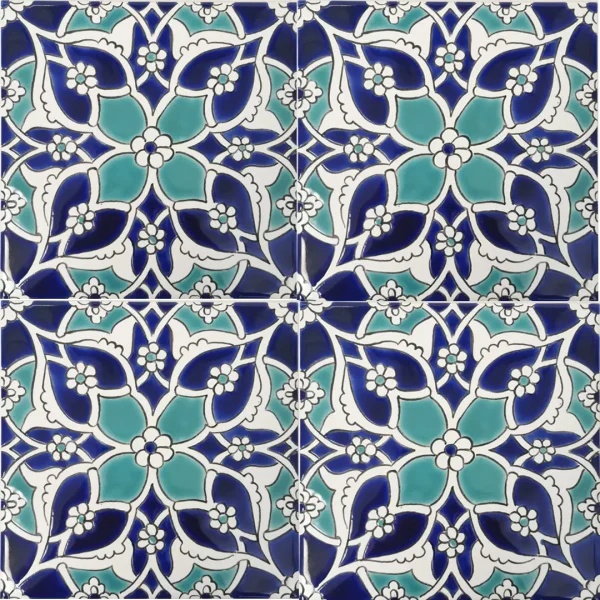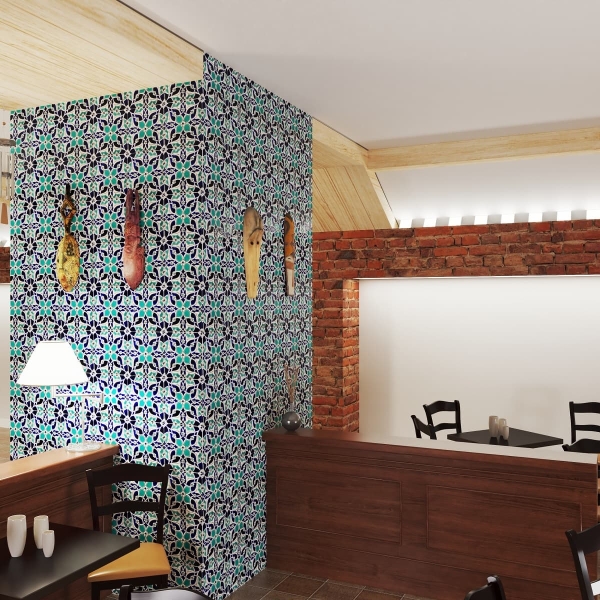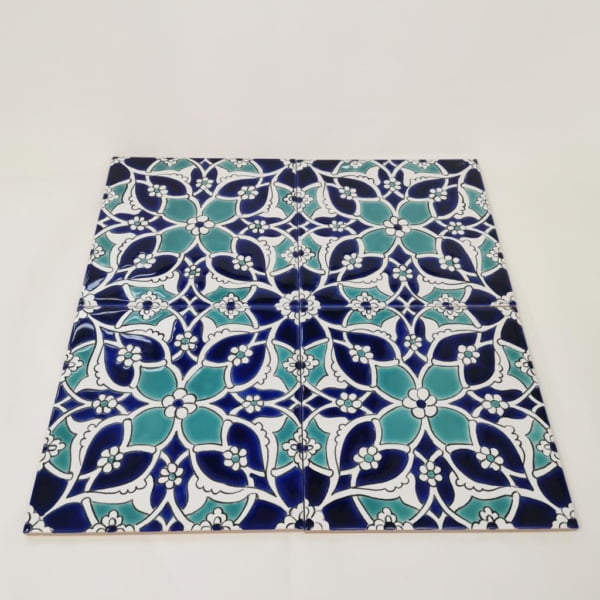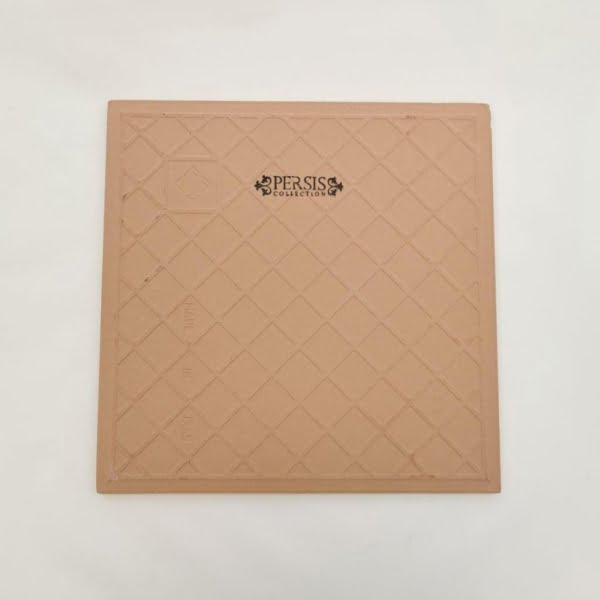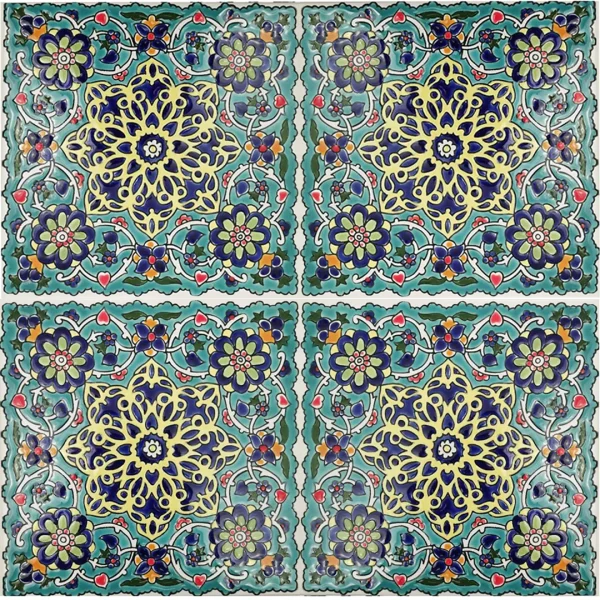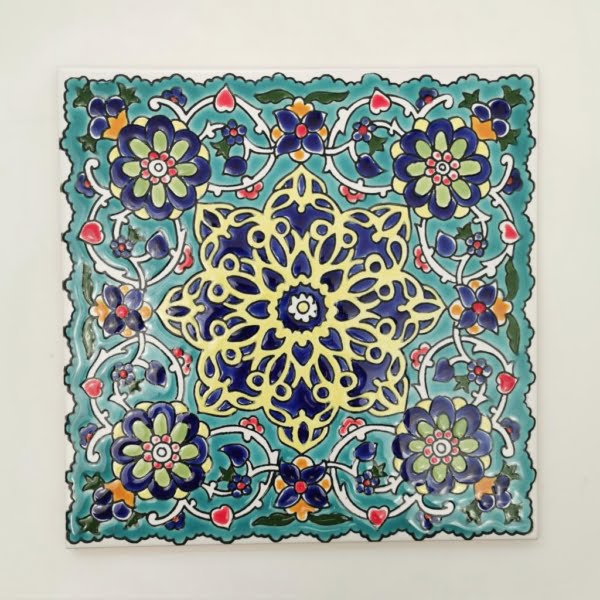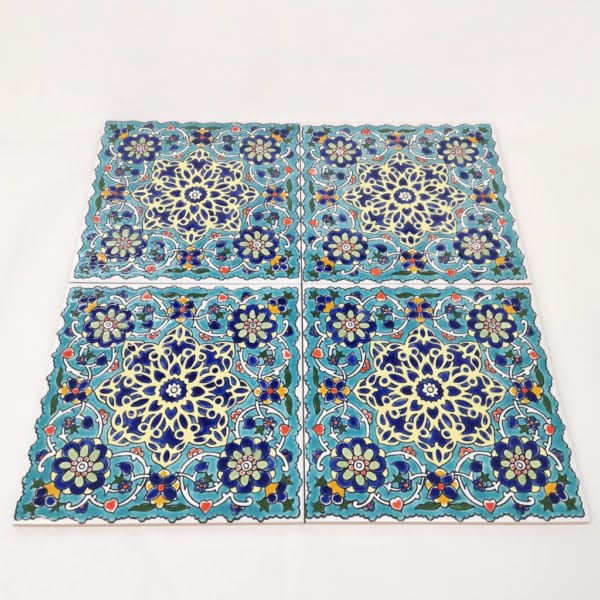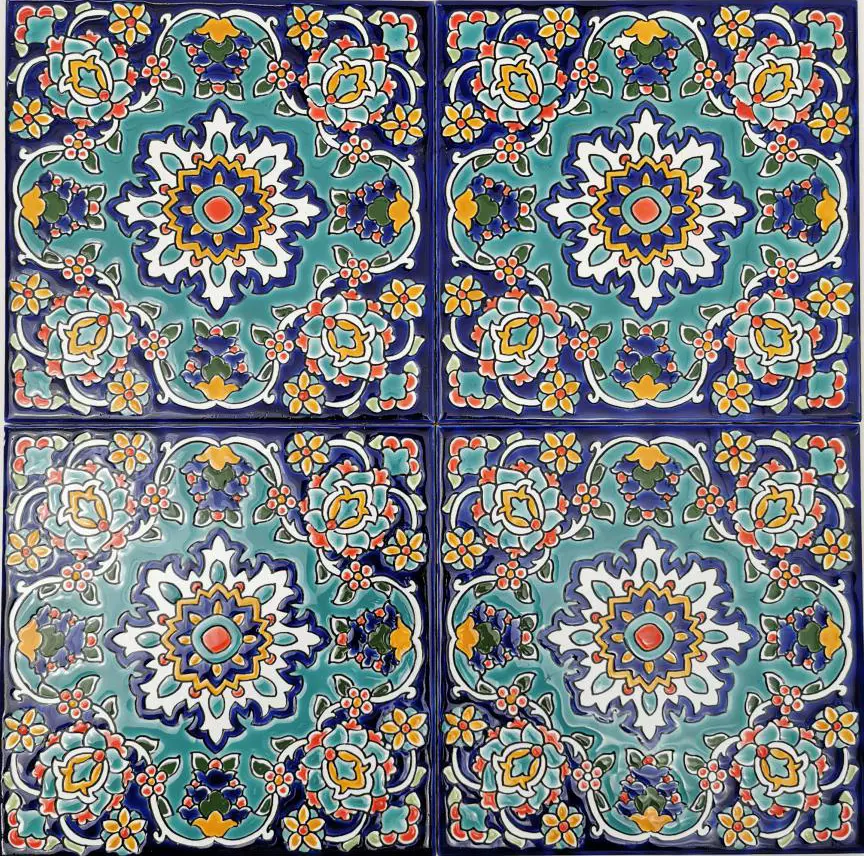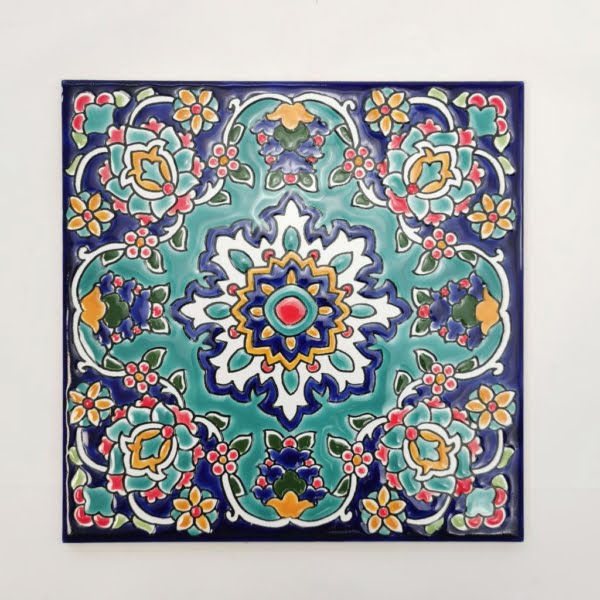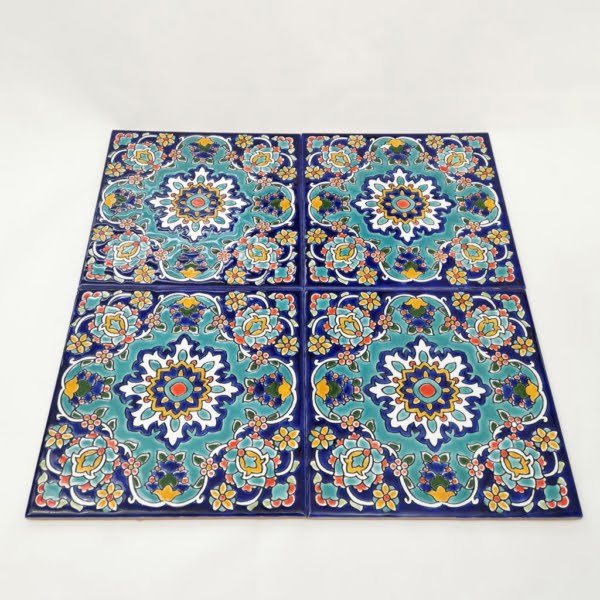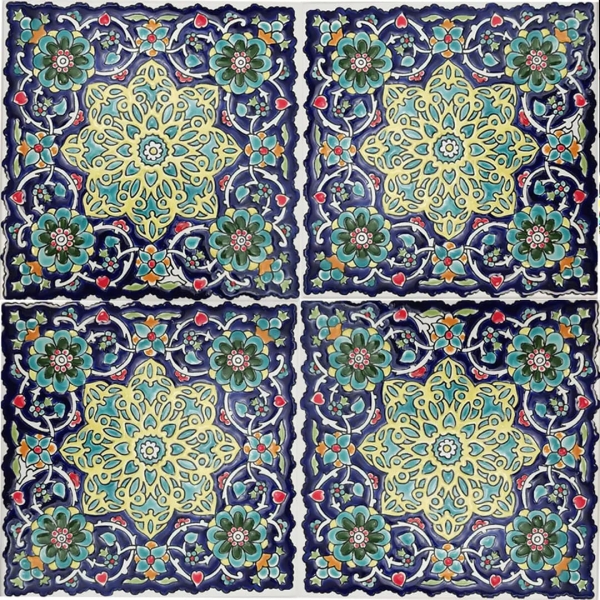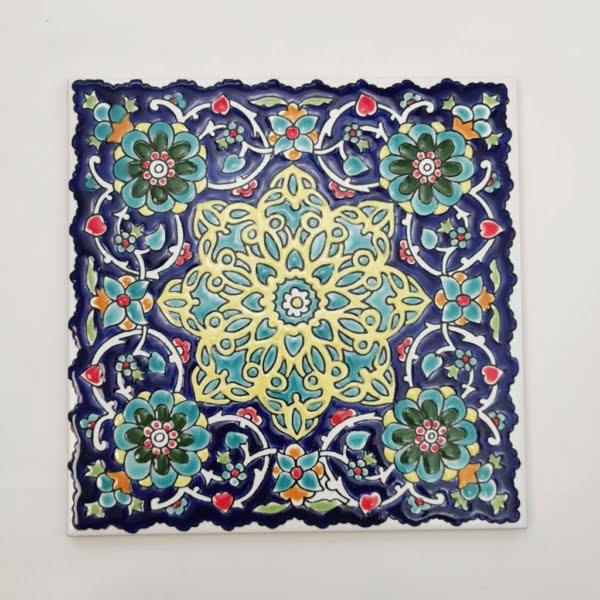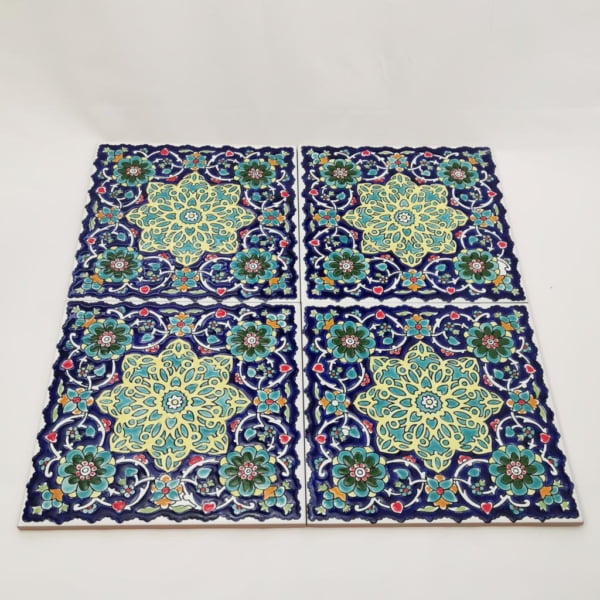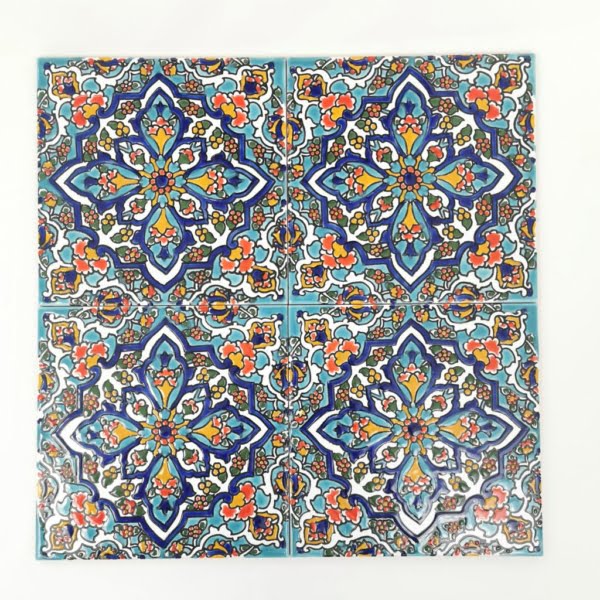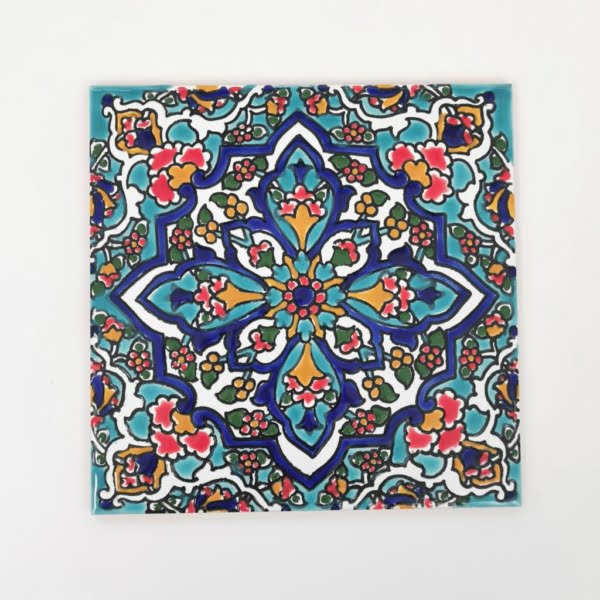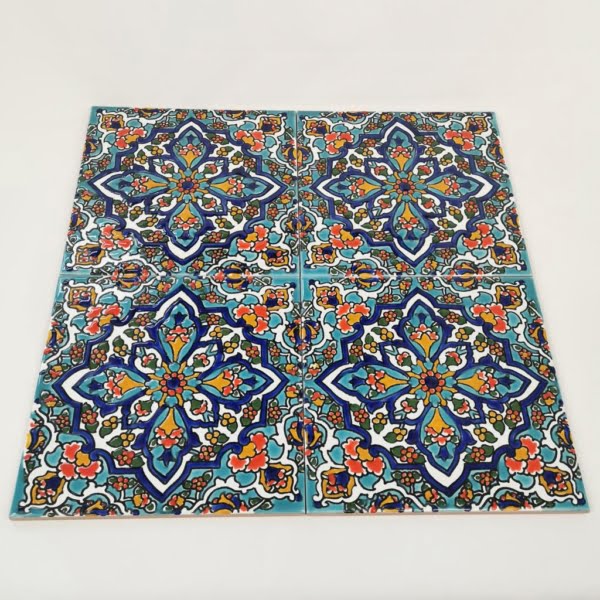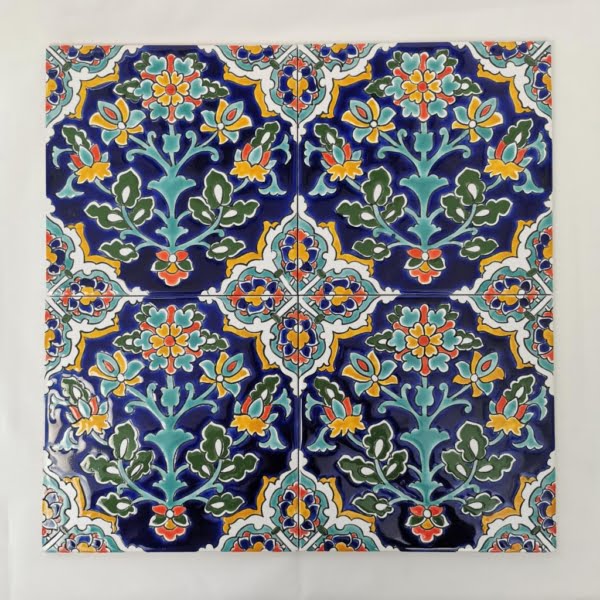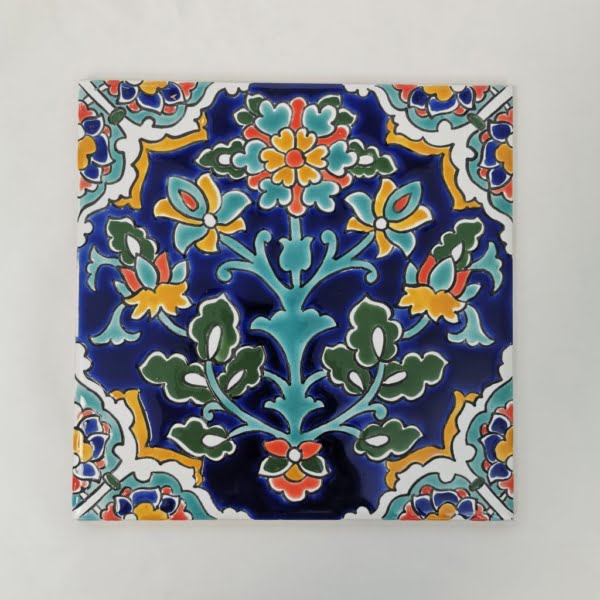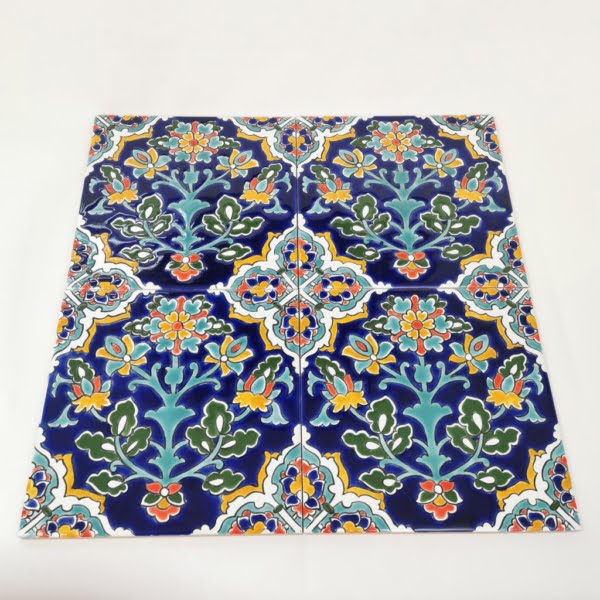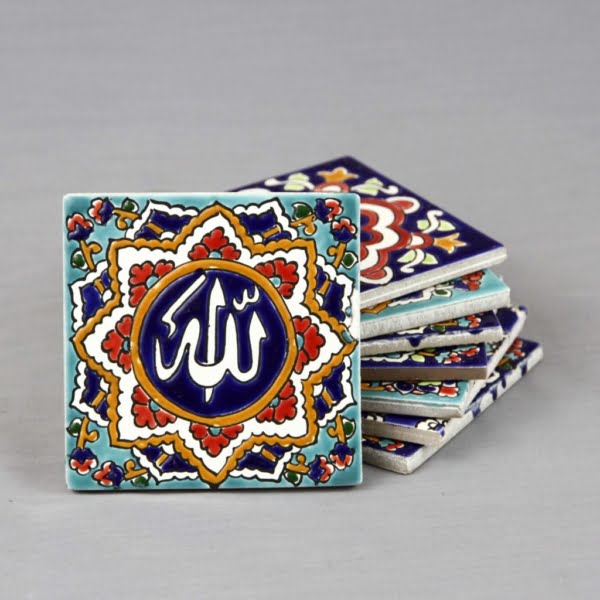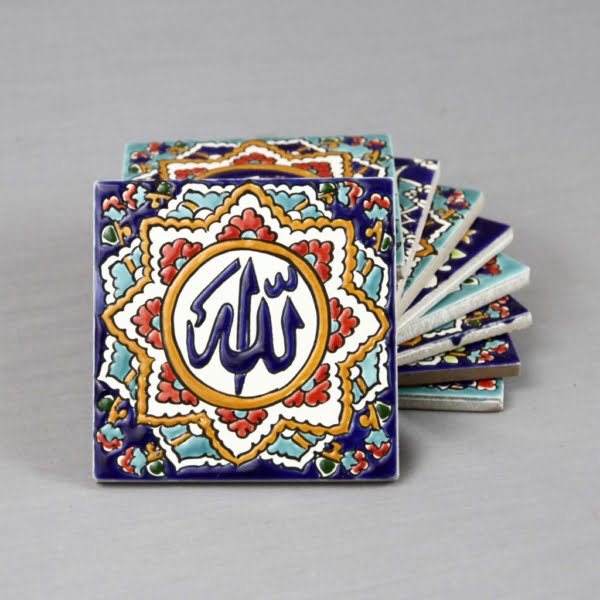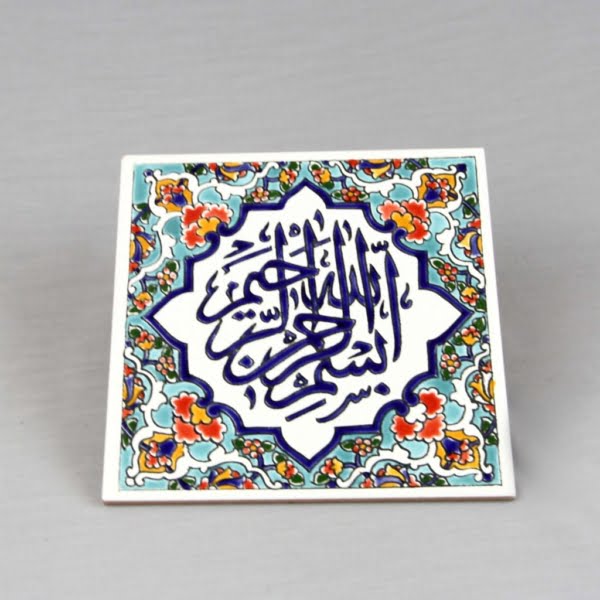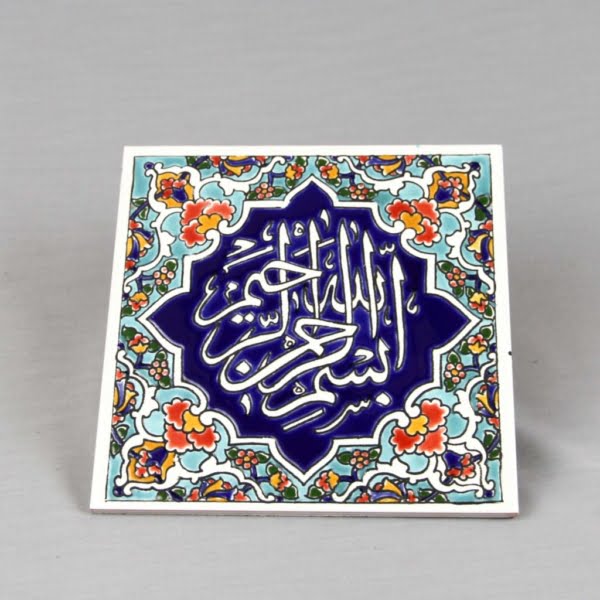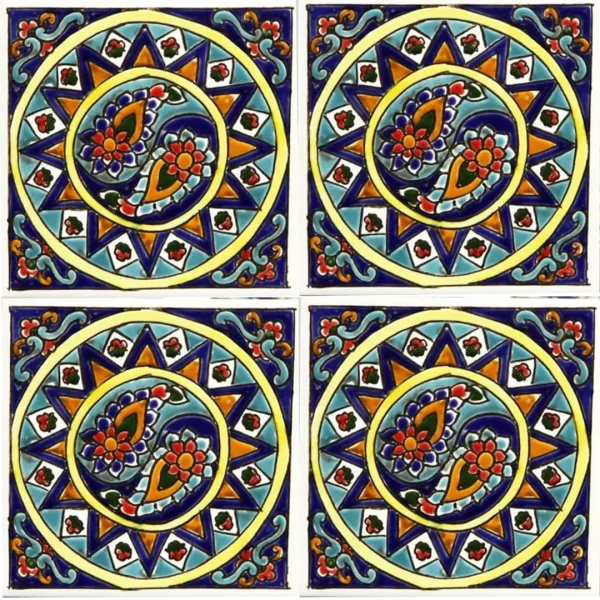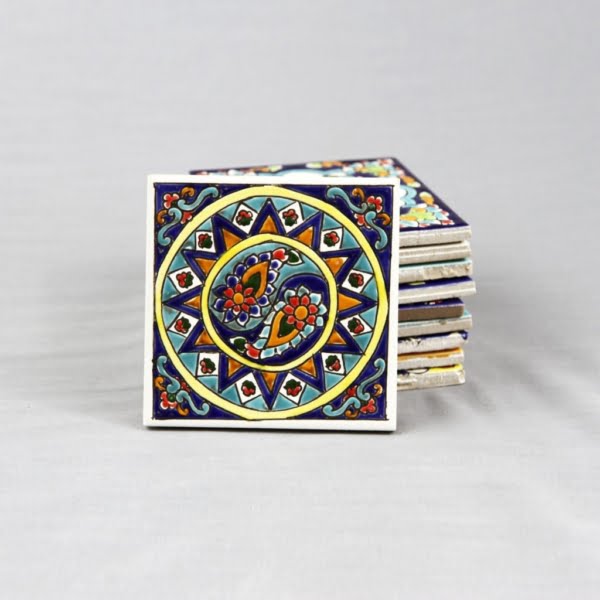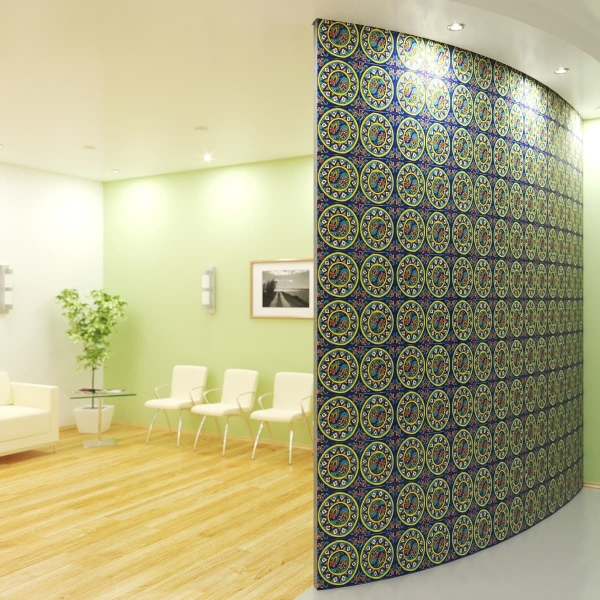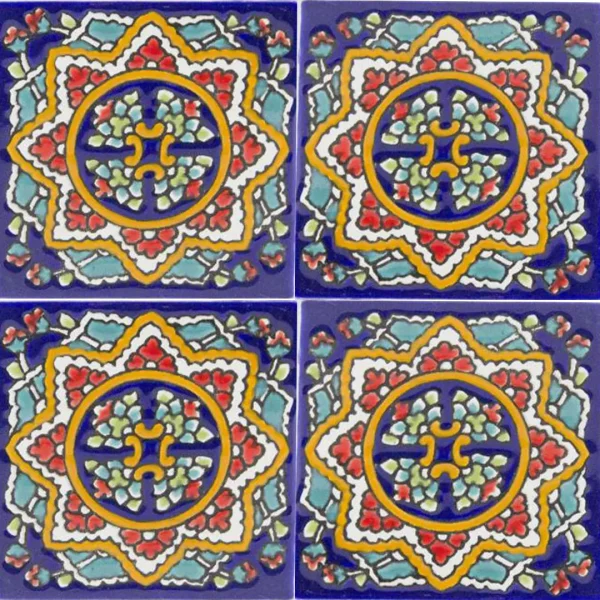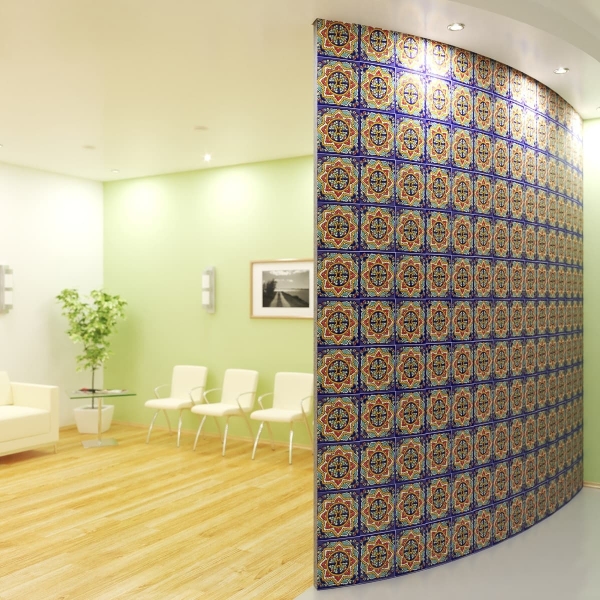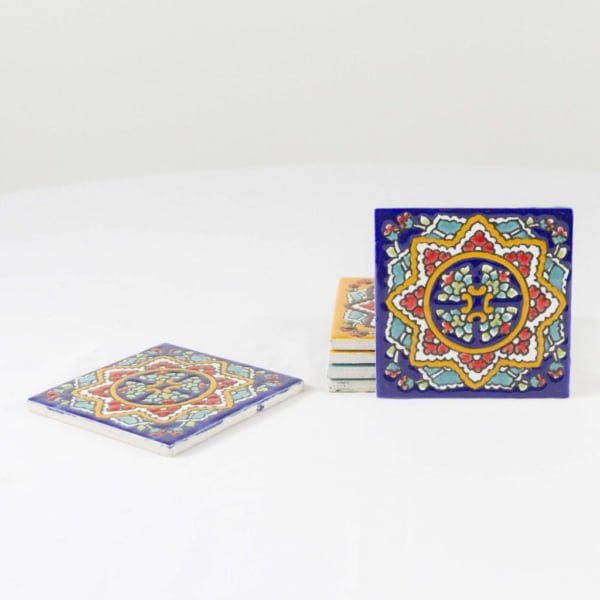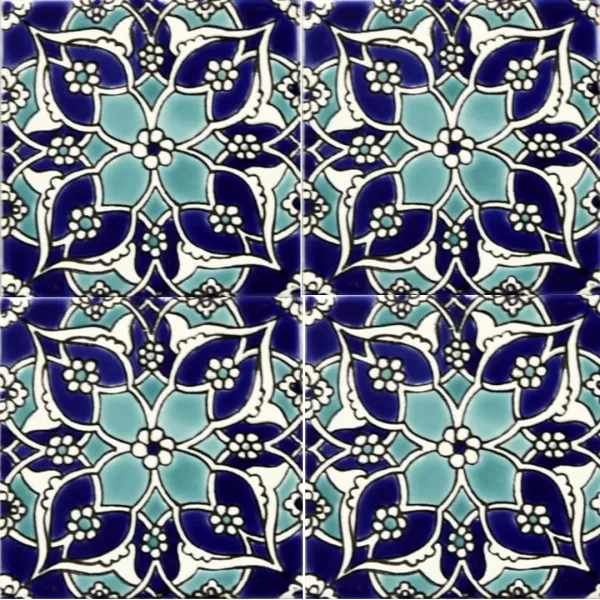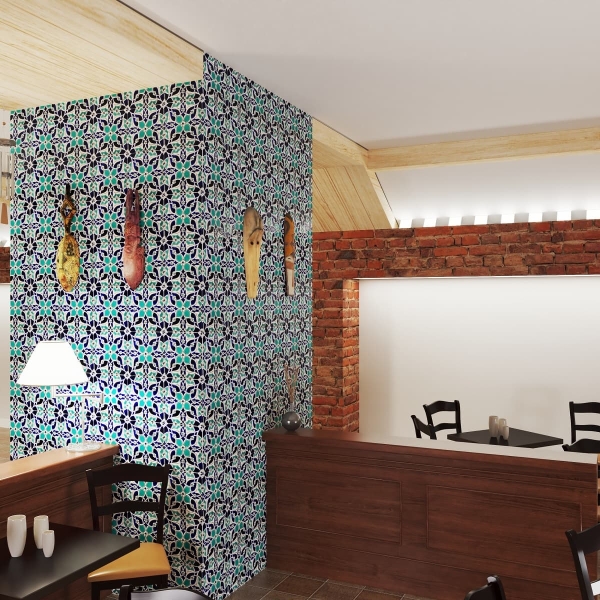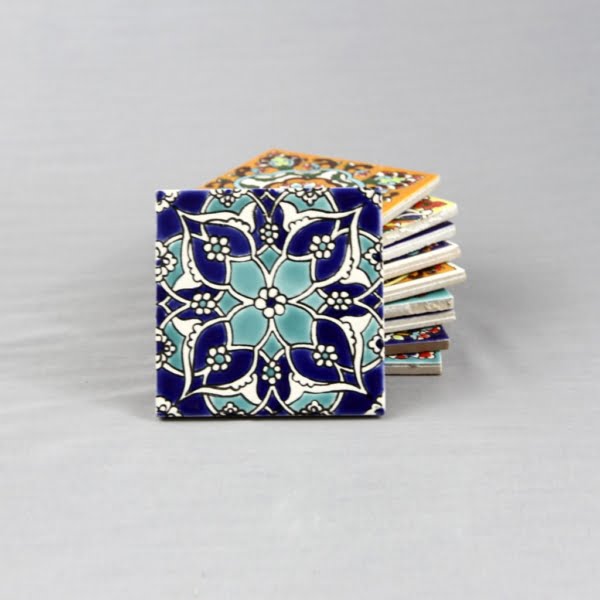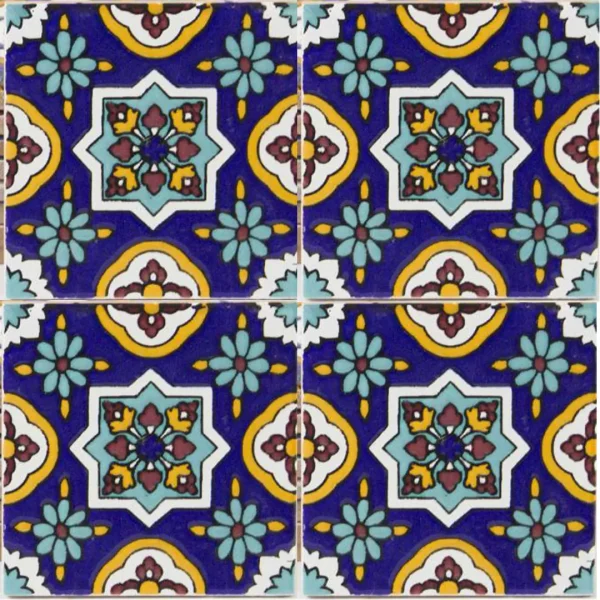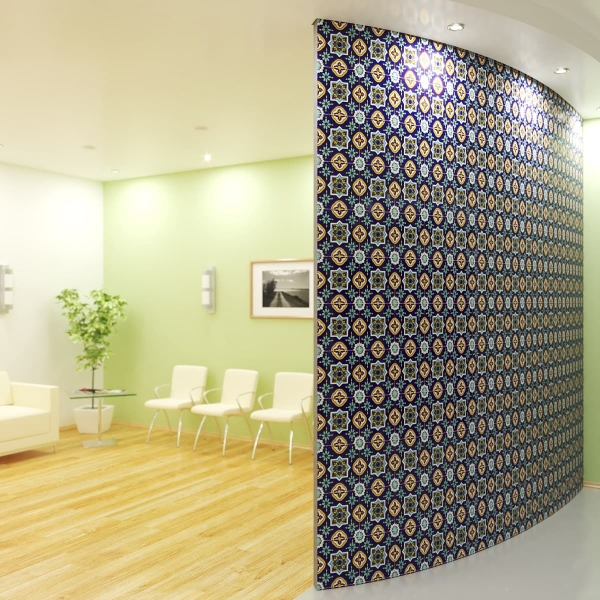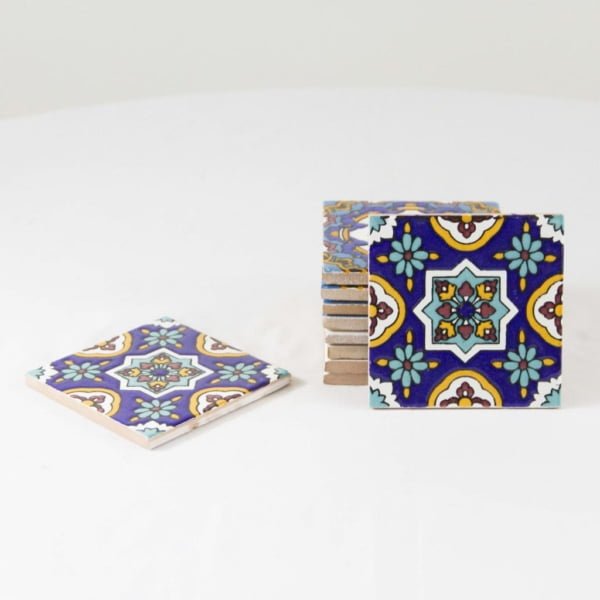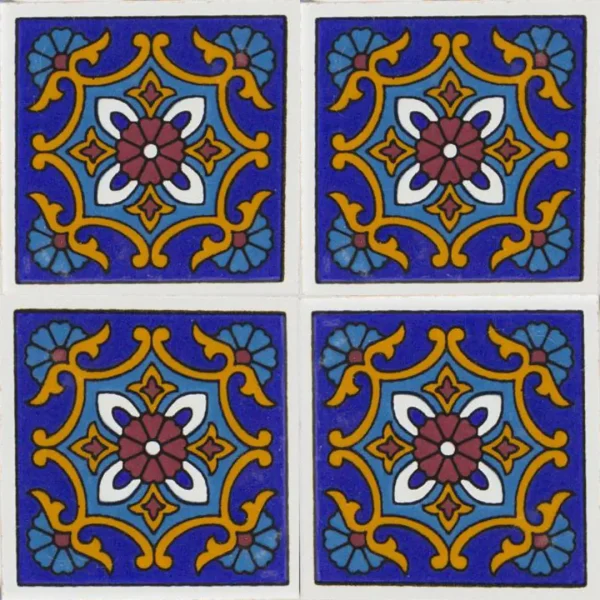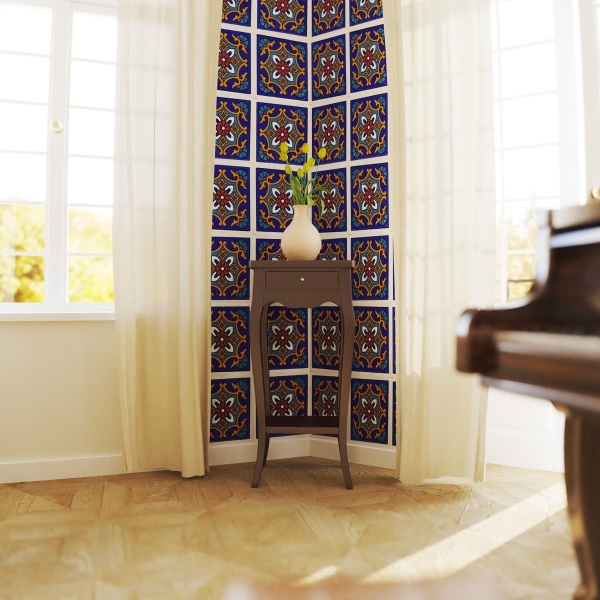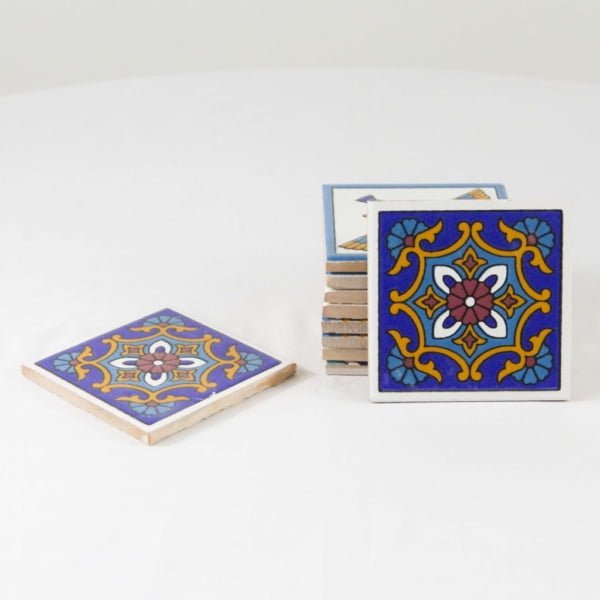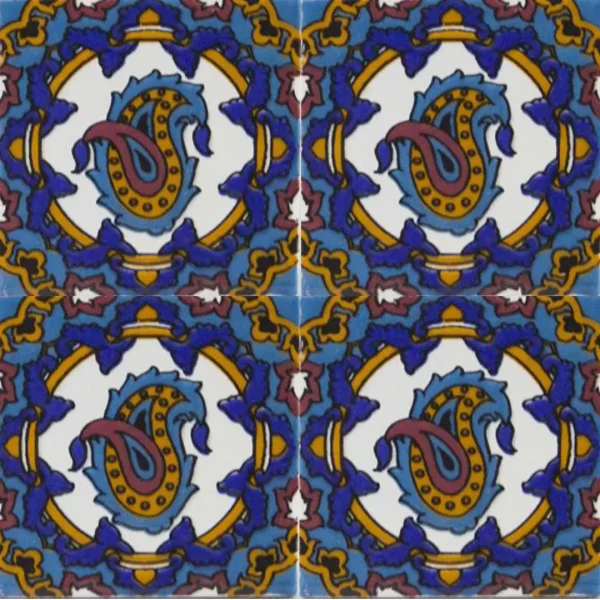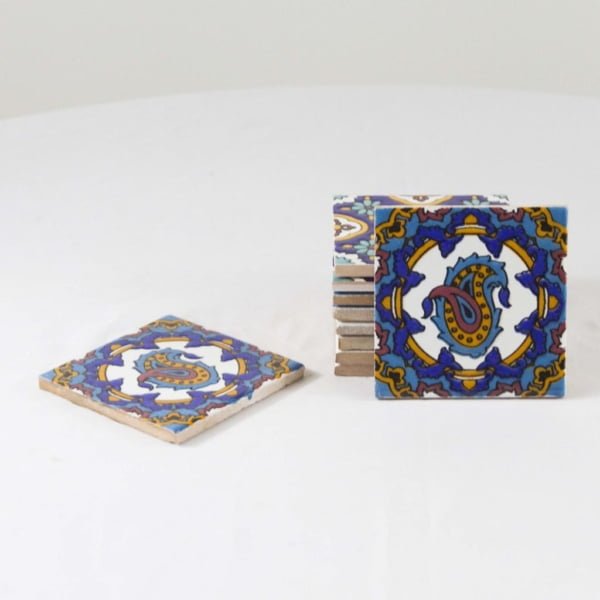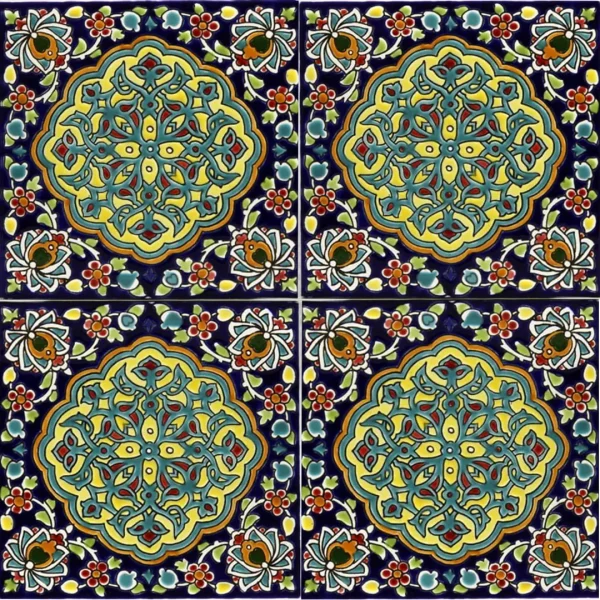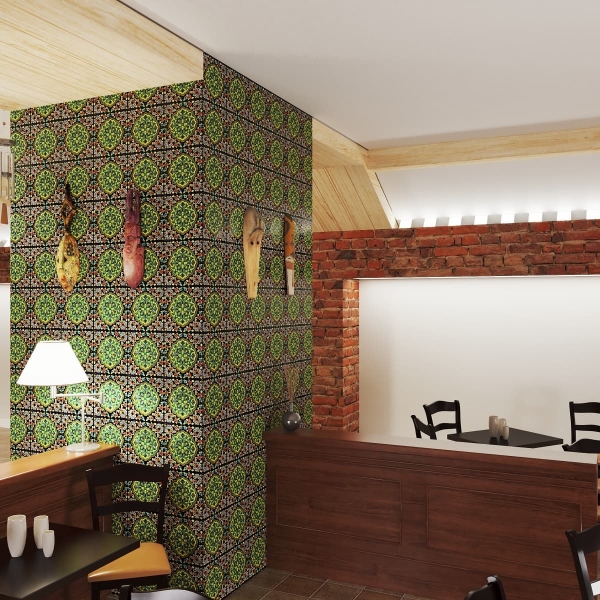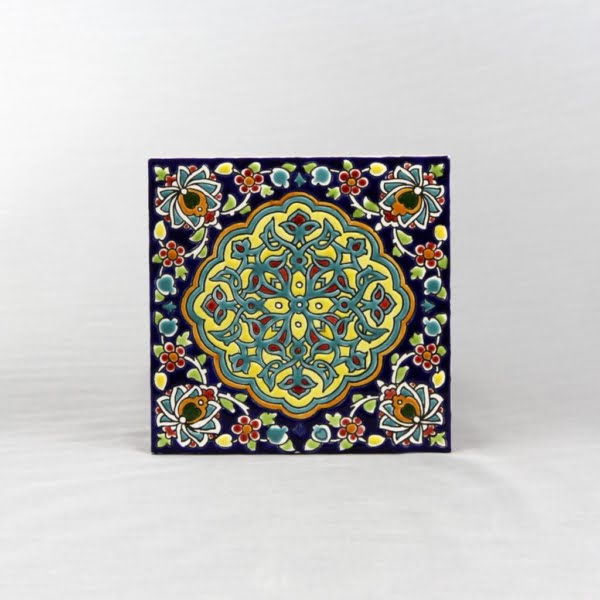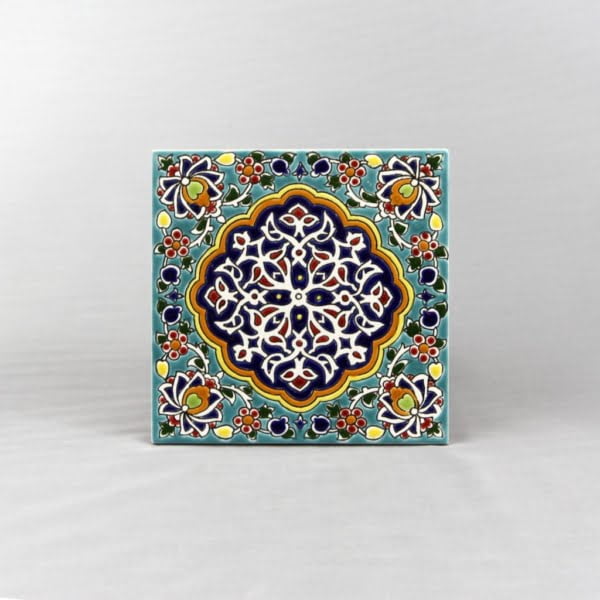Persian Tiles: A Journey Through Art, Culture, and Craftsmanship
Persian tiles, celebrated for their intricate designs and vibrant hues, hold a unique place in both ancient and modern architecture. From the regal structures of the Achaemenid Empire to contemporary home decor, these tiles tell the story of a rich cultural heritage. The beauty of Iranian tiles is not just in their look but in their craftsmanship—handmade pieces that fuse art, history, and innovation. In this guide, we’ll delve deep into the history, types, and patterns of Persian tiles, offering a comprehensive look into the world of Persian tile design and why they are a timeless addition to any space.
The Art of Persian Tile Design: A Historical Perspective
Ancient Origins of Persian Tile Crafting
The art of Persian tilework dates back thousands of years, with its roots firmly planted in ancient civilizations, particularly the Achaemenid Empire. These early forms of Iranian tiles were primarily used in palatial and religious structures, adding both beauty and prestige. Early examples feature earthy tones with geometrical motifs, laying the foundation for the Iranian ceramic tile industry that blossomed in later eras. The real transformation, however, came during the Islamic period when Persian mosaic patterns evolved to feature vibrant colors and more intricate designs. From religious inscriptions to abstract shapes, these tiles became central to mosque and shrine architecture, with Persian mosaic art becoming a trademark of Iranian art and cultural identity.
The Safavid Era: A Golden Age of Persian Mosaic Art
During the Safavid era, Persian tile designs reached new artistic heights. The brilliant shades of cobalt blue, turquoise, and gold began dominating the visual palette, with tiles featuring floral motifs, Arabic calligraphy, and symmetrical patterns that have been meticulously preserved through the centuries. One of the most prominent examples is the stunning Shah Mosque in Isfahan, where Iranian mosaic tiles turn the structure into a visual masterpiece. Tiles from this era, many of which have been preserved or are now considered antique Persian tiles, represent a harmonious blend of artistry, religion, and architecture. Today, these tiles can still be found for purchase as antique Iranian tiles for sale, offering collectors and designers the chance to bring a piece of history into their homes.
Types of Persian Tiles for Every Space
10×10 Persian Tiles: Small, Versatile, and Perfect for Interiors
One of the most popular dimensions for Persian tiles is 10×10 cm. These smaller tiles are particularly suitable for spaces like bathrooms, kitchens, and hallways, where intricate designs can come to life without overwhelming the area. Persian bathroom tiles often feature a combination of traditional floral patterns and modern minimalistic elements, allowing for both aesthetic and functional use. These tiles, with their compact size, can be arranged into complex Persian mosaic patterns that add depth and character to any interior. Whether you’re redesigning your bathroom or adding a touch of elegance to your kitchen, 10×10 Persian tiles offer both flexibility and beauty.
20×20 Persian Tiles: Bold Statements for Large Spaces
For those seeking a more dramatic look, 20×20 Persian tiles provide the perfect solution. These larger tiles are often used for exterior walls, courtyards, and grand interiors, creating a visual impact that is both bold and sophisticated. Persian mosaic tiles in this size are perfect for showcasing larger, more intricate Persian tile patterns, making them a popular choice for exterior decor and large-scale murals. Additionally, Persian kitchen tiles in this size can transform a simple kitchen into a space that reflects elegance and tradition. The larger canvas allows the intricate Persian mosaic design to shine, offering a luxurious feel to your home’s most functional space.
Persian Pattern Tiles: Artistic Masterpieces for Unique Interiors
Persian pattern tiles are renowned for their intricate designs and vibrant colors, offering endless possibilities for enhancing interior and exterior spaces. Drawing inspiration from traditional motifs such as flowers, birds, and geometric shapes, these tiles embody the essence of Persian artistry. The symmetry and complexity of Persian tile patterns not only make them visually striking but also serve as reflections of Islamic art and philosophy. Whether used to create a stunning Persian tile mosaic wall panel or as accent pieces in bathrooms and kitchens, Persian pattern tiles can transform any room into a work of art.
Persian Wholesale Tiles: Affordable and High-Quality for Large Projects
For larger renovation or construction projects, purchasing Persian wholesale tiles is an excellent option. Buying in bulk not only reduces the overall cost but also ensures consistency in design and color across all tiles, making them an attractive choice for architects and interior designers working on extensive projects. Persian wholesale tiles are available in a wide range of patterns, colors, and sizes, from traditional Persian mosaic tiles to contemporary designs that cater to modern aesthetics. By sourcing tiles wholesale, customers gain access to a larger selection of styles, often at a lower price per unit, making it easier to execute high-quality projects within budget.
The Significance and Value of Persian Tiles
Handcrafted Iranian Tiles: Unique and Timeless
What sets Persian tiles apart from other types of tiles is the exceptional craftsmanship behind each piece. Handmade Persian tiles are meticulously crafted by artisans, often using techniques that have been passed down through generations. Each tile is unique, with slight variations that add to their charm and authenticity. For those looking to add a truly one-of-a-kind touch to their space, handmade Iranian tiles are a perfect choice.
Antique Persian Tiles: Collectible Works of Art
For collectors and enthusiasts, antique Persian tiles are more than just decorative pieces—they are a tangible piece of history. These tiles, often sourced from architectural remnants of ancient Persian structures, hold immense historical and cultural value. Owning an antique Persian tile means owning a piece of history, a reflection of centuries of artistic evolution. Many of these antique Iranian tiles are available for sale online and in specialty stores, allowing modern collectors to bring the beauty and tradition of Iranian mosaic art into their homes.
Persian Tiles in Modern Design
Traditional Meets Contemporary: Persian Patterns for Modern Homes
In modern times, designers are increasingly blending traditional Persian mosaic designs with contemporary aesthetics. This fusion has led to the creation of tiles that feature both age-old patterns and modern color schemes, making them suitable for a wide range of interiors. Whether it’s a Persian tile mosaic wall panel or a series of Iranian roof mosaics, these tiles fit seamlessly into modern homes while retaining the charm of their rich historical origins.
Bulk Purchasing of Persian Tiles: Cost-Effective Solutions for Large Projects
For large-scale renovation or construction projects, purchasing Persian tiles wholesale offers significant cost advantages. Persian wholesale tiles are not only affordable but also available in a variety of designs, making them a practical option for architects and builders. Moreover, bulk purchases ensure uniformity in design and color, perfect for maintaining consistency in larger projects.
Persian Tiles FAQ:
- What are Persian tiles made of?
Persian tiles are typically made of ceramic or terracotta, often finished with intricate glaze patterns. - What are the most popular sizes for Persian tiles?
The most common sizes are 10×10 cm and 20×20 cm, although larger custom sizes are also available. - Can Iranian tiles be used in modern homes?
Absolutely! Many homeowners and designers incorporate Iranian tiles in kitchens, bathrooms, and even exterior designs for a touch of cultural elegance. - Are antique Persian tiles available for sale online?
Yes, you can find antique Persian tiles for sale through various online retailers and auction houses. - How do I clean Persian tiles?
Regular cleaning with a soft cloth and mild detergent is recommended to maintain the vibrancy of the tiles. - Are Persian tiles suitable for exterior use?
Yes, especially the larger 20×20 tiles, which are perfect for courtyards, patios, and exterior walls. - Where can I buy Persian tiles?
At Persis Collection, we offer a wide range of Persian tiles for sale, with guaranteed worldwide delivery. - What is the significance of Persian mosaic art?
Persian mosaic art is deeply tied to Islamic philosophy, representing harmony, symmetry, and spiritual concepts. - Can I get custom Persian tile designs?
Yes, many artisans offer custom designs, allowing you to create a unique tile pattern tailored to your space. - Why should I buy Persian tiles in bulk?
Bulk purchasing reduces costs and ensures uniformity across larger projects, making it a smart option for big renovations.






